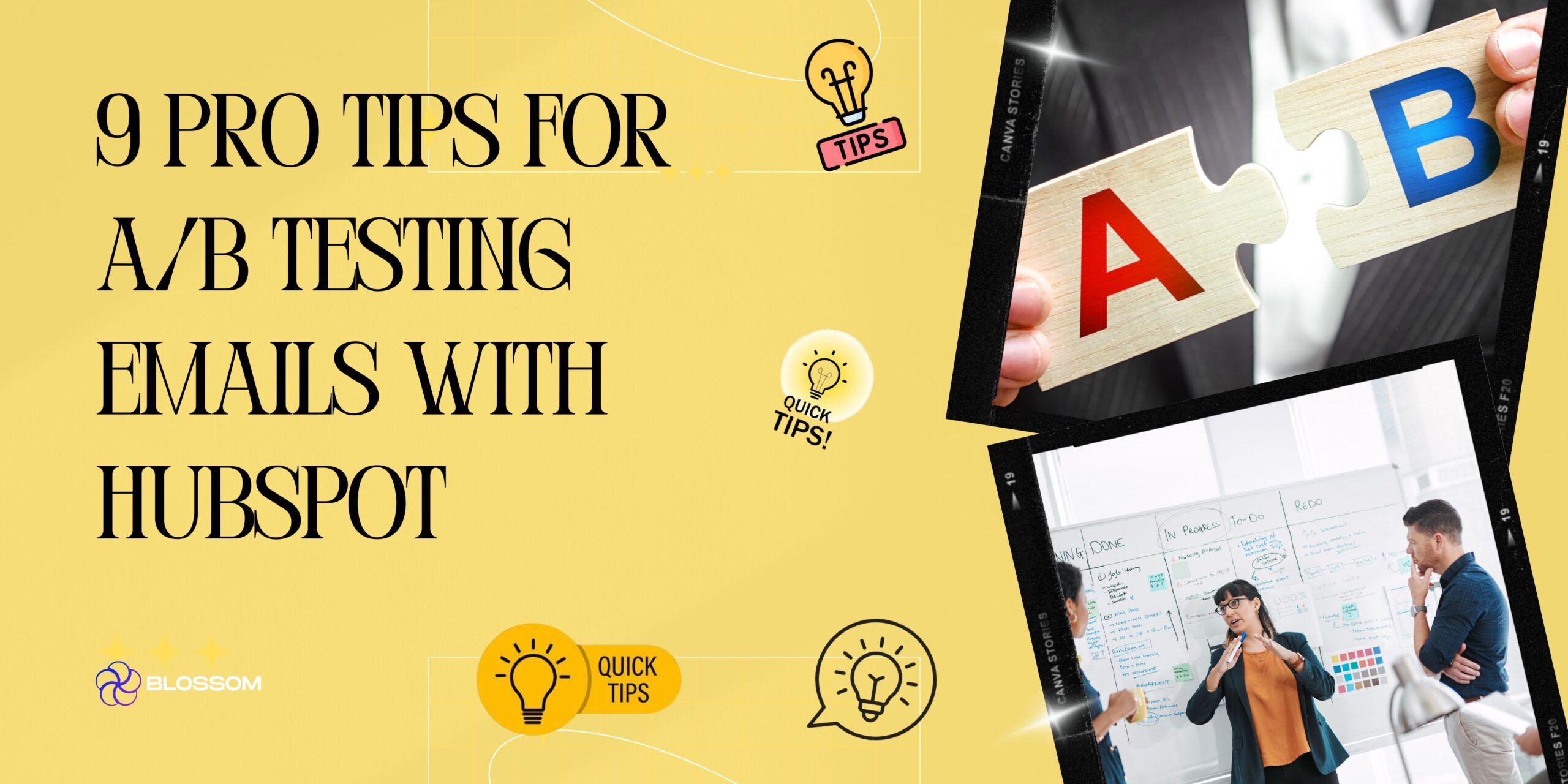Glossary
| Term | Definition |
|---|---|
| A/B Testing | A method of comparing two versions of an email to see which performs better. |
| Click-Through Rate (CTR) | The percentage of recipients who click a link in the email. |
| Conversion Rate | The percentage of recipients who complete a desired action, such as making a purchase. |
| HubSpot | A marketing and CRM platform used for email campaigns and automation. |
| Open Rate | The percentage of email recipients who open a given email. |
| Segmentation | Dividing your email list into smaller groups based on specific criteria. |
| Statistical Significance | A measure that determines whether the result of a test is likely due to chance or a specific variable. |
| Subject Line | The line of text displayed in an inbox that encourages the recipient to open the email. |
| Call-to-Action (CTA) | A prompt in the email that encourages the user to take an action such as “Shop Now.” |
| Email Variation | A different version of the same email used in an A/B test. |
Introduction: Why A/B Testing Still Dominates Email Strategy
Despite changing privacy rules, algorithm updates, and shifting customer behaviors, one tactic remains irreplaceable in email marketing: A/B testing. Done right, it doesn’t just improve metrics—it uncovers the psychology of your audience.
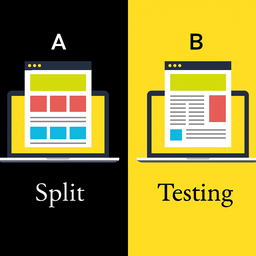
If you’re using HubSpot, you’re already equipped with one of the most powerful platforms for A/B testing. But tools don’t drive results—strategy does. This guide shows you how to make HubSpot work harder for your email marketing through targeted, statistically sound A/B testing.
The HubSpot Email A/B Testing Framework
1. Define Your Test Objective
Don’t start with a template. Start with a question:
- Do I want to improve open rates?
- Increase CTR?
- Boost revenue per email?
Common Goals & Matching Variables:
| Goal | Test Variable |
|---|---|
| Improve Open Rate | Subject line, sender name |
| Increase Click-Through | CTA text, image, button color |
| Reduce Unsubscribes | Content tone, email frequency |
| Raise Conversion Rate | Offer type, landing page URL |
Start with ONE goal. Make it measurable.
2. Choose One Variable to Test
A/B testing fails when you try to test everything at once. Here are high-impact variables to prioritize:
| Element | Examples |
|---|---|
| Subject Line | Personalized vs. generic |
| CTA Button | “Buy Now” vs. “View Offer” |
| Email Layout | Image first vs. text first |
| Send Time | Morning vs. evening |
| Offer Type | Discount vs. free shipping |
Only test one of these at a time per campaign. Document your hypothesis: “If we use a first-person CTA, we expect a higher CTR.”
3. Segment & Randomize Your Audience
Split your audience into random but equal segments. HubSpot allows easy automation here:
- Version A: 50%
- Version B: 50%
- Optional: Send the winning version to the remaining list.
Pro Tip: Ensure both segments have similar list health (e.g., open history, engagement recency) for an accurate comparison.
4. Determine Sample Size & Significance Threshold
HubSpot’s built-in calculator helps, but here’s a quick rule:
- Under 10,000 recipients? Test with 50%, send the winner to the rest.
- Over 10,000? You can test with 10–30% and expand from there.
Aim for 95% confidence level in your results—meaning you’re 95% sure the winning variation didn’t win by chance.
5. Set the Right Duration
Timing can skew results. Let your test run long enough:
| Campaign Type | Minimum Test Duration |
|---|---|
| Flash Sale | 24 hours |
| Evergreen Campaign | 3–5 days |
| Weekly Newsletter | 48–72 hours |
Use HubSpot’s duration settings to enforce consistency.
6. Track the Right Metrics in HubSpot
Here’s what to track based on your objective:
| Metric | When to Use |
|---|---|
| Open Rate | Testing subject lines or sender names |
| CTR | Testing CTAs or images |
| Revenue Per Email | Direct sales-oriented emails |
| Click-to-Open Rate | Validates email content quality |
HubSpot’s visual reporting helps you monitor trends, not just isolated wins.
7. Analyze Results with Context
Once your test ends, don’t just declare a winner. Ask:
- Was the margin of improvement statistically significant?
- Did this result match previous tests?
- What user behavior did this variation tap into?
Document your results. Add learnings to your email strategy database.
8. Apply and Retest
Winning subject line? Great—test a variant.
Better click-through with button A? Now test its placement or color.
Turn isolated wins into systemic improvements by folding them into your global strategy.
9. Use A/B Testing Across the Funnel
Beyond just marketing emails, test:
- Transactional Emails: Order confirmations, shipping alerts
- Re-engagement Campaigns: Win-back offers, surveys
- Lead Nurturing: Education series, trial extension promos
Every email is an opportunity to learn and optimize.
FAQs: A/B Email Testing in HubSpot
Q1: How long should I run an A/B test?
At least 24 hours for basic tests. For high-stakes campaigns or large segments, run for 3–5 days.
Q2: How do I choose what variable to test?
Start with what aligns to your main metric: subject lines for open rates, CTAs for click-through, and so on.
Q3: What’s the ideal sample size?
Use 10-50% depending on your total list. Larger lists allow smaller samples.
Q4: Can I A/B test multiple variables at once?
Not recommended unless you’re running a multivariate test. Stick to one variable per test for clarity.
Q5: What if my test shows no clear winner?
You may need a larger sample or a more pronounced difference in variables. Try again with sharper contrasts.
Q6: How often should I A/B test?
Continuously. Test something new in every campaign—email subject, design, CTA, or send time.
Final Thoughts
A/B testing isn’t just a technical feature—it’s a mindset. In a competitive email landscape, the brands that win are the ones who test, learn, and improve relentlessly.
HubSpot makes it easy to set up, execute, and analyze tests, but it’s your strategy that turns data into results.
Need help setting up a winning A/B strategy? Blossom Ecom specializes in data-driven email marketing for Shopify and DTC brands. Let’s build your next best campaign.
Need help implementing this?
Let us take the hassle of managing your email marketing channel off your hands. Book a strategy call with our team today and see how we can scale your revenue, customer retention, and lifetime value with tailored strategies. Click here to get started.
Curious about how your Klaviyo is performing?
We’ll audit your account for free. Discover hidden opportunities to boost your revenue, and find out what you’re doing right and what could be done better. Click here to claim your free Klaviyo audit.
Want to see how we’ve helped brands just like yours scale?
Check out our case studies and see the impact for yourself. Click here to explore.
| Tactic | Strategy |
| ✅ Front-load urgency | Use action words like “Today only,” “Limited,” “Your order is waiting” |
| ✅ Subject line clarity | Be specific. Skip vague copy like “Here’s something for you…” |
| ✅ Content relevance | Only send what the subscriber actually cares about. Personalize. |

Read Our Other Blogs

Personalizing Push Notifications for Better Retention Outcomes


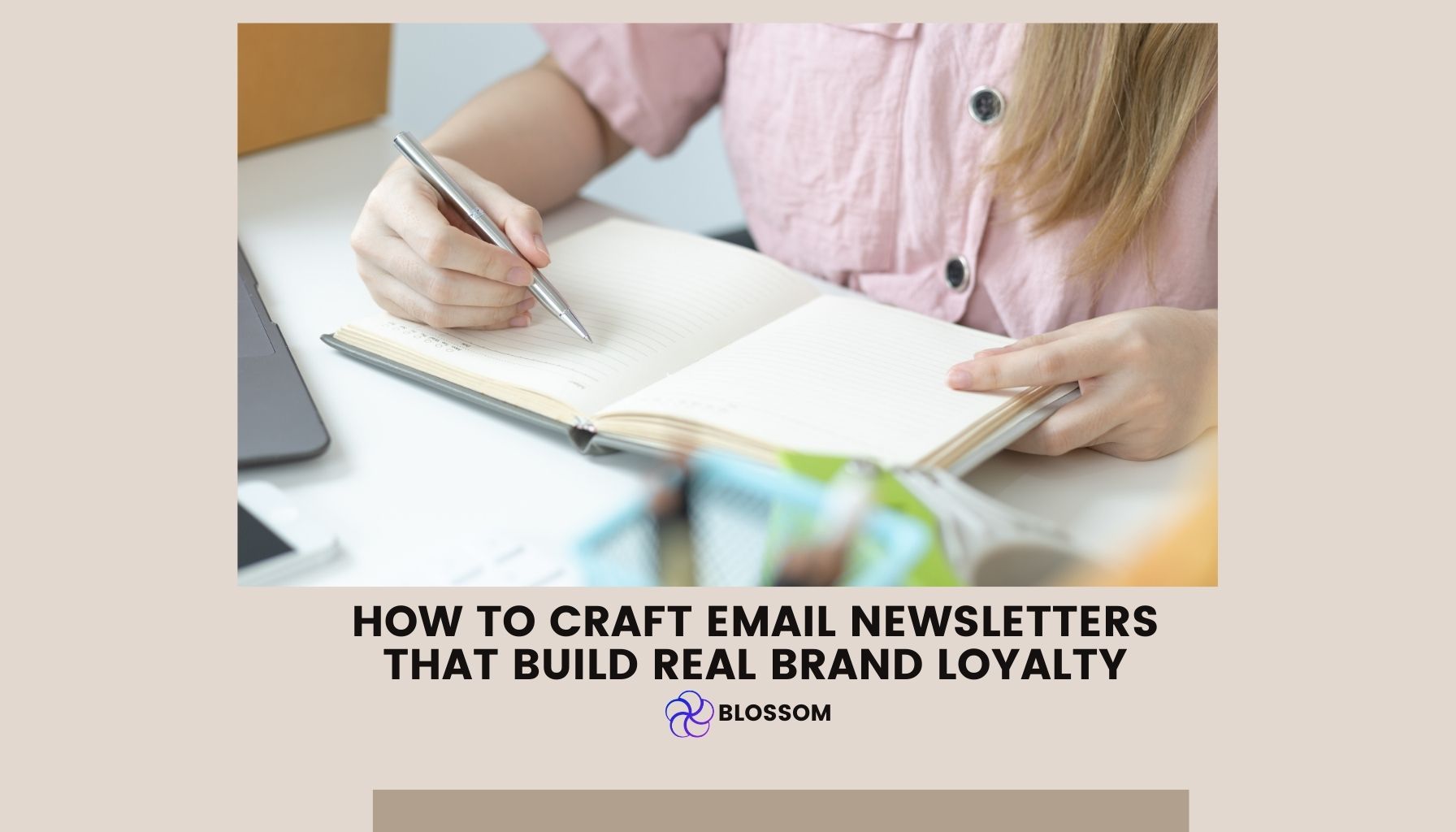
How to Craft Email Newsletters That Build Real Brand Loyalty


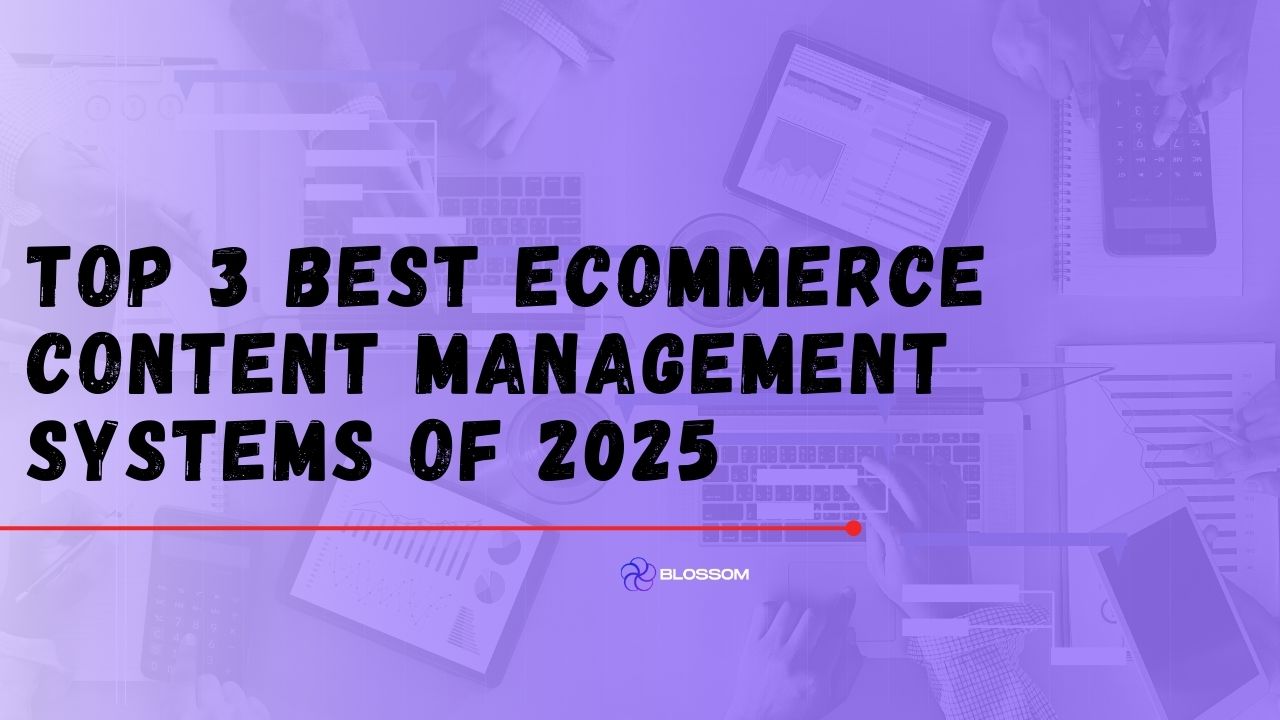
Top 3 Best eCommerce Content Management Systems of 2025



Personalizing Push Notifications for Better Retention Outcomes



How to Craft Email Newsletters That Build Real Brand Loyalty



Top 3 Best eCommerce Content Management Systems of 2025



Email Marketing vs. Social Media: Which One Should Your Brand Focus On?



Attract More Customers: Which Videos to Use in Your Email Marketing and Why



8 eCommerce Customer Service Mistakes You NEED to Stop Making (Like, Yesterday)


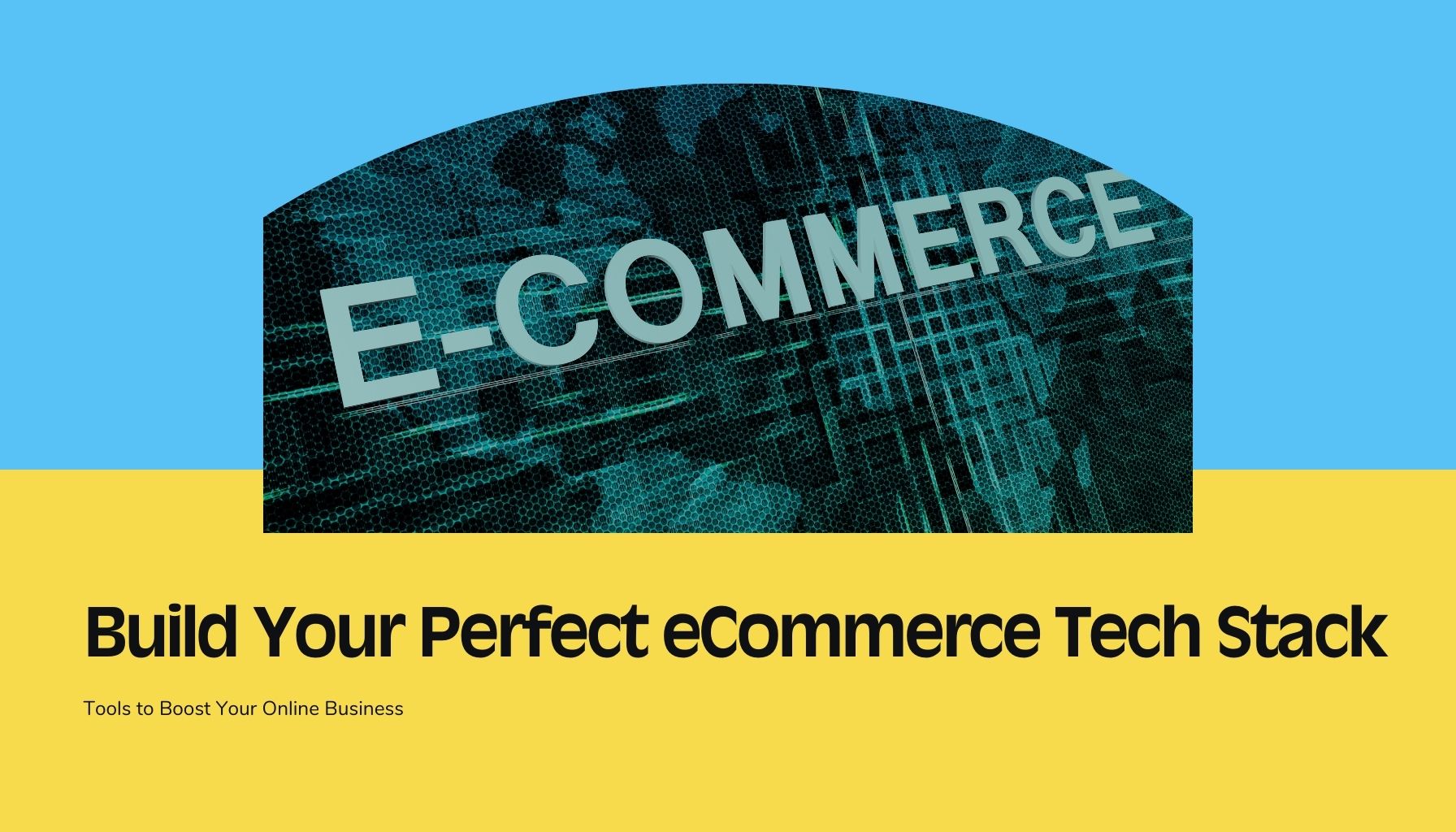
Creating The Perfect E-Commerce Tech Stack



Types of Content eCommerce Brands Need in Their Marketing Mix


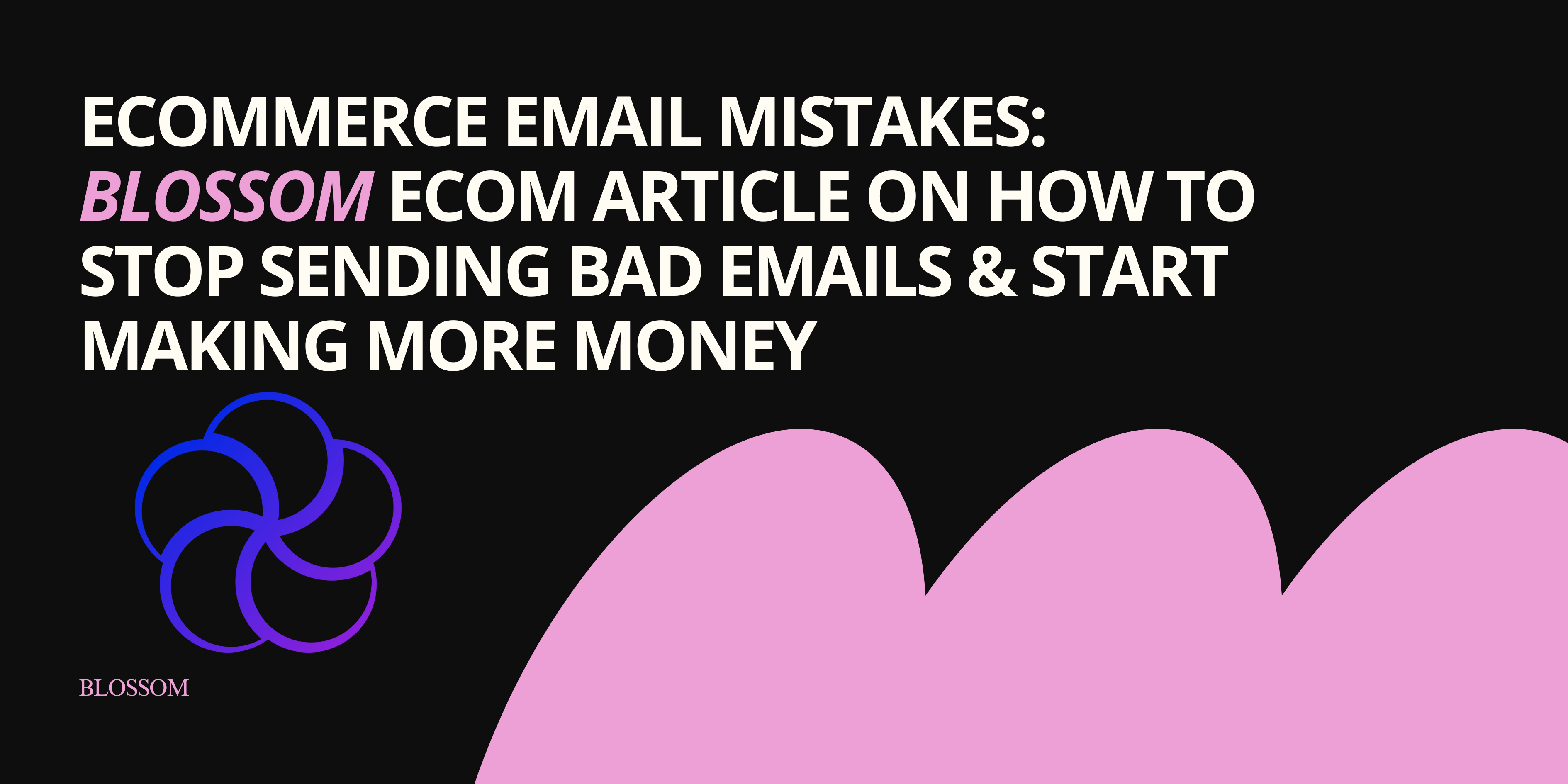
Ecommerce Email Mistakes: Blossom Ecom Article on How to Stop Sending Bad Emails & Start Making More Money



Boost Your Bottom Line: The Ultimate Guide to Integrating Website and Email Strategies for Your eCommerce Business


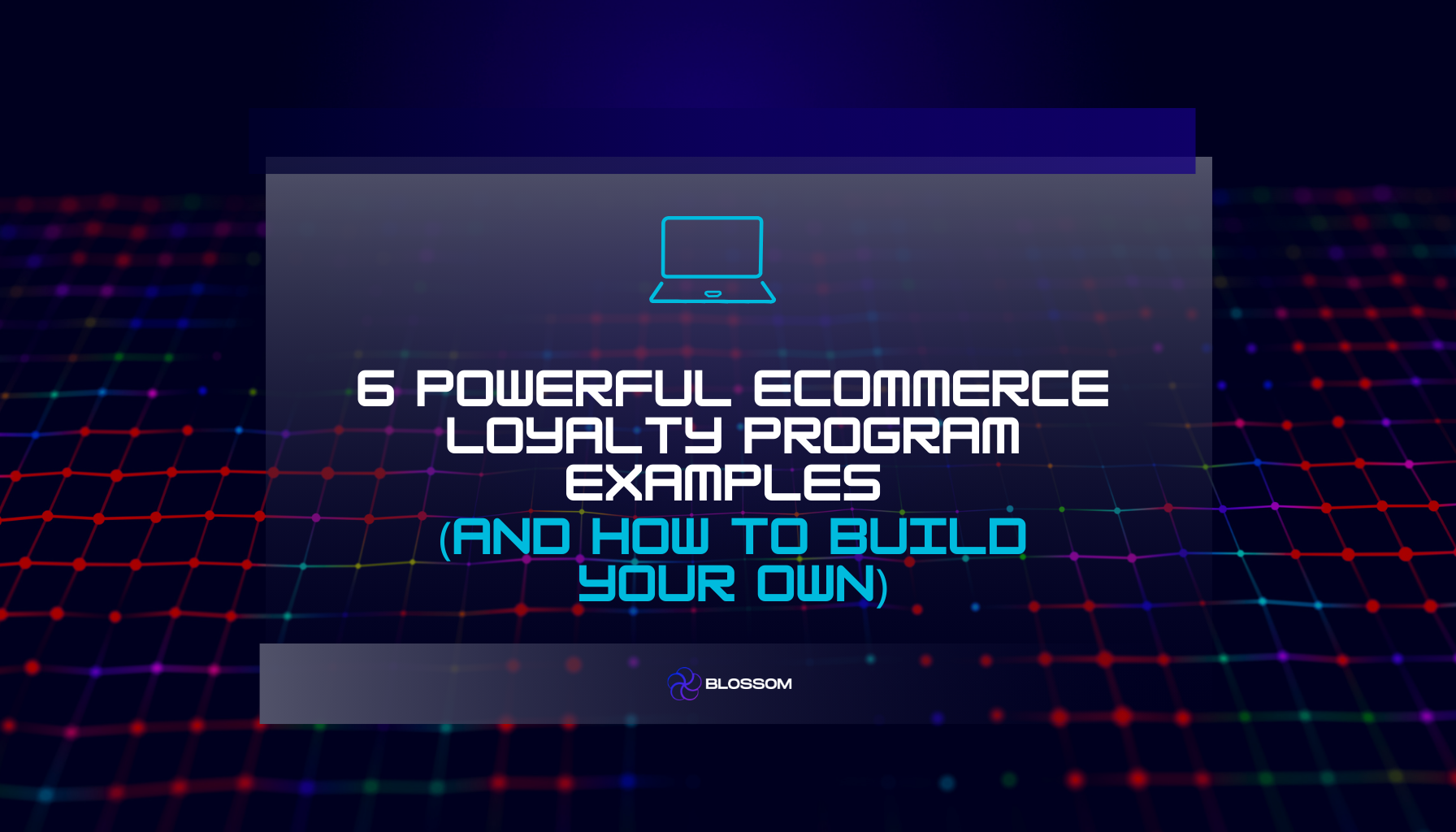
6 Powerful Ecommerce Loyalty Program Examples (and How to Build Your Own)


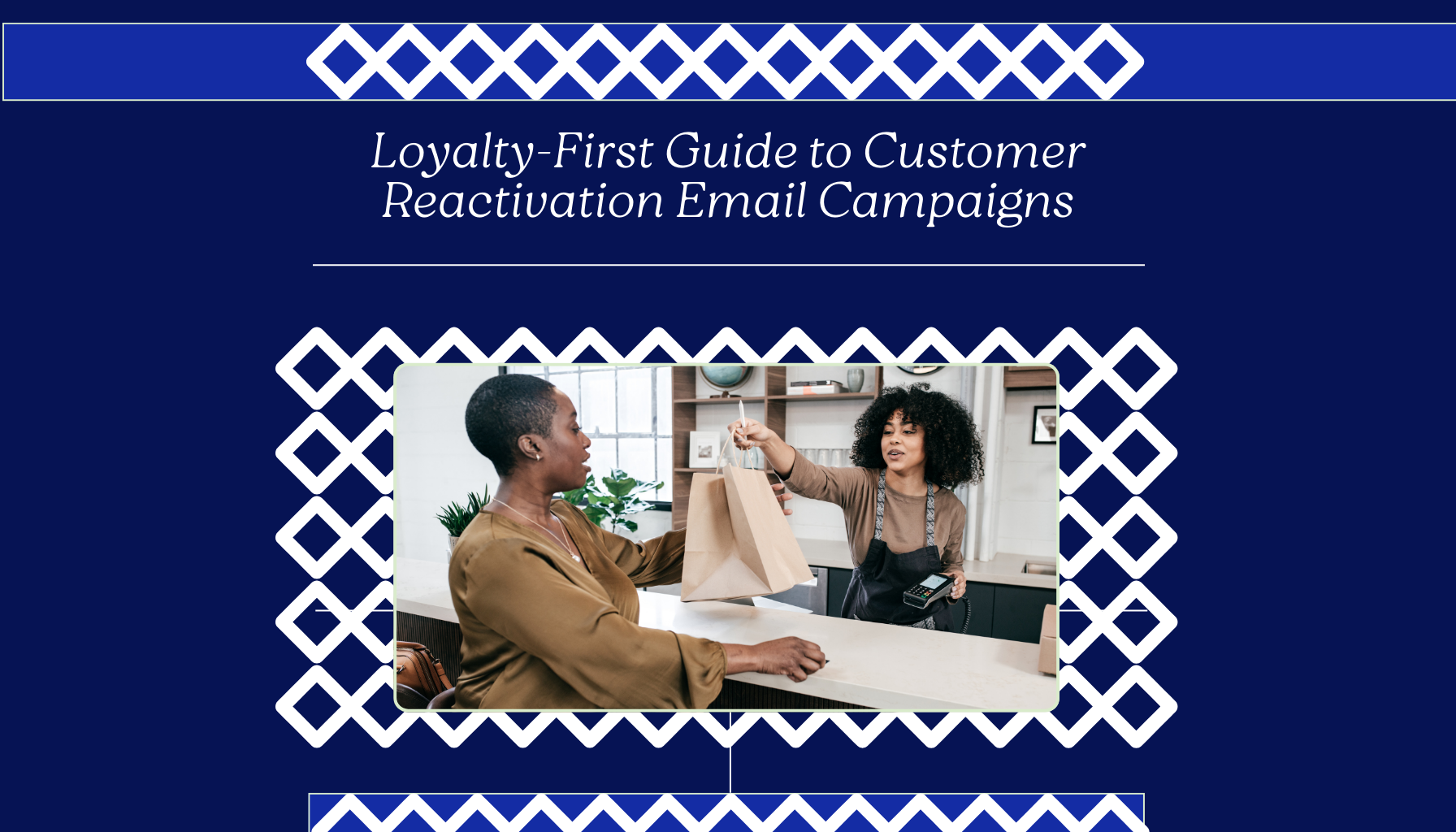
Loyalty-First Guide to Customer Reactivation Email Campaigns


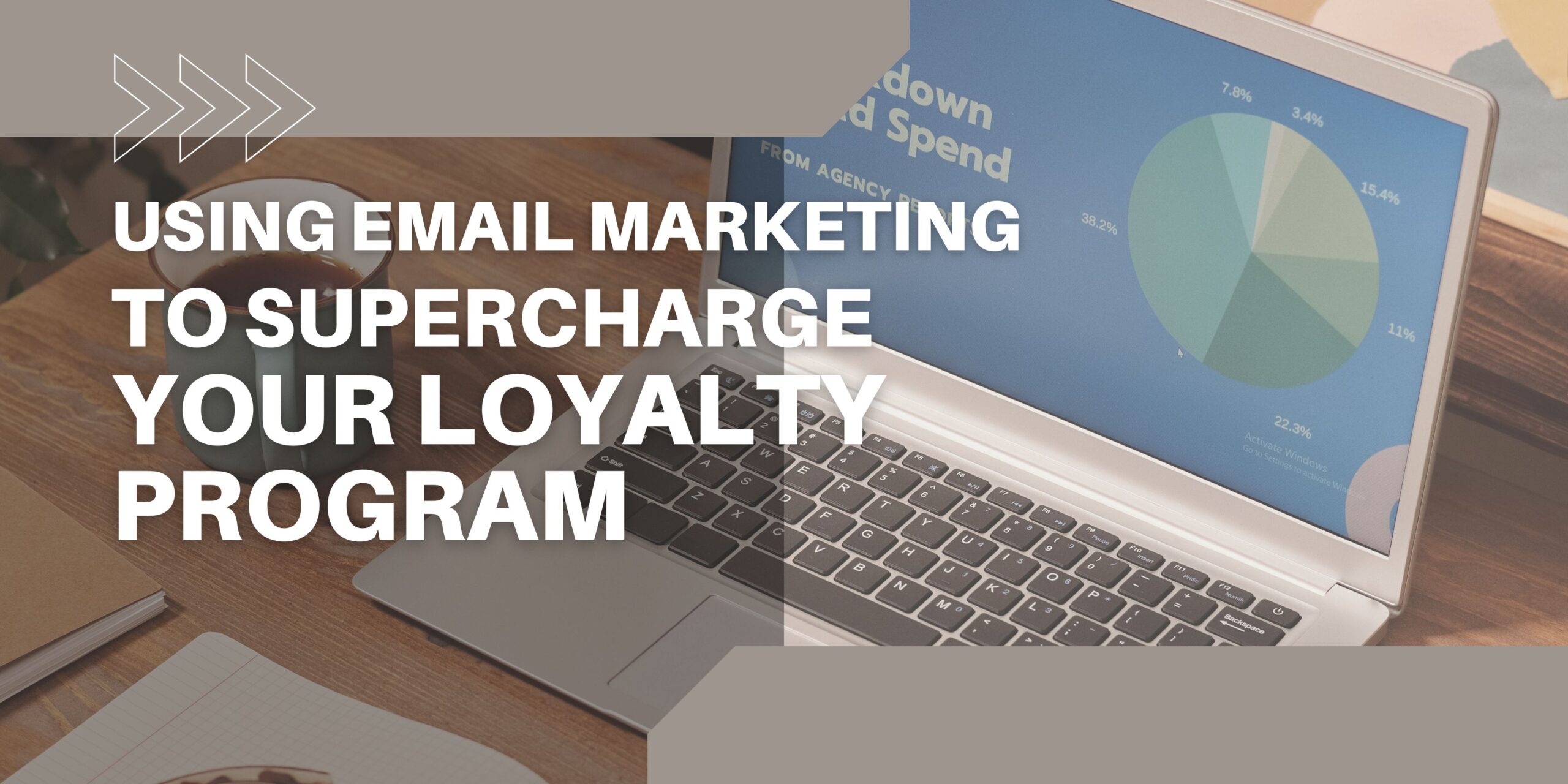
Using Email Marketing to Supercharge Your Loyalty Program



Unpacking Brand and Conversion in E-Commerce Design



13 Scary E-Commerce Mistakes (and How to Avoid Them)


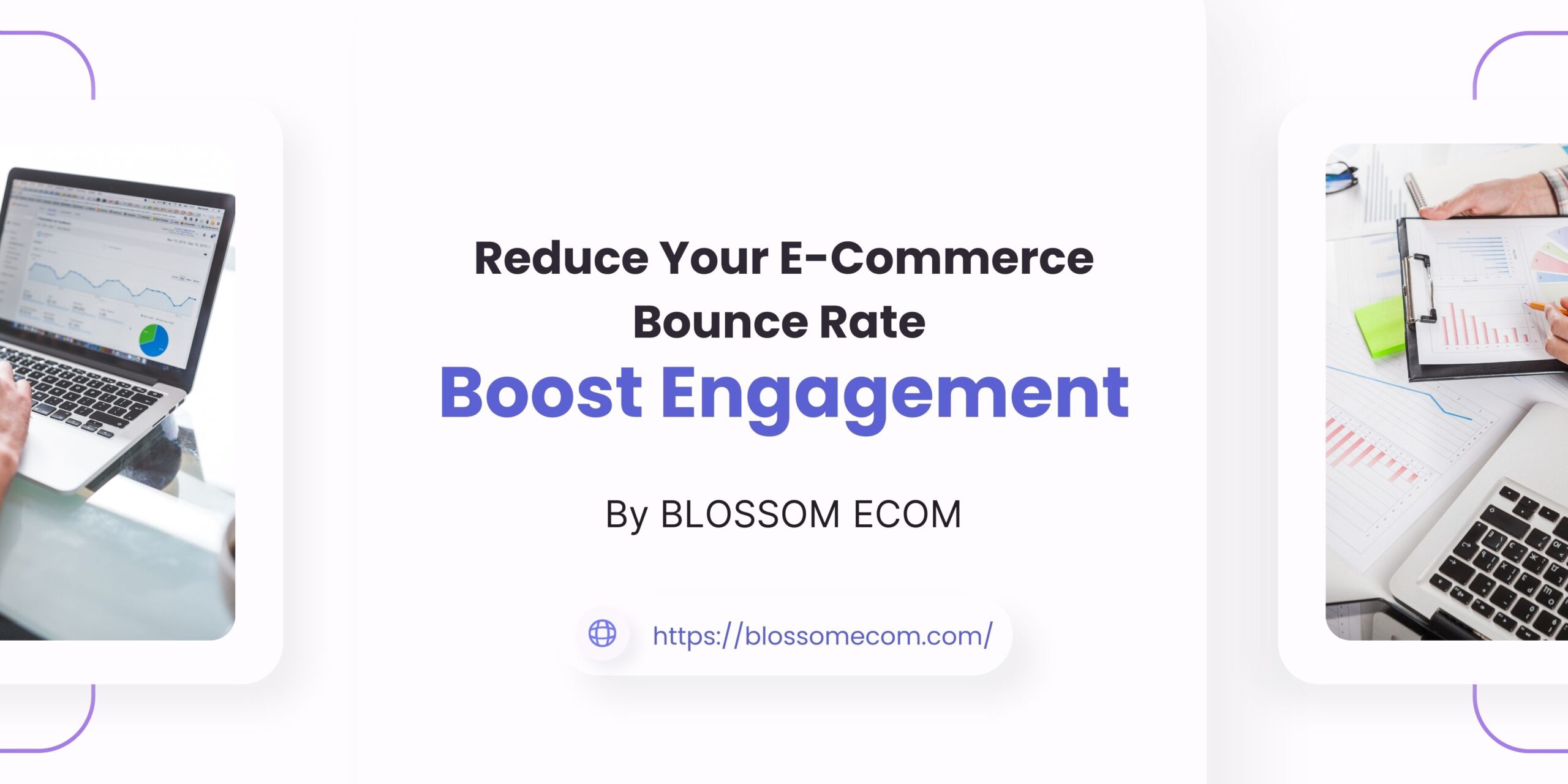
How to Reduce Your E-Commerce Bounce Rate and Boost Engagement


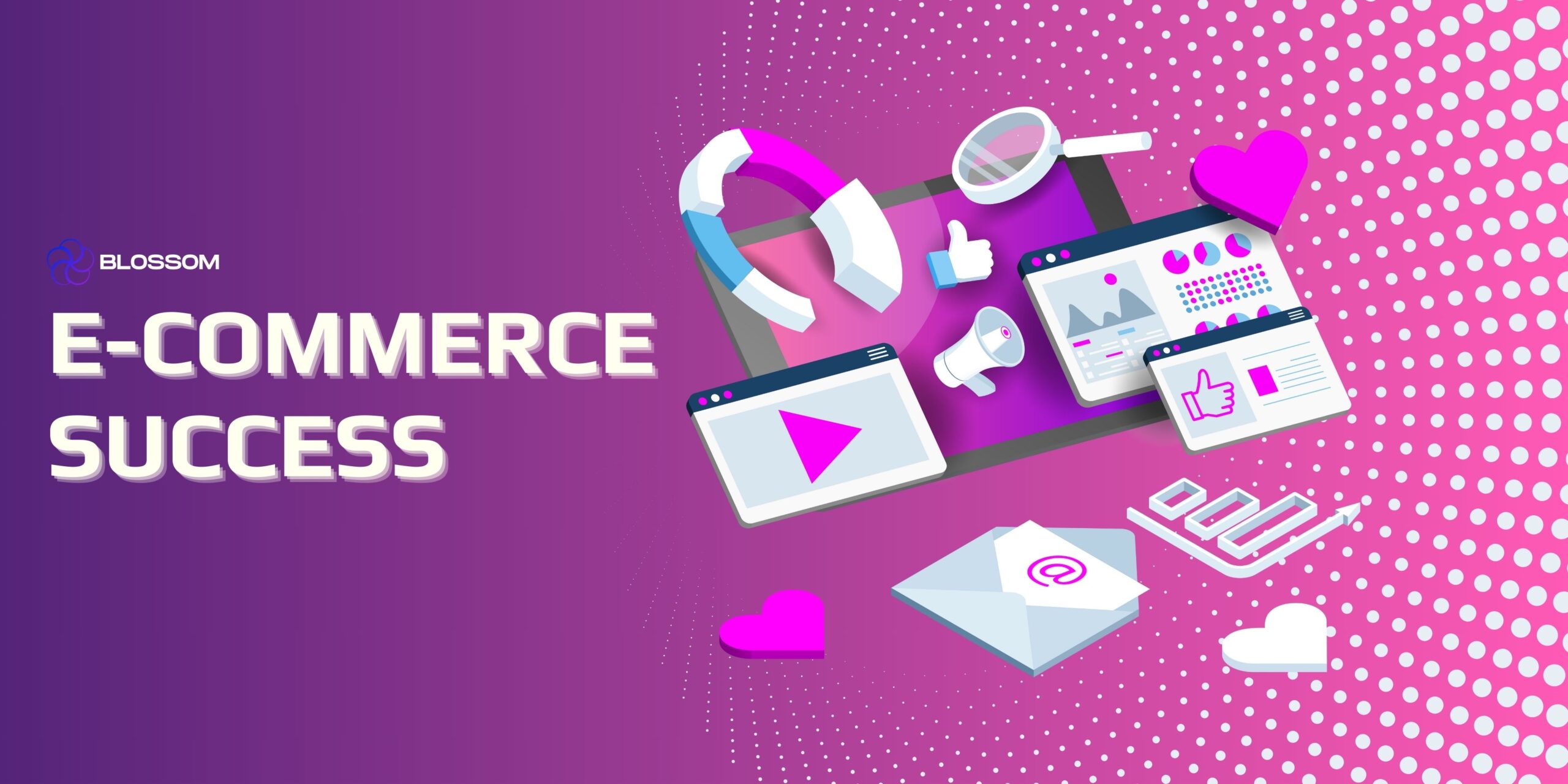
Combining Content and Commerce for E-Commerce Success



Email Marketing Tips + Trends



E-Commerce Returns Analysis & Crafting a Profitable Returns Policy



AI and Email Marketing: The Future is Here



How to Skyrocket Your Email Open Rates and Click-Through Rates


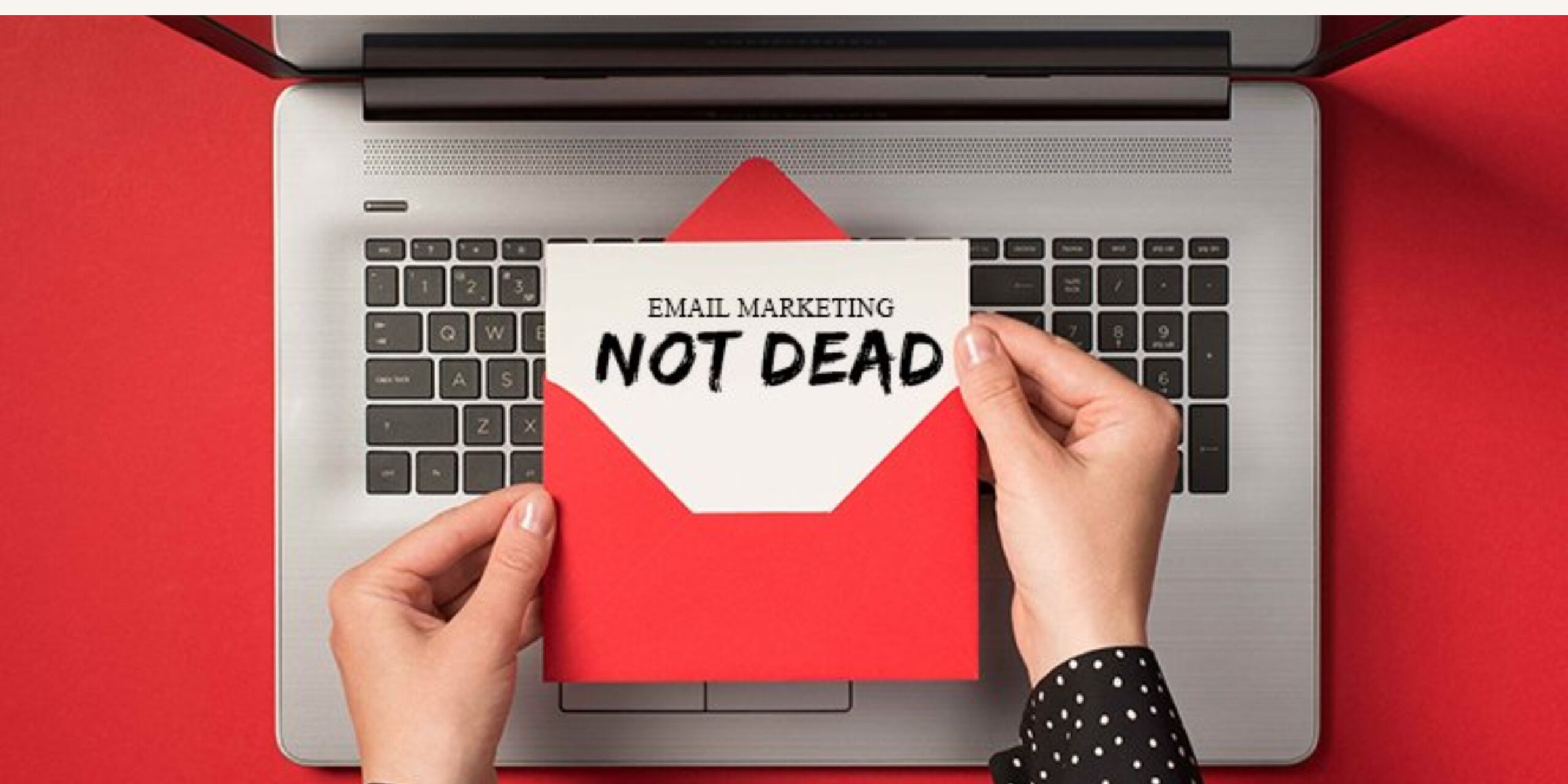
Email Isn’t Dead: 4 Reasons It’s Still a Digital Marketing Powerhouse


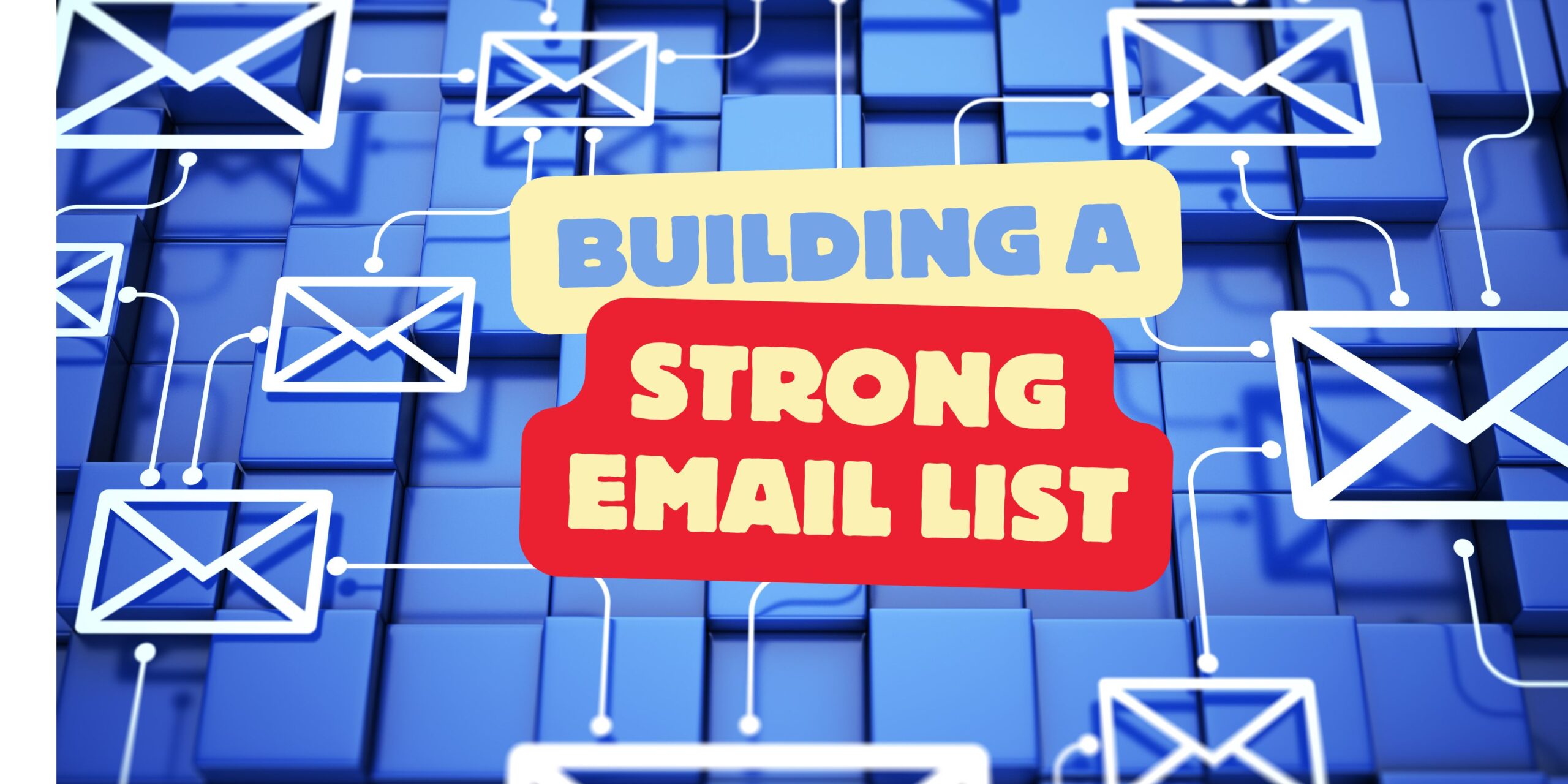
Email Marketing Series – #3: Building a Strong Email List


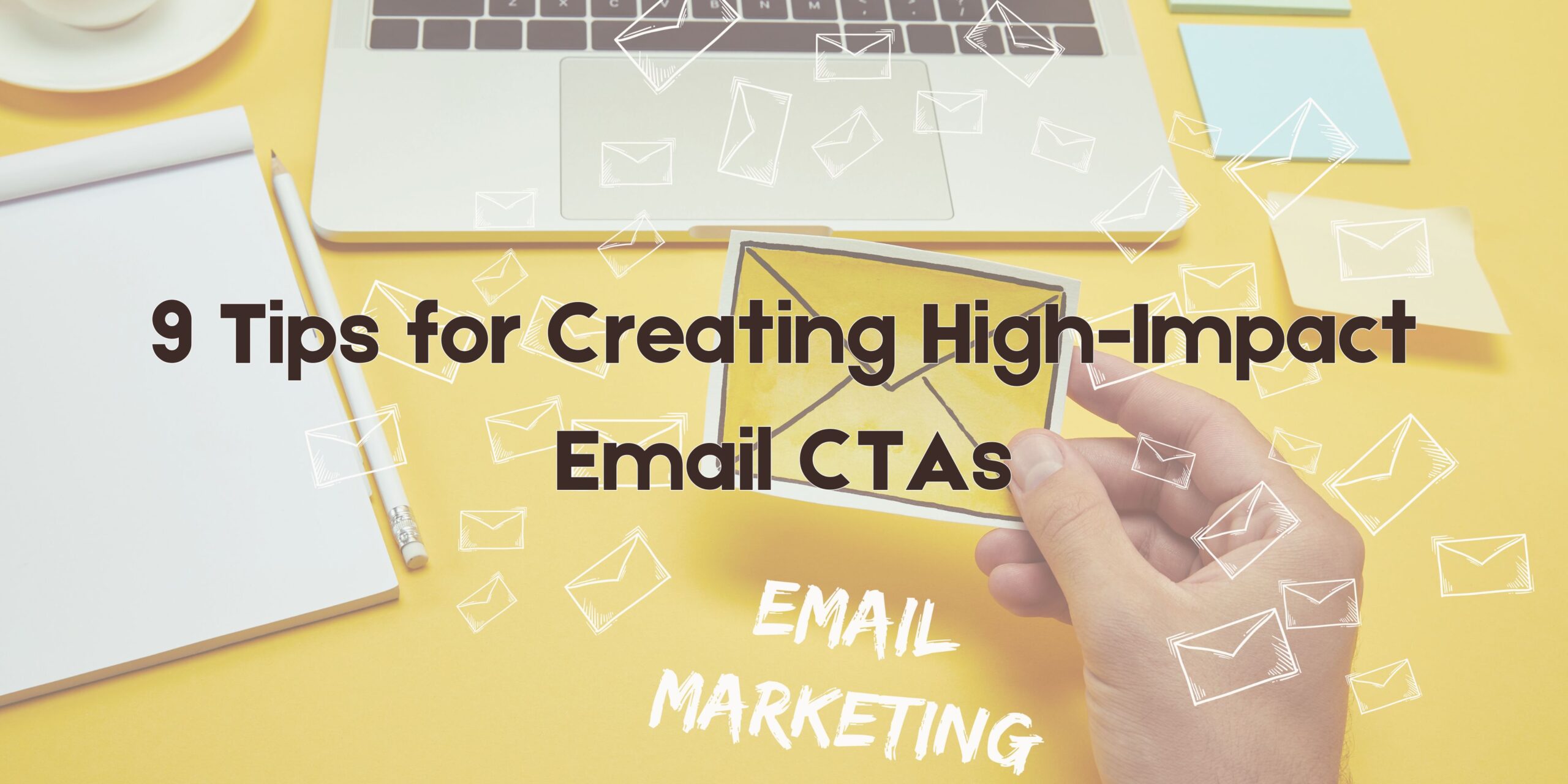
Email Marketing Series – #4: 9 Tips for Creating High-Impact Email CTAs


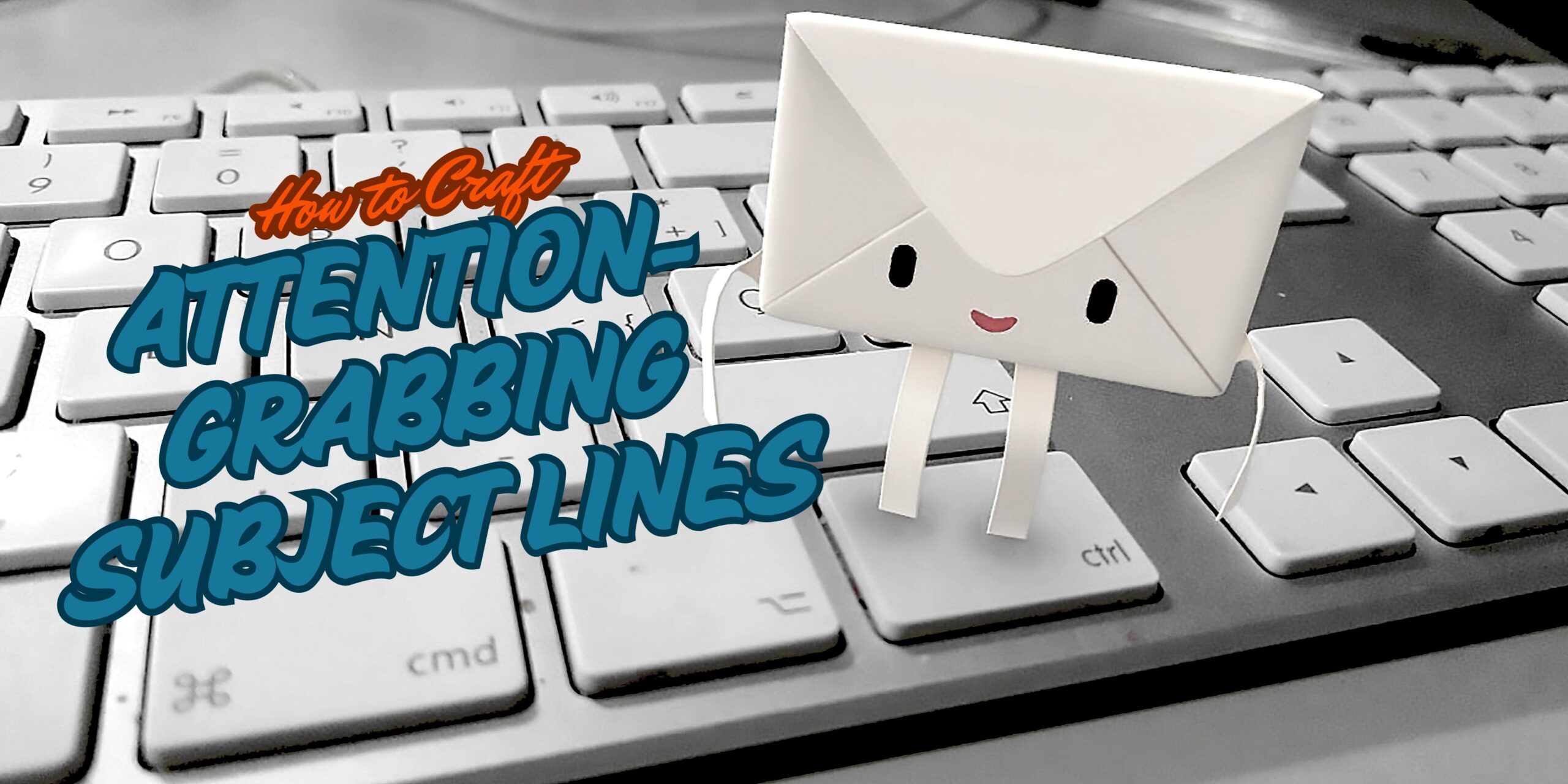
Email Marketing Series – #2: How to Craft Attention-Grabbing Subject Lines



Email Marketing vs. Social Media Marketing — Which Should I Use?


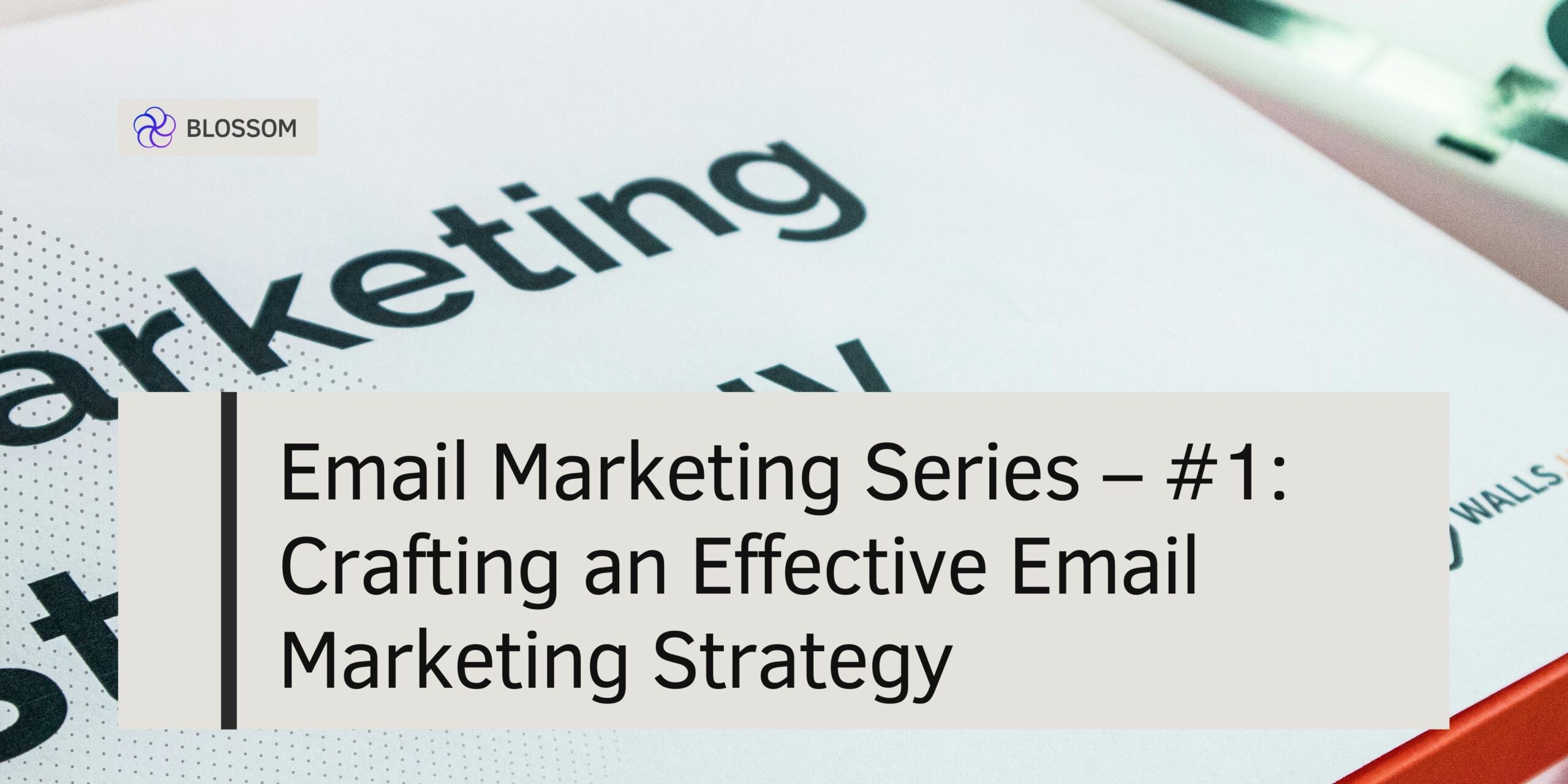
Email Marketing Series – #1: Crafting an Effective Email Marketing Strategy


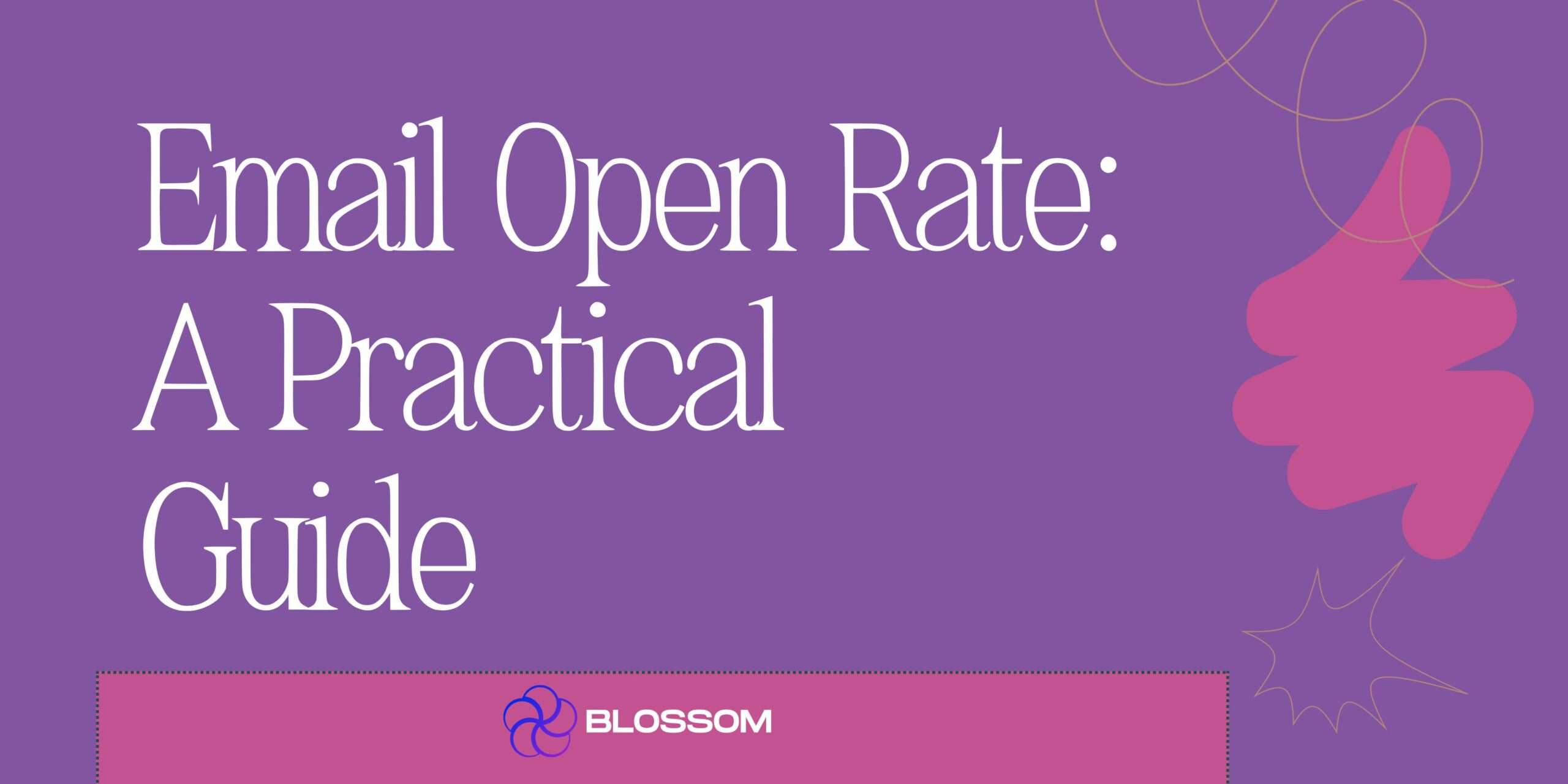
Email Open Rate: A Practical Guide


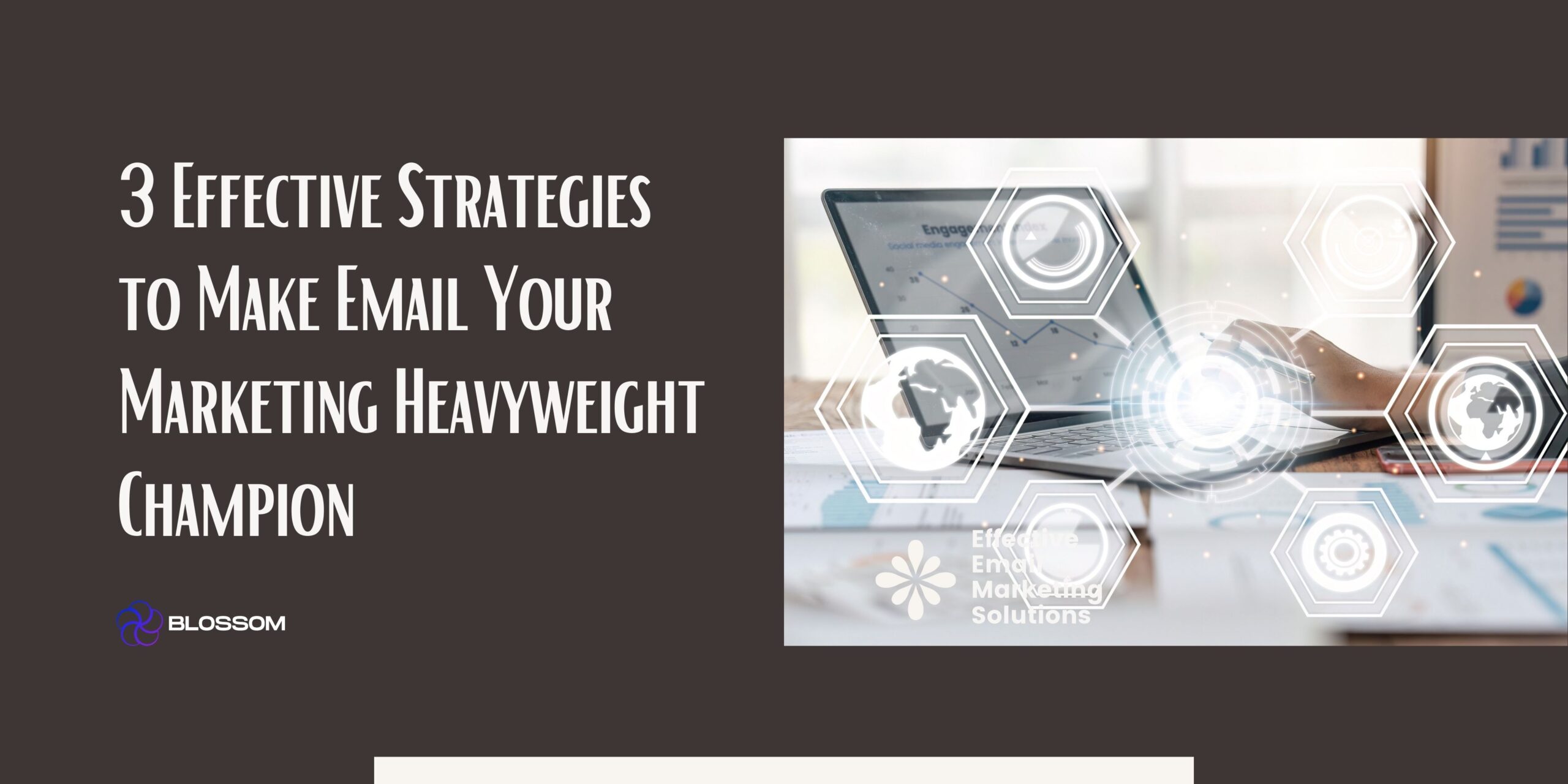
3 Effective Strategies to Make Email Your Marketing Heavyweight Champion



How to Attract New Leads with Video in Your Email Marketing



How to Determine the Profitability of Your eCommerce Website



Multi-Channel eCommerce: The Key to Growing Your Online Business



Understanding eCommerce Conversion Rate & Optimization



How to Optimize Your eCommerce Website for More Conversions



Top 3 eCommerce and Digital Marketing Trends for 2025



Optimizing Your Email Marketing Strategy: A/B Testing Explained



35 Eye-Opening Email Marketing Stats You Need to Know


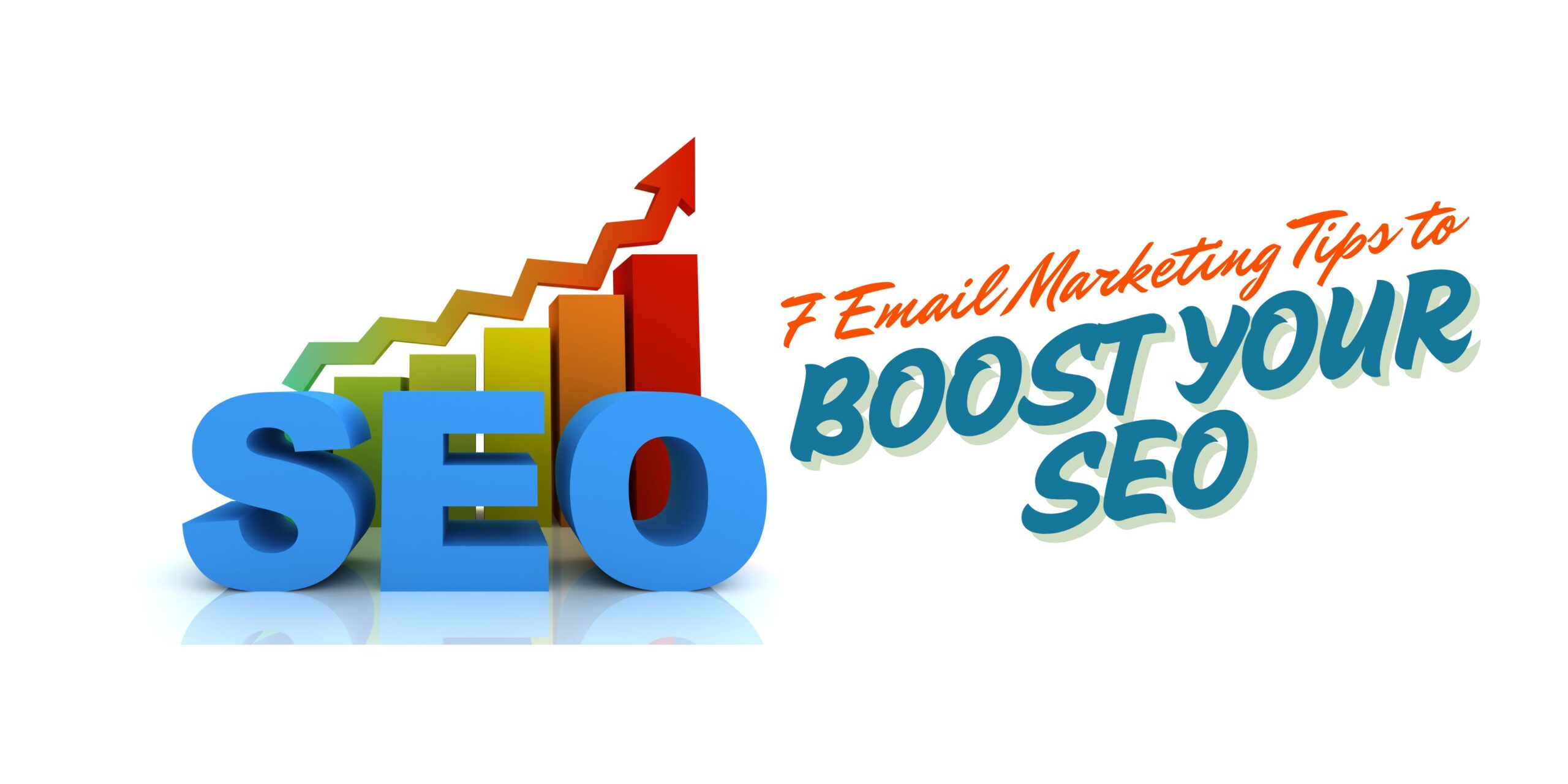
7 Email Marketing Tips to Boost Your SEO


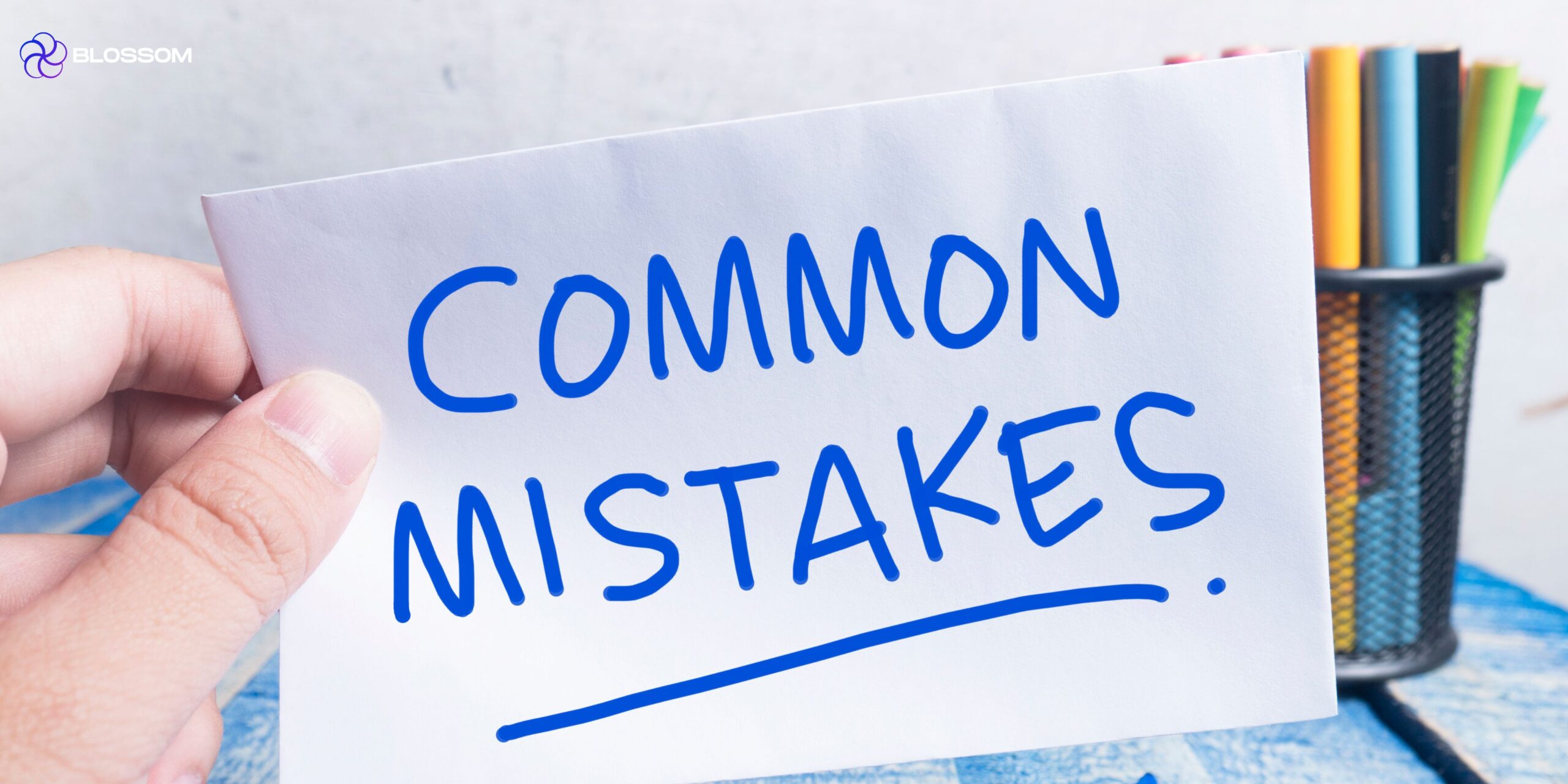
11 Common Email Marketing Mistakes That Are Tanking Your Conversions (And How to Fix Them)


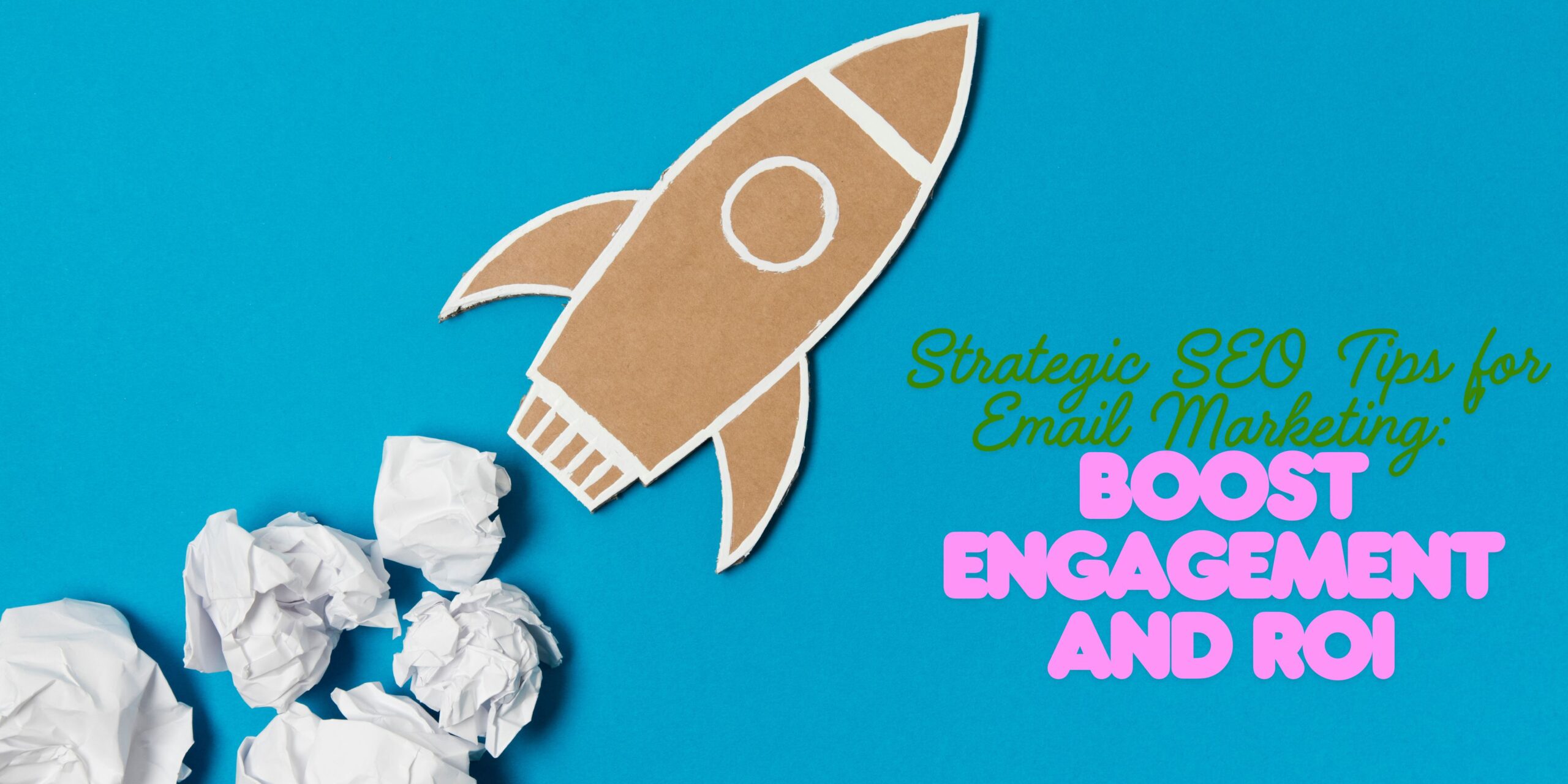
Strategic SEO Tips for Email Marketing: Boost Engagement and ROI



How to Measure and Increase Email Marketing ROI (Plus Templates That Convert!)



Do Lifecycle Email Campaigns Really Drive Conversions? Here’s What We Found



How to Use Remailing in Your Email Marketing Strategy



B2B Email Marketing: Building Relationships and Converting Leads



Core Email Marketing Flows: 2025 Essentials for Shopify


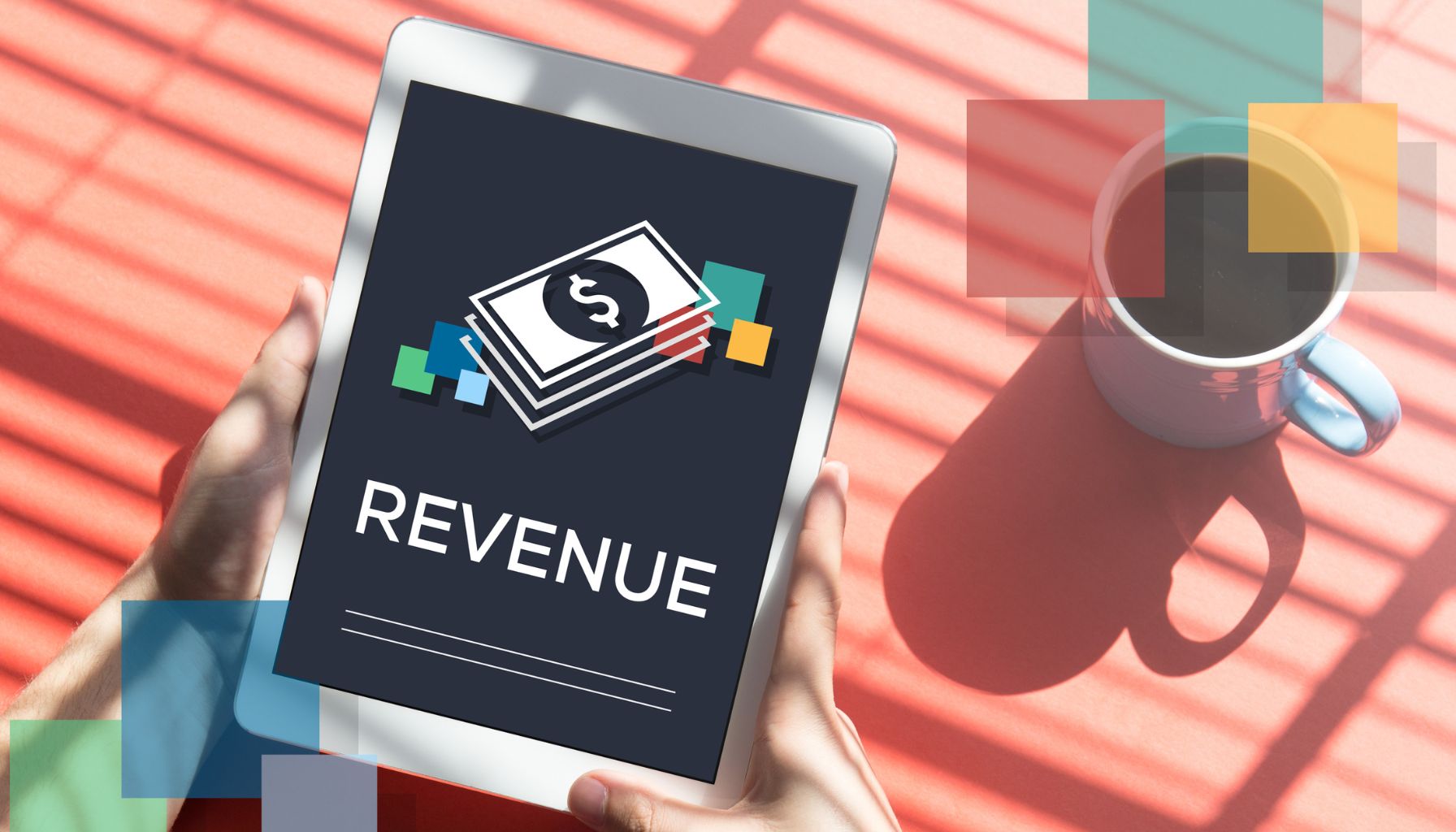
Top 5 Revenue-Generating Email Marketing Journeys (Straight from a Klaviyo Partner Agency)



The Long and the Short of It: Getting to “Yes” with Email Marketing


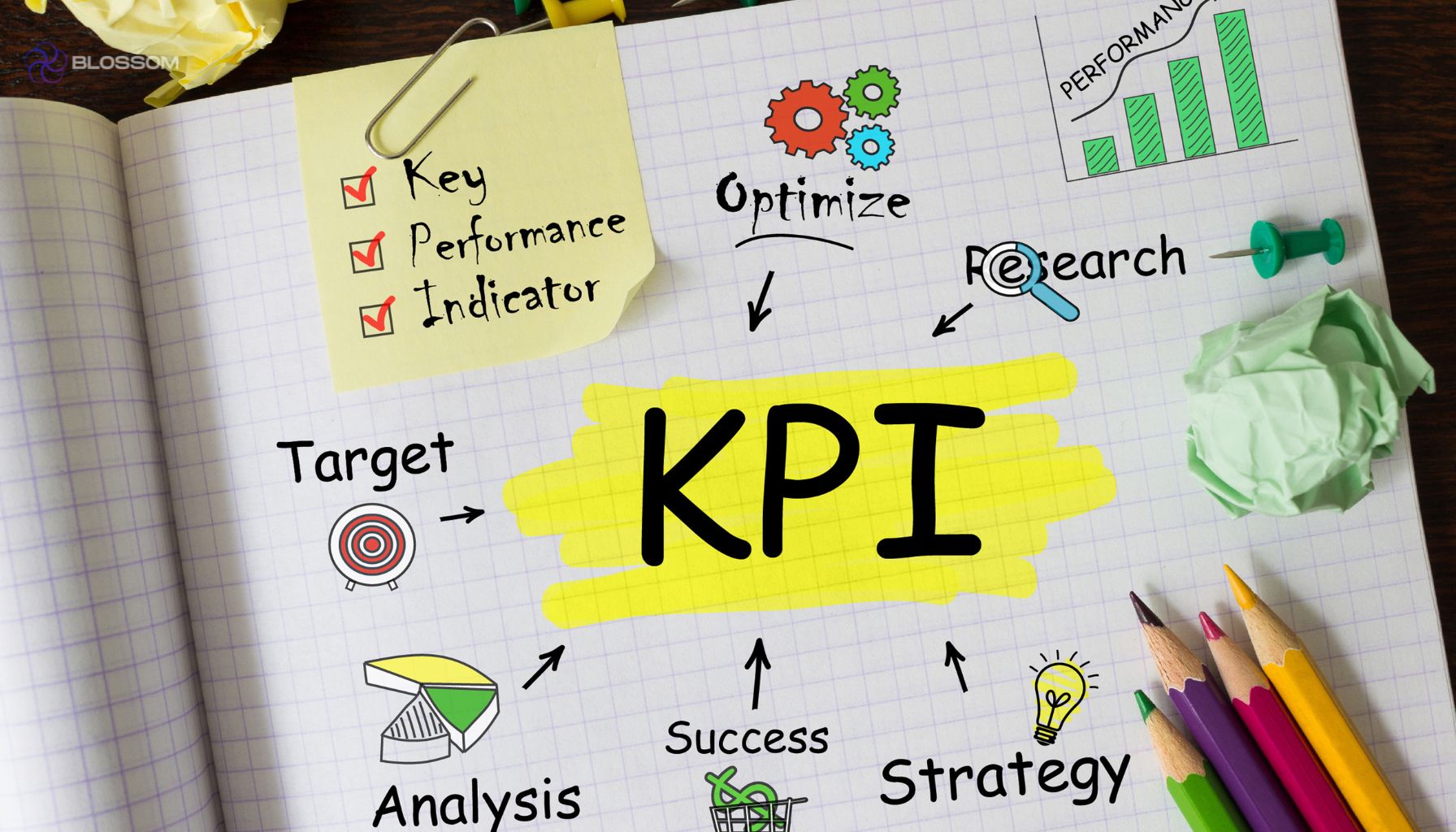
10 Email Marketing KPIs Every Marketer Needs to Know


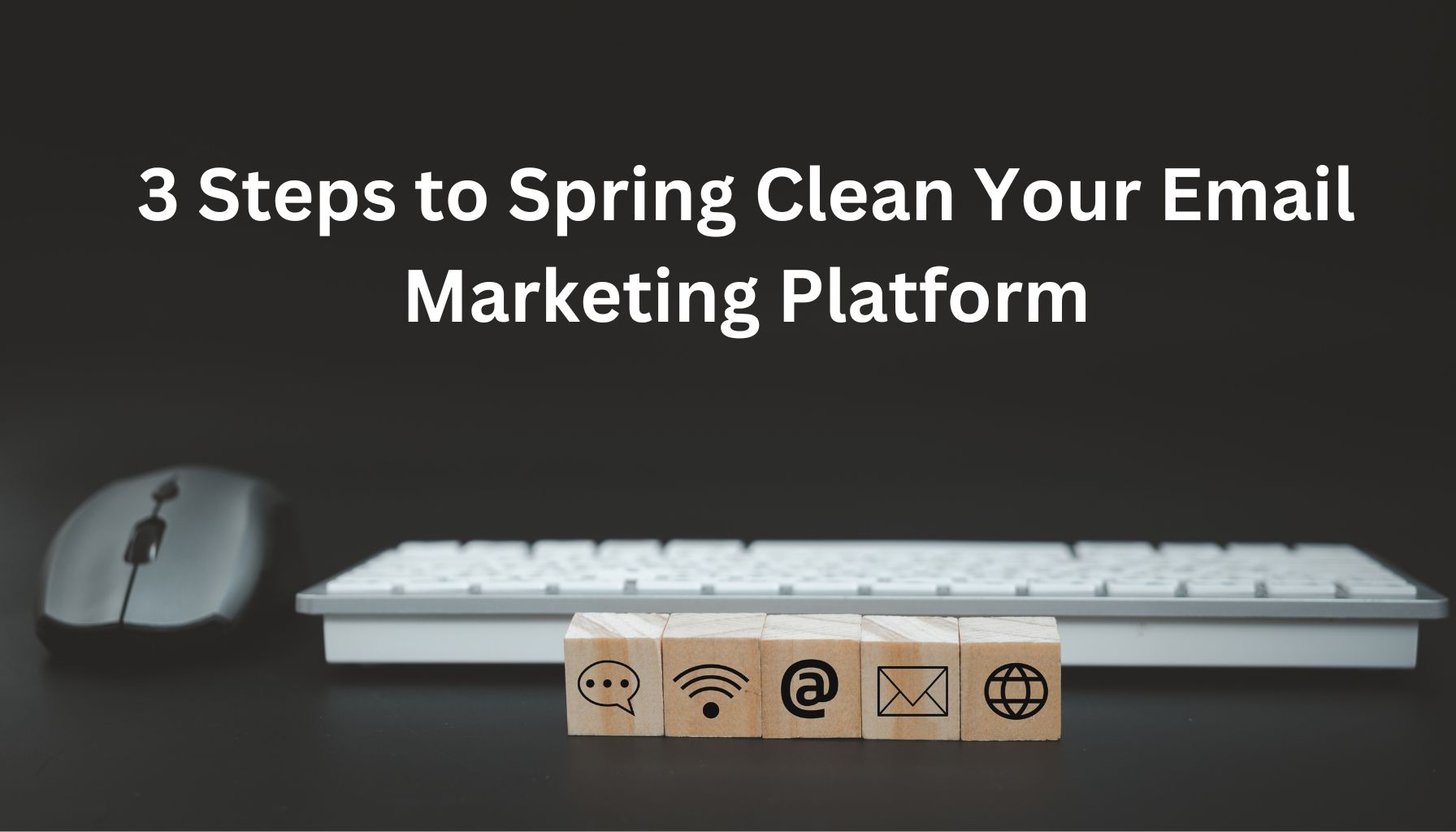
3 Steps to Spring Clean Your Email Marketing Platform


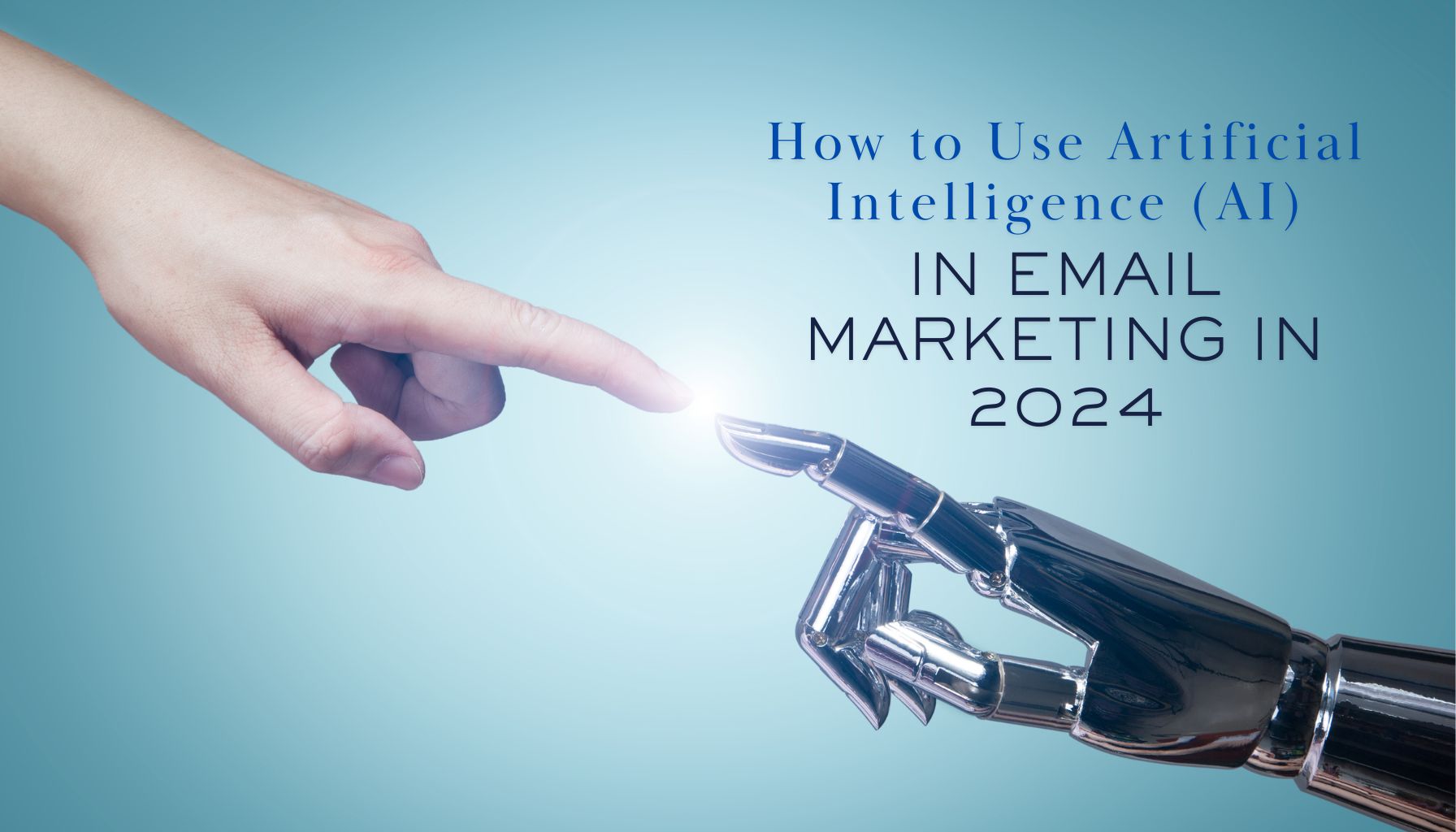
How to Use Artificial Intelligence (AI) in Email Marketing in 2024



How To Create Marketing Emails That Engage Your Audience and Get Results



Why SMS is the Perfect Addition to Any Marketing Mix


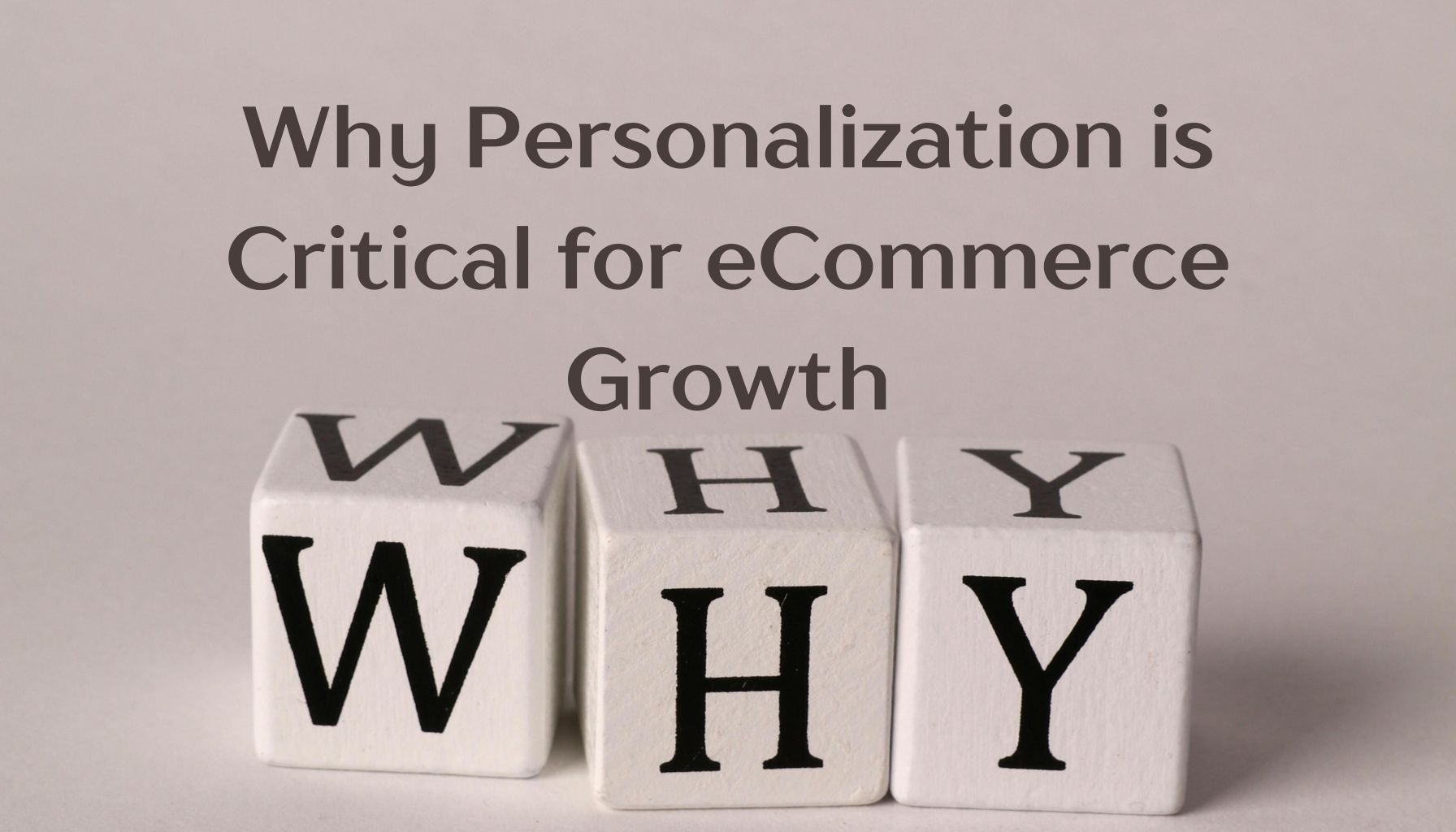
Why Personalization is Critical for eCommerce Growth



How to Grow Your Startup’s Email List: Lessons from Daycation


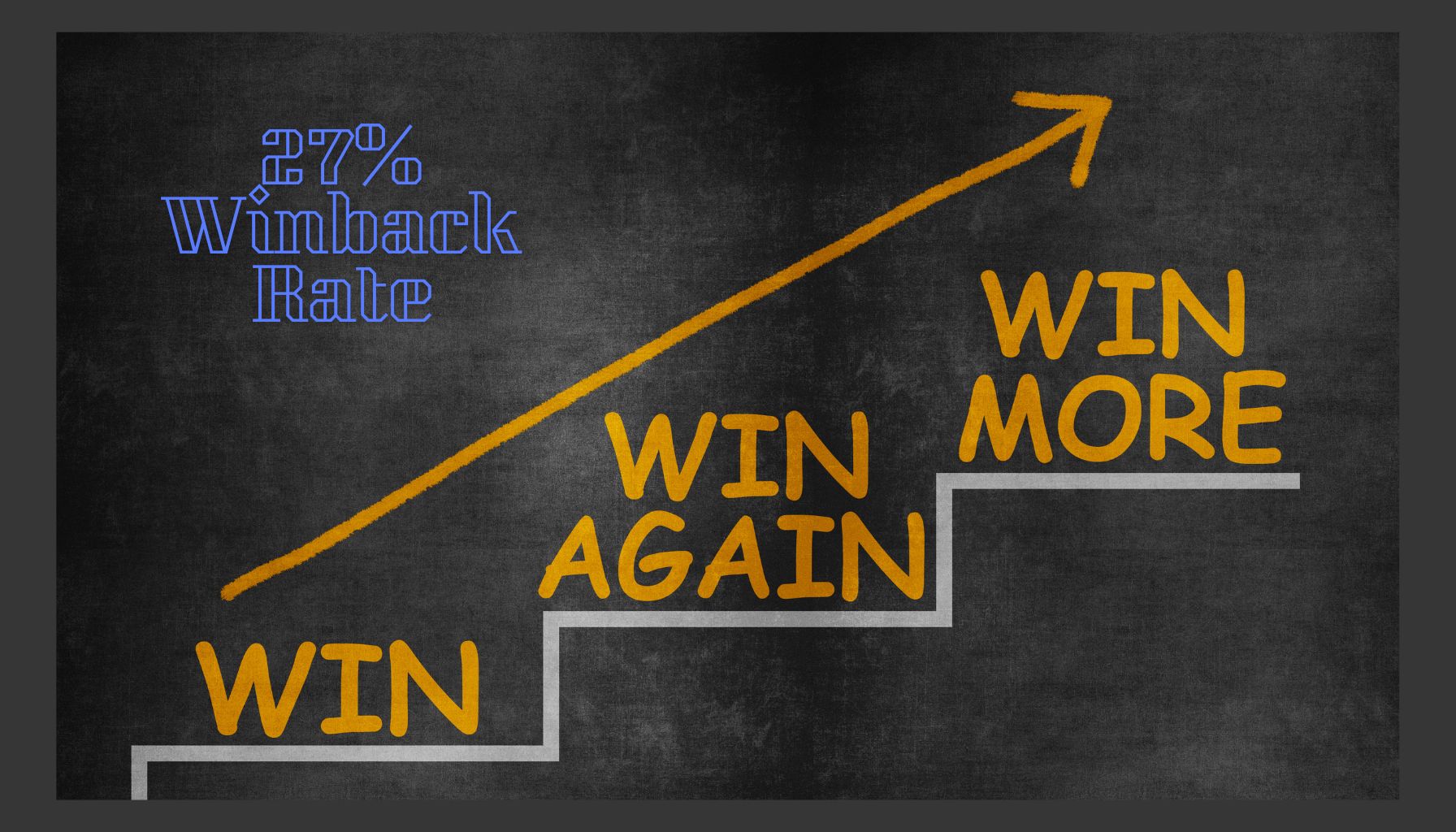
How We Achieved a 27% Winback Rate with a Smart Email Strategy for Dumpling



The Hidden Pitfalls of Email Marketing: Blacklists and Spam Traps


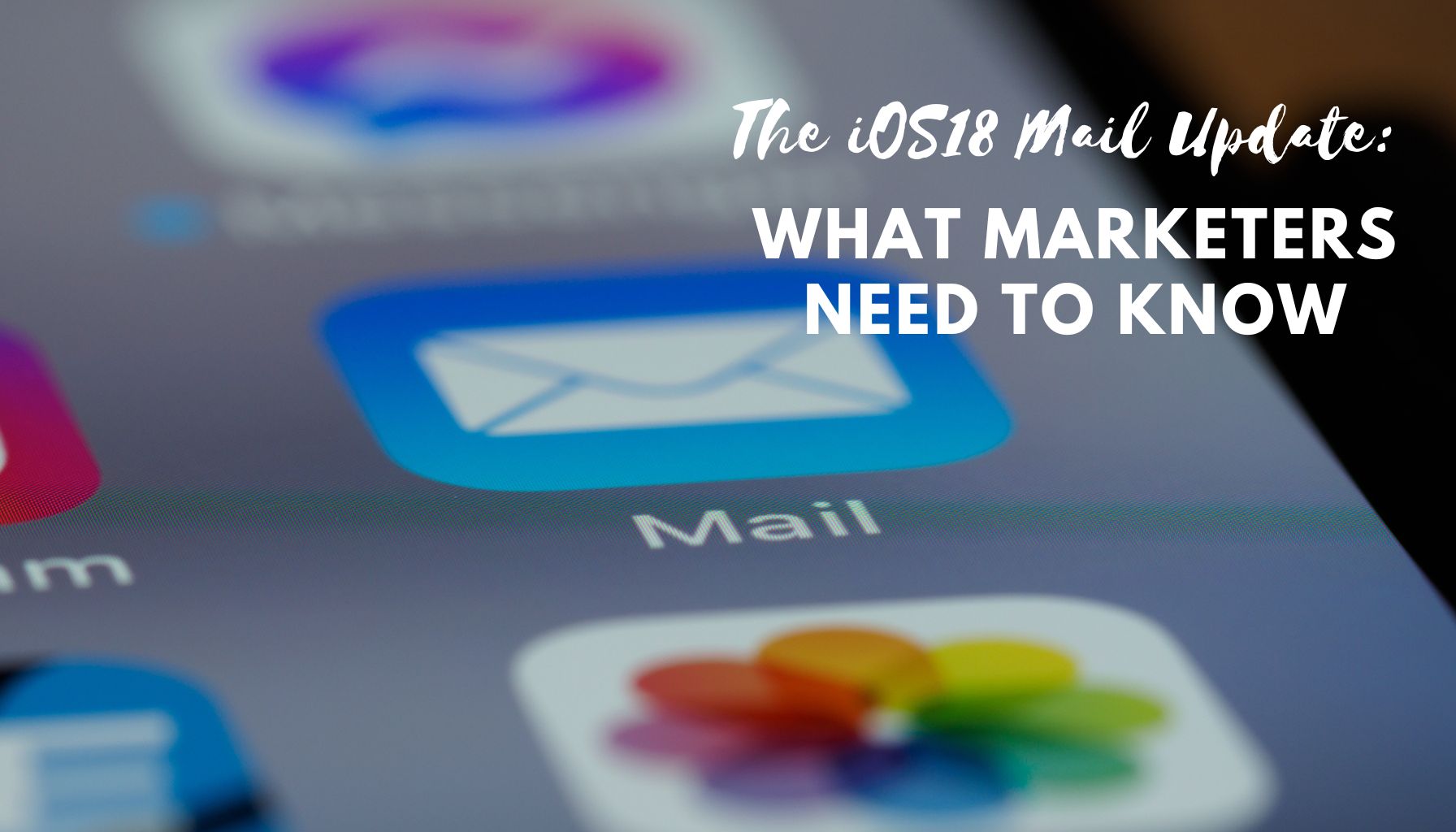
The iOS18 Mail Update: What Marketers Need to Know



Supercharging Customer Journey Automations with Email Touchpoints


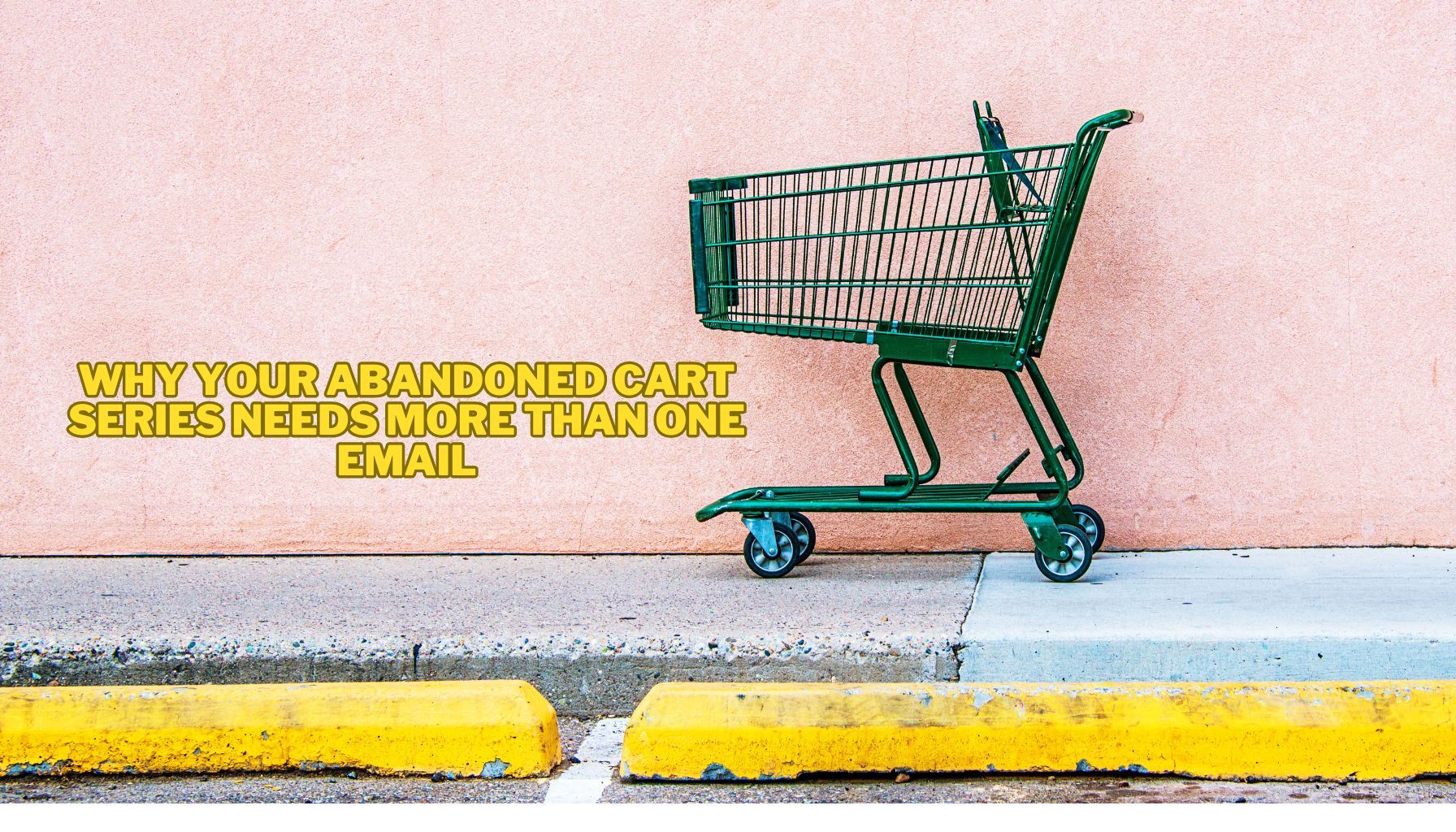
Why Your Abandoned Cart Series Needs More Than One Email


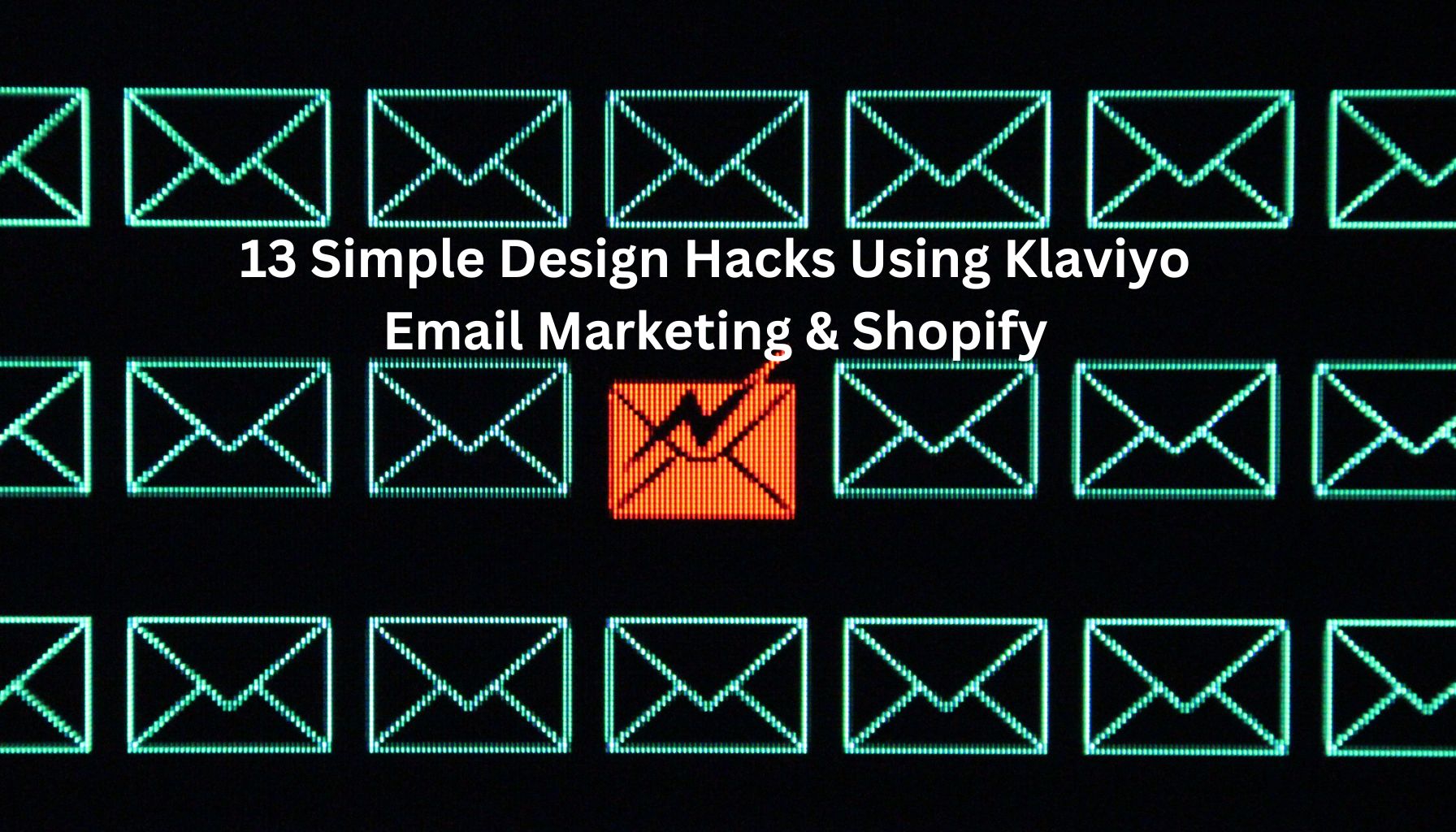
13 Simple Design Hacks Using Klaviyo Email Marketing & Shopify



5 Simple Tactics to Grow Your Klaviyo SMS List Without Overcomplicating Things


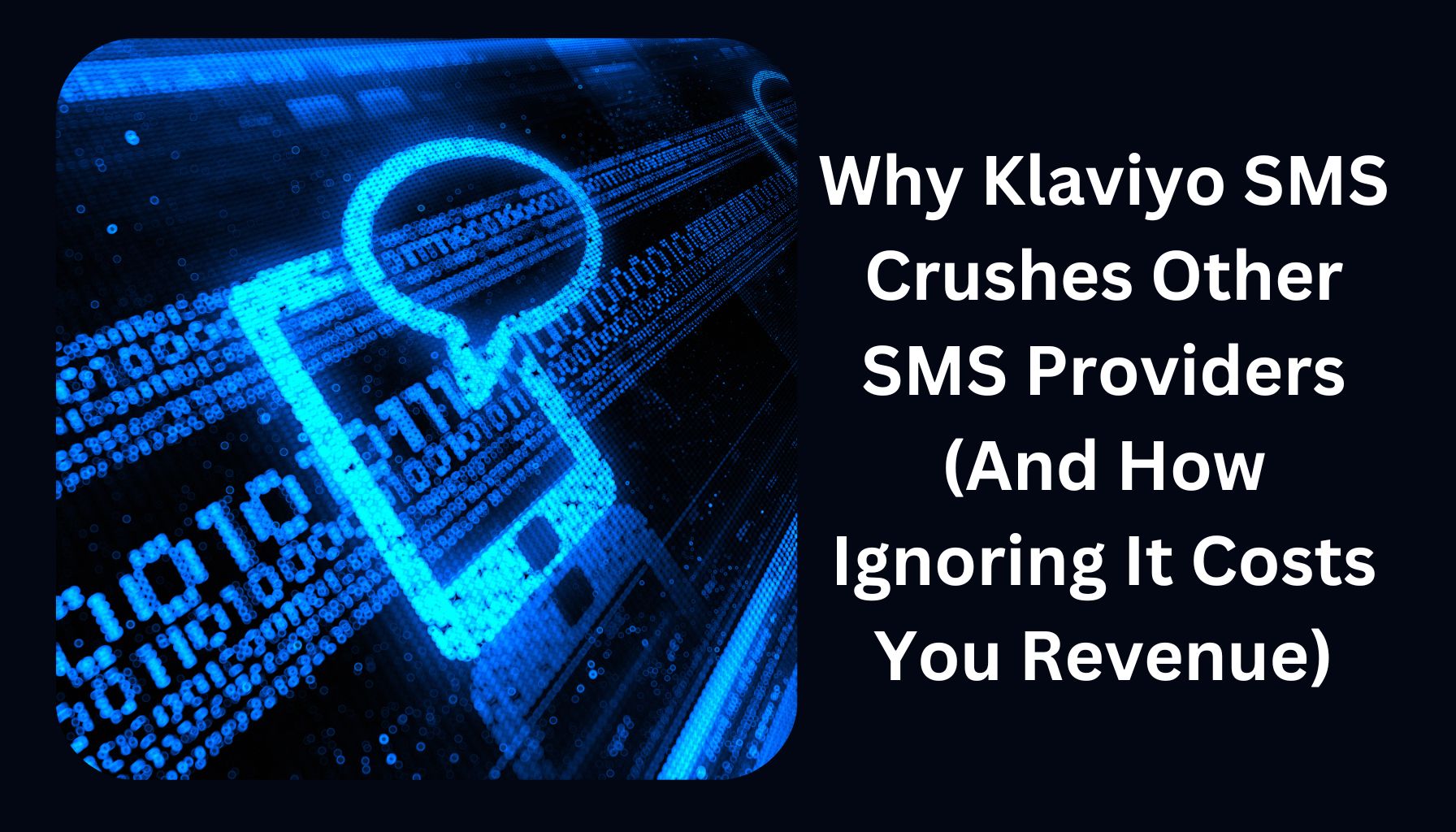
Why Klaviyo SMS Crushes Other SMS Providers (And How Ignoring It Costs You Revenue)



10 Klaviyo Strategies That Drove Over $50 Million for Our Clients


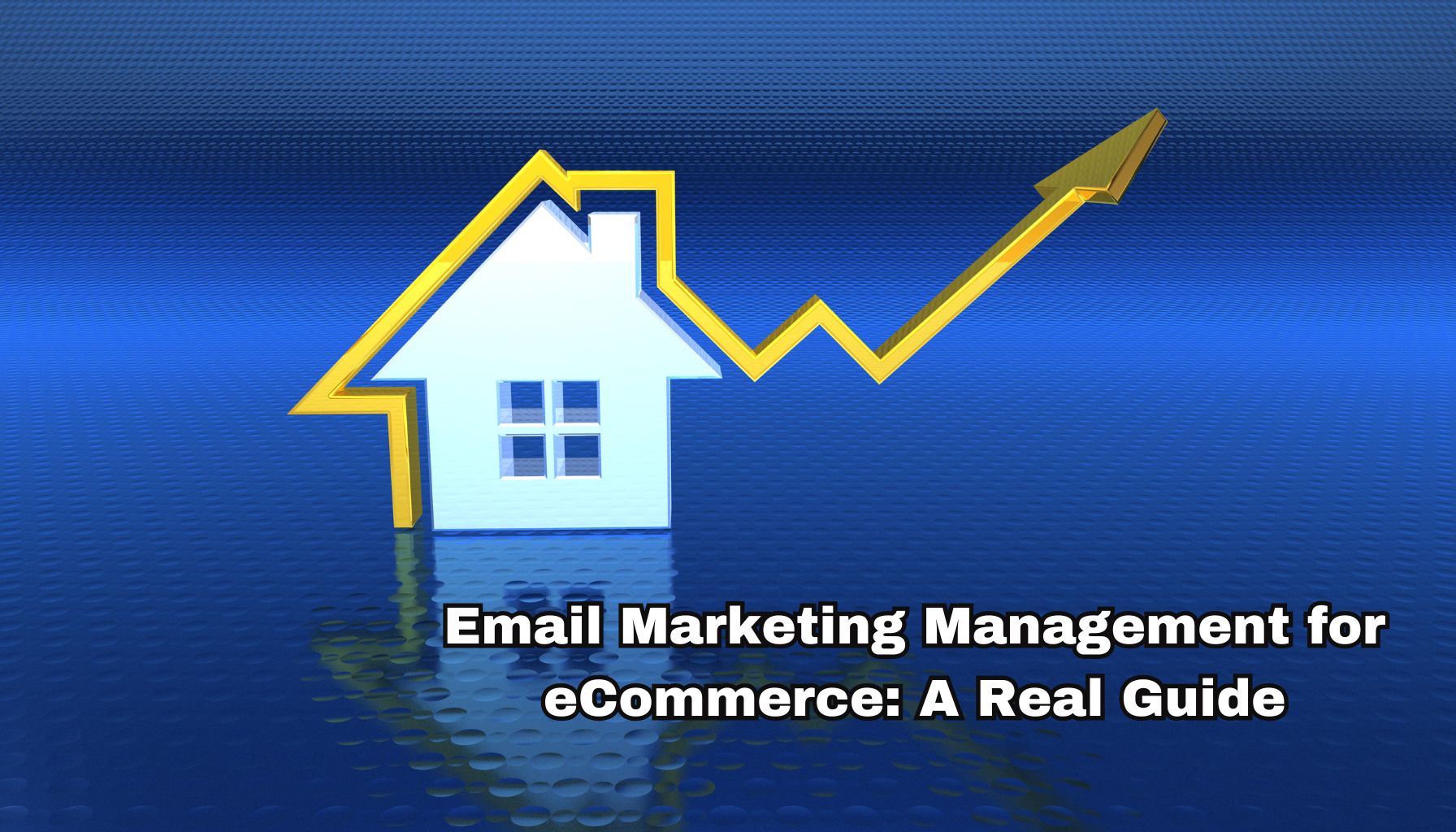
Email Marketing Management for eCommerce: A Real Guide


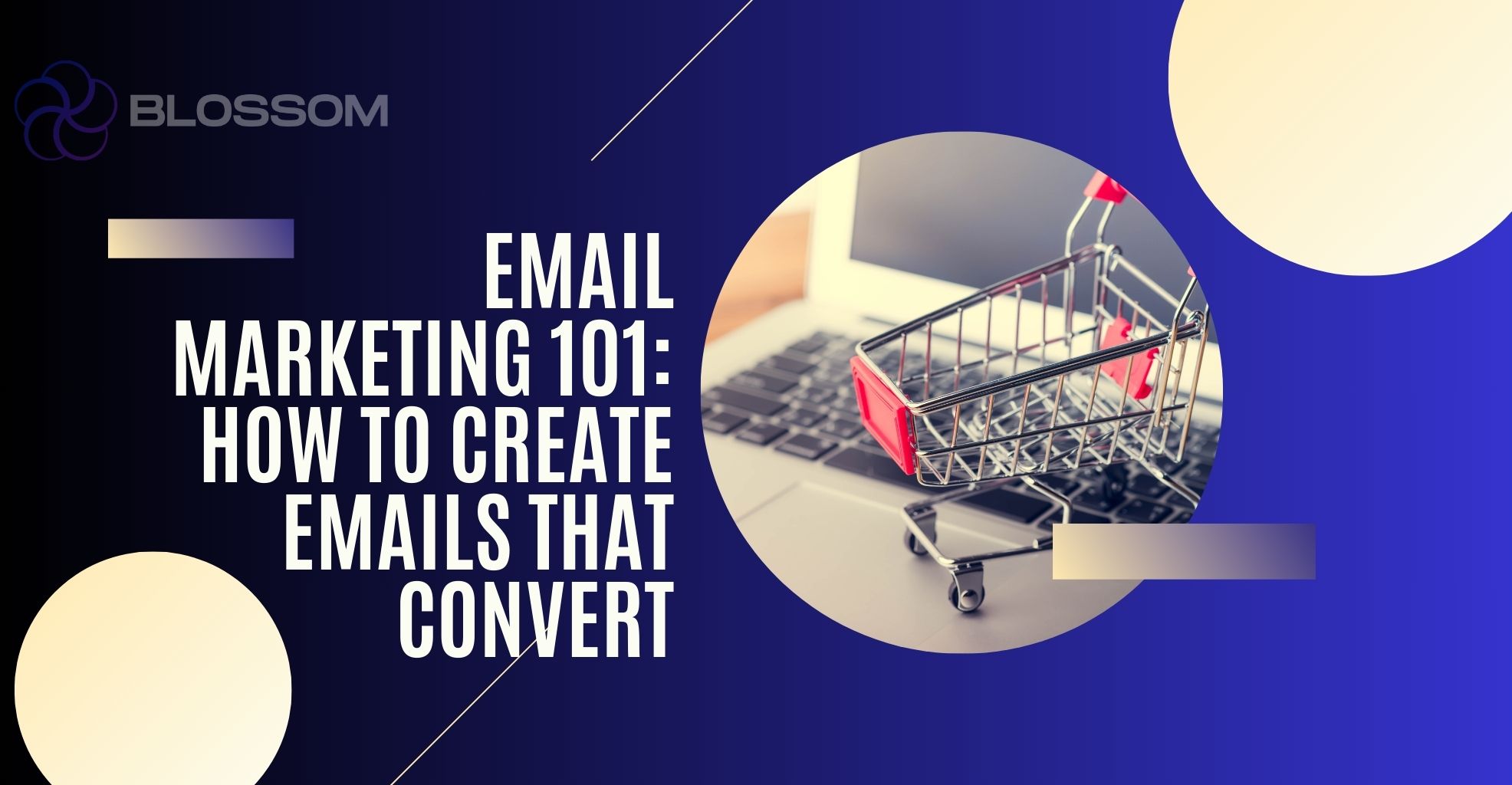
Email Marketing 101: How to Create Emails That Convert


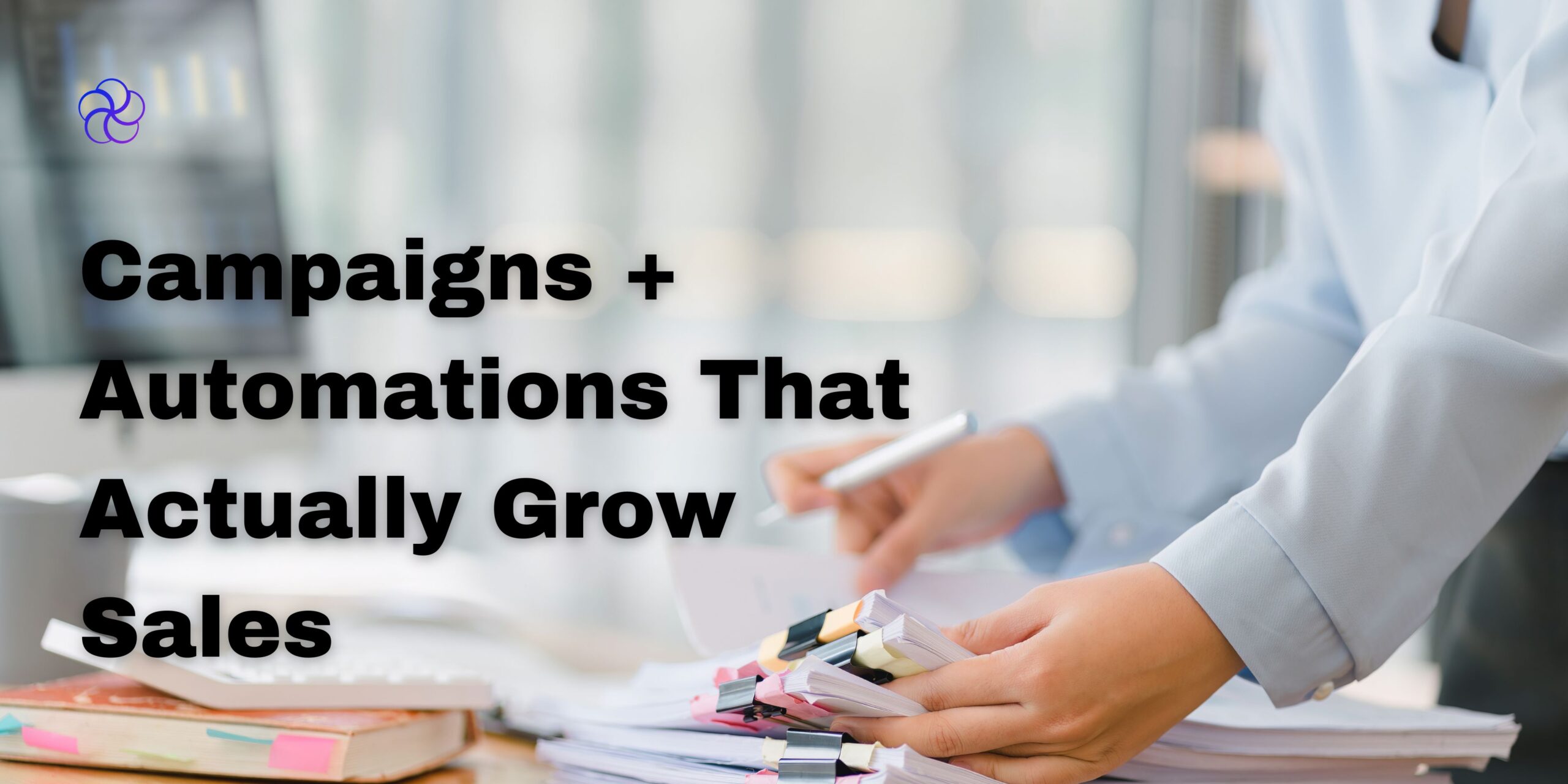
Shopify Email Marketing: Campaigns + Automations That Actually Grow Sales



7 eCommerce Trends to Watch in 2025


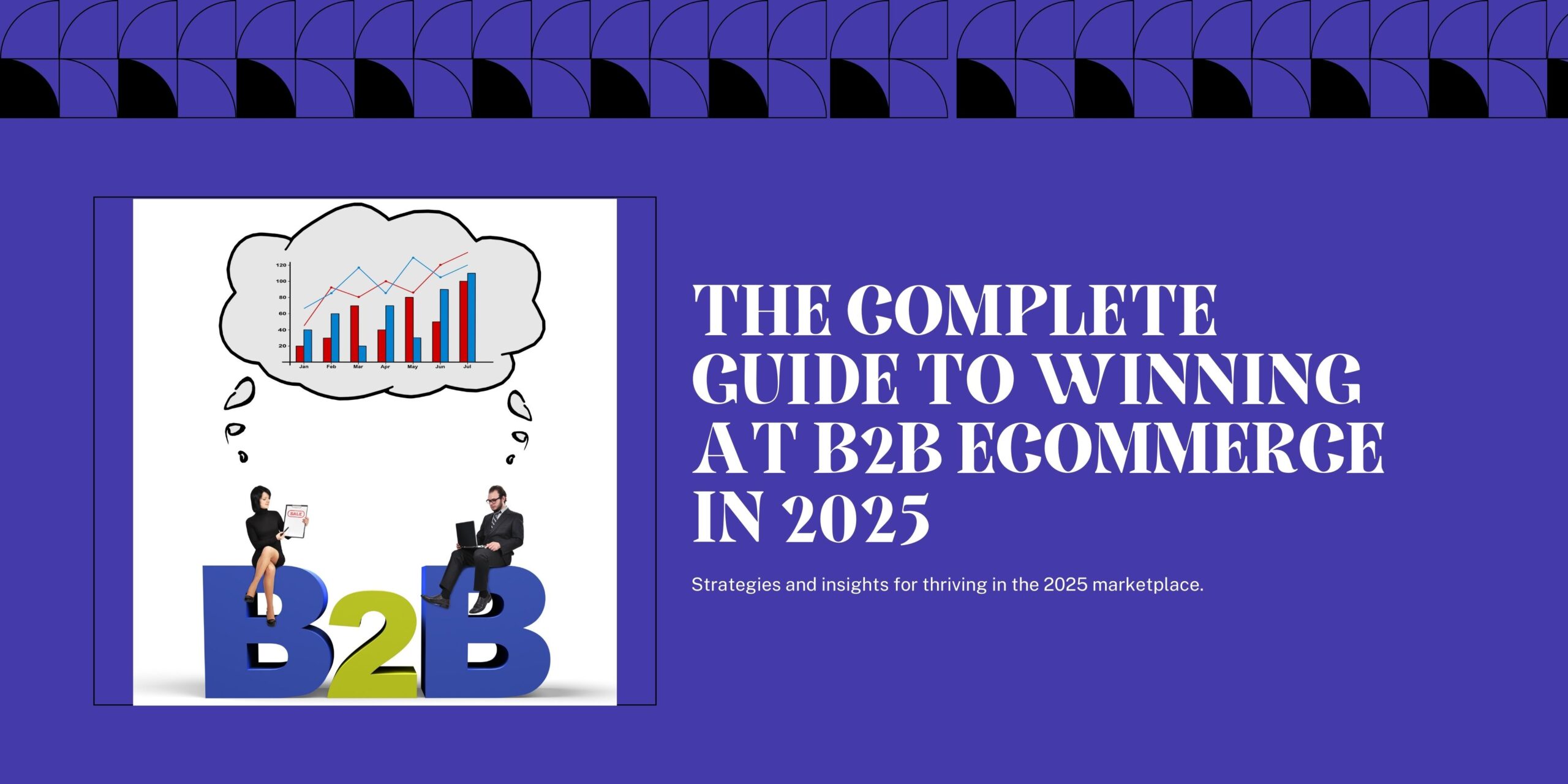
The Complete Guide to Winning at B2B eCommerce in 2025


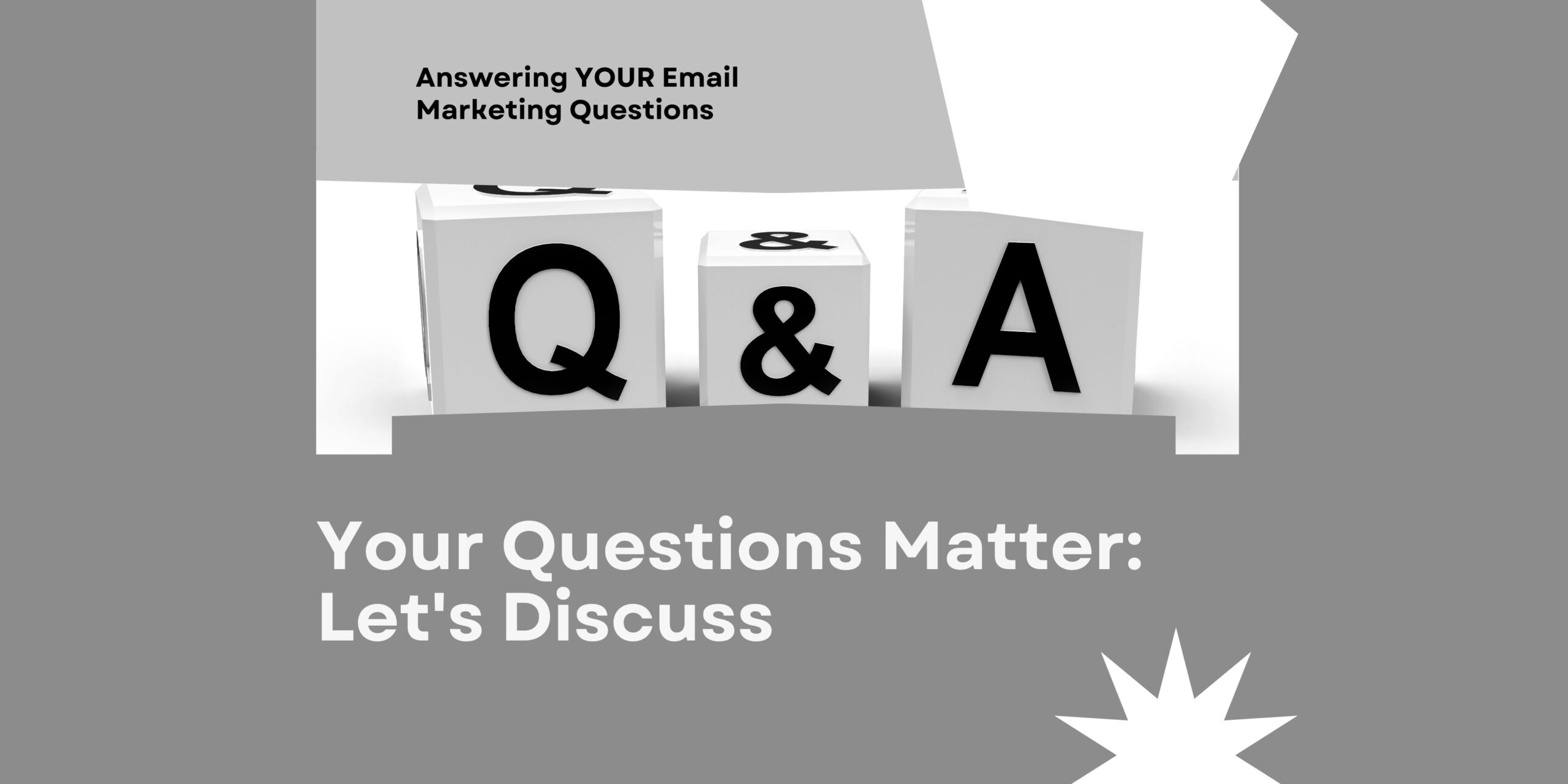
Answering YOUR Email Marketing Questions


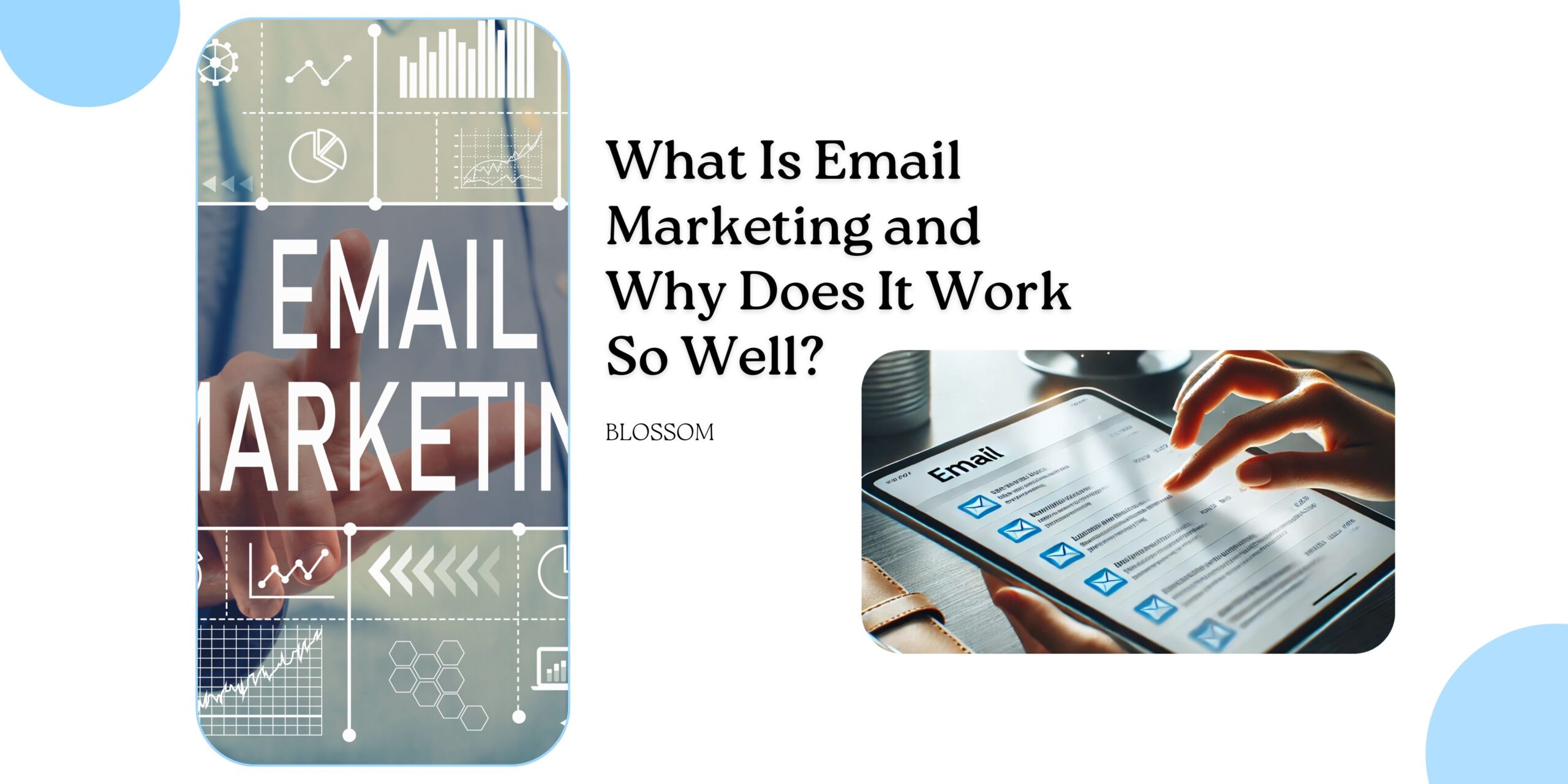
What Is Email Marketing and Why Does It Work So Well?


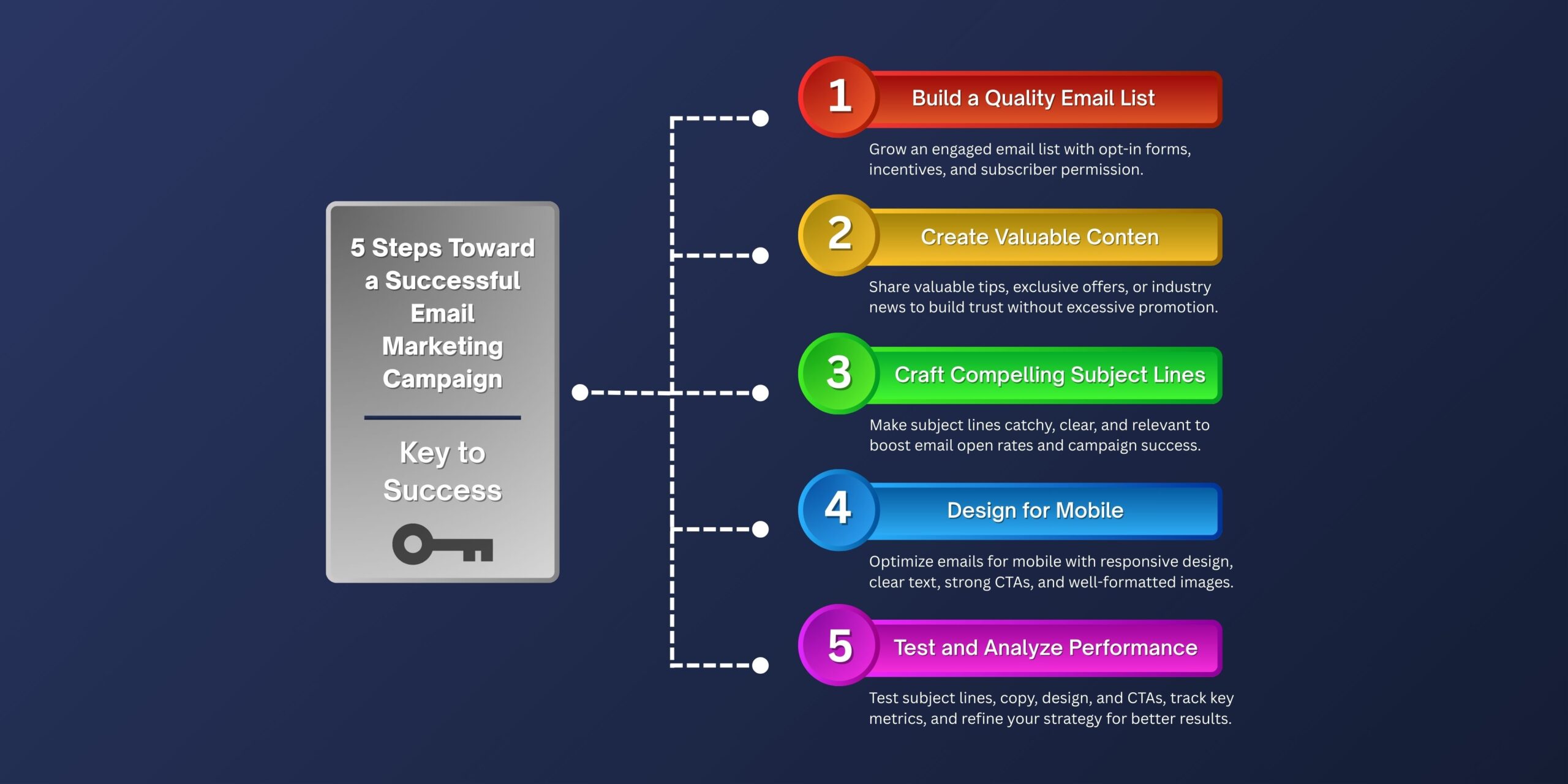
5 Steps Toward a Successful Email Marketing Campaign


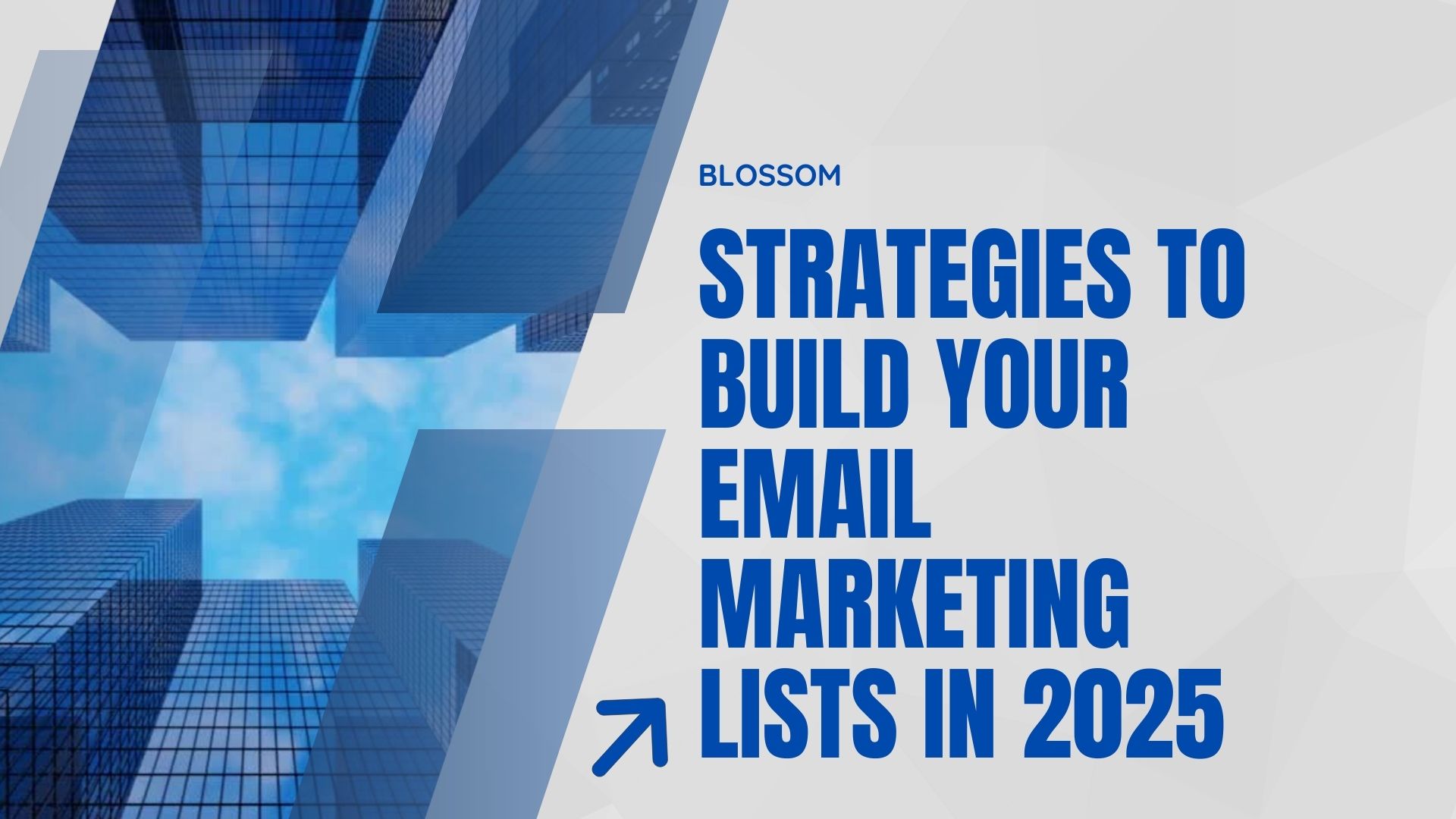
8 Proven Strategies to Build Your Email Marketing Lists in 2025


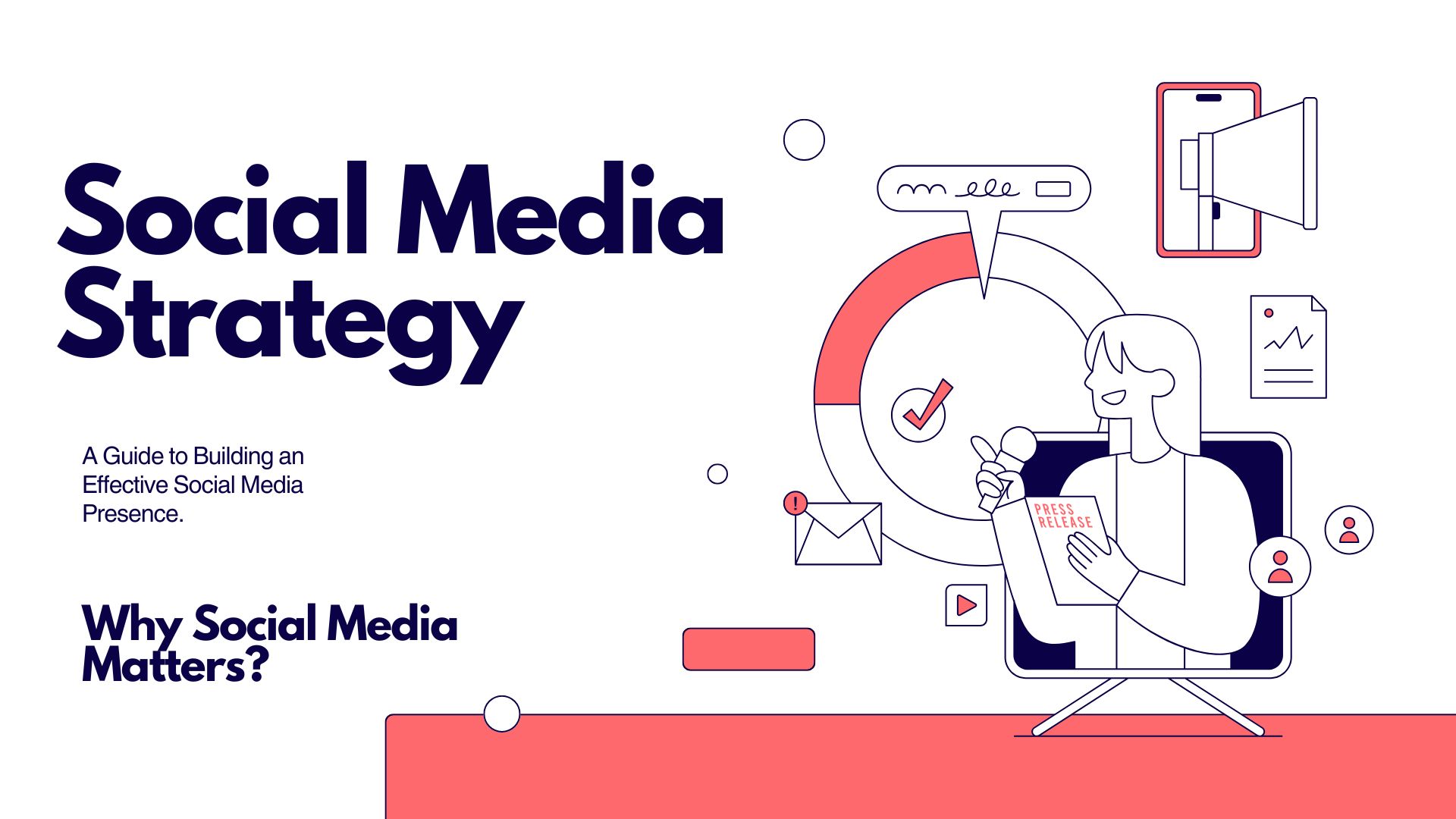
How to Supercharge Your Social Media with Email Marketing


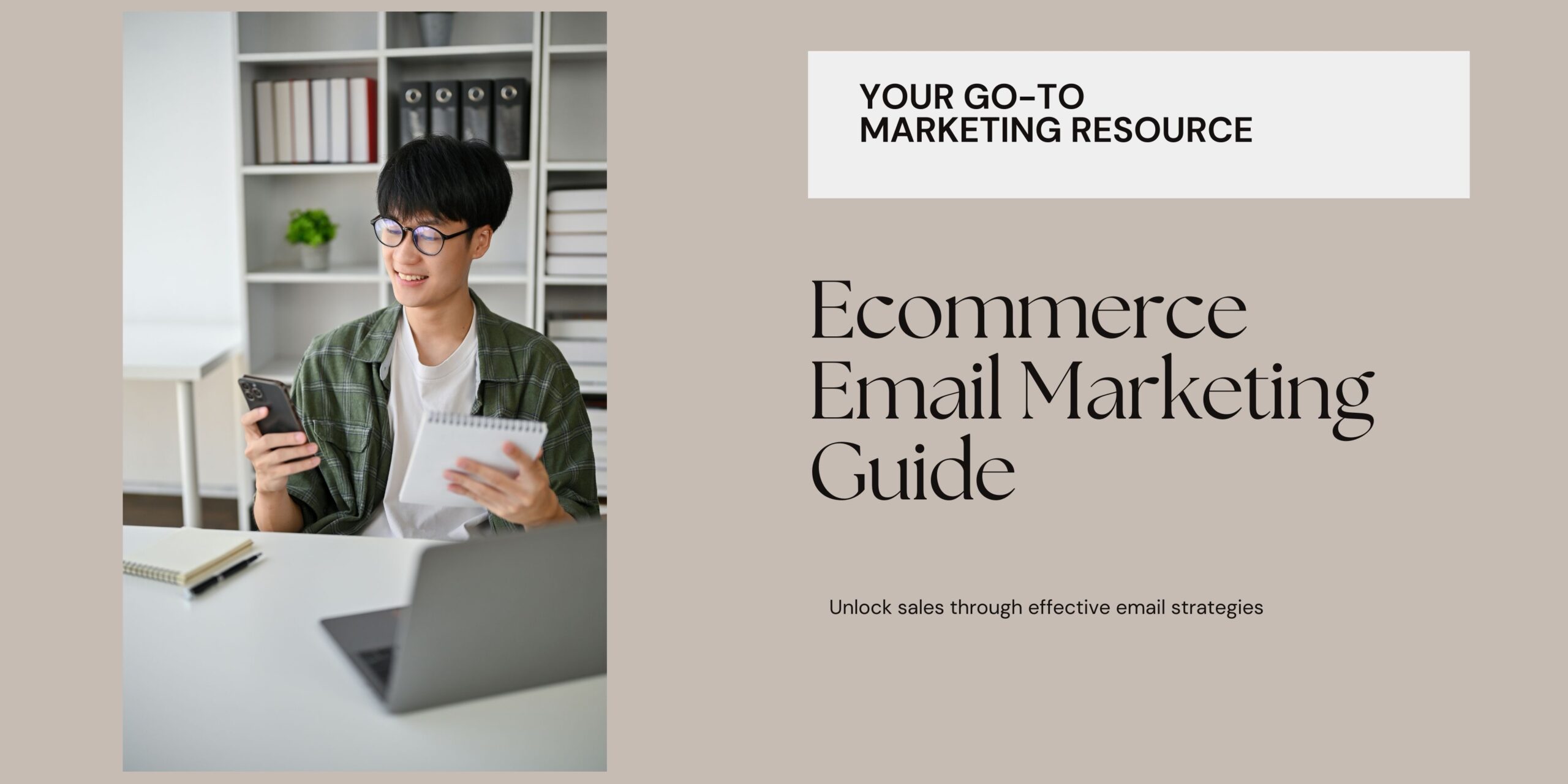
The No-B.S. Guide to Ecommerce Email Marketing


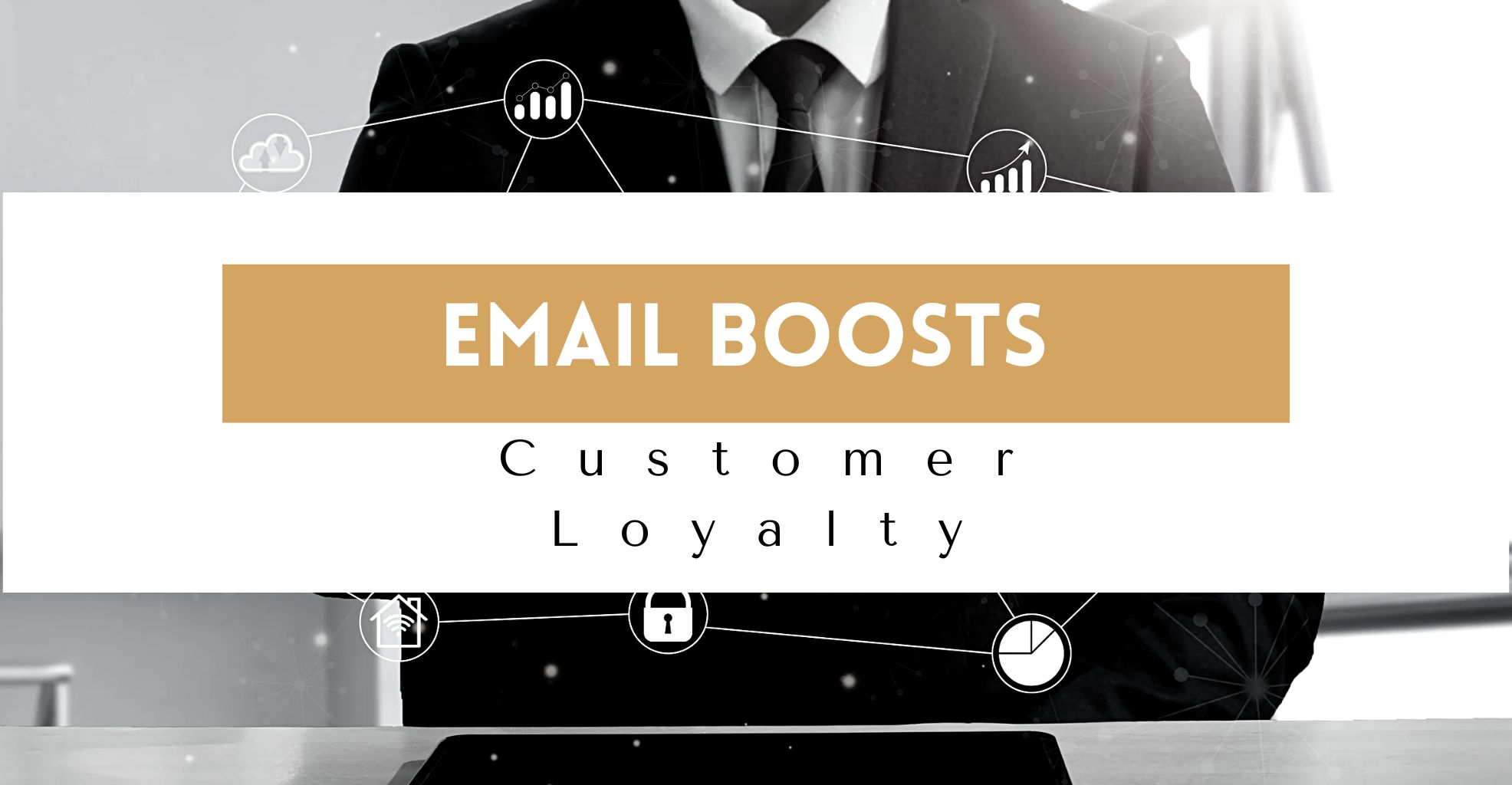
How Email Can Power Your Customer Loyalty


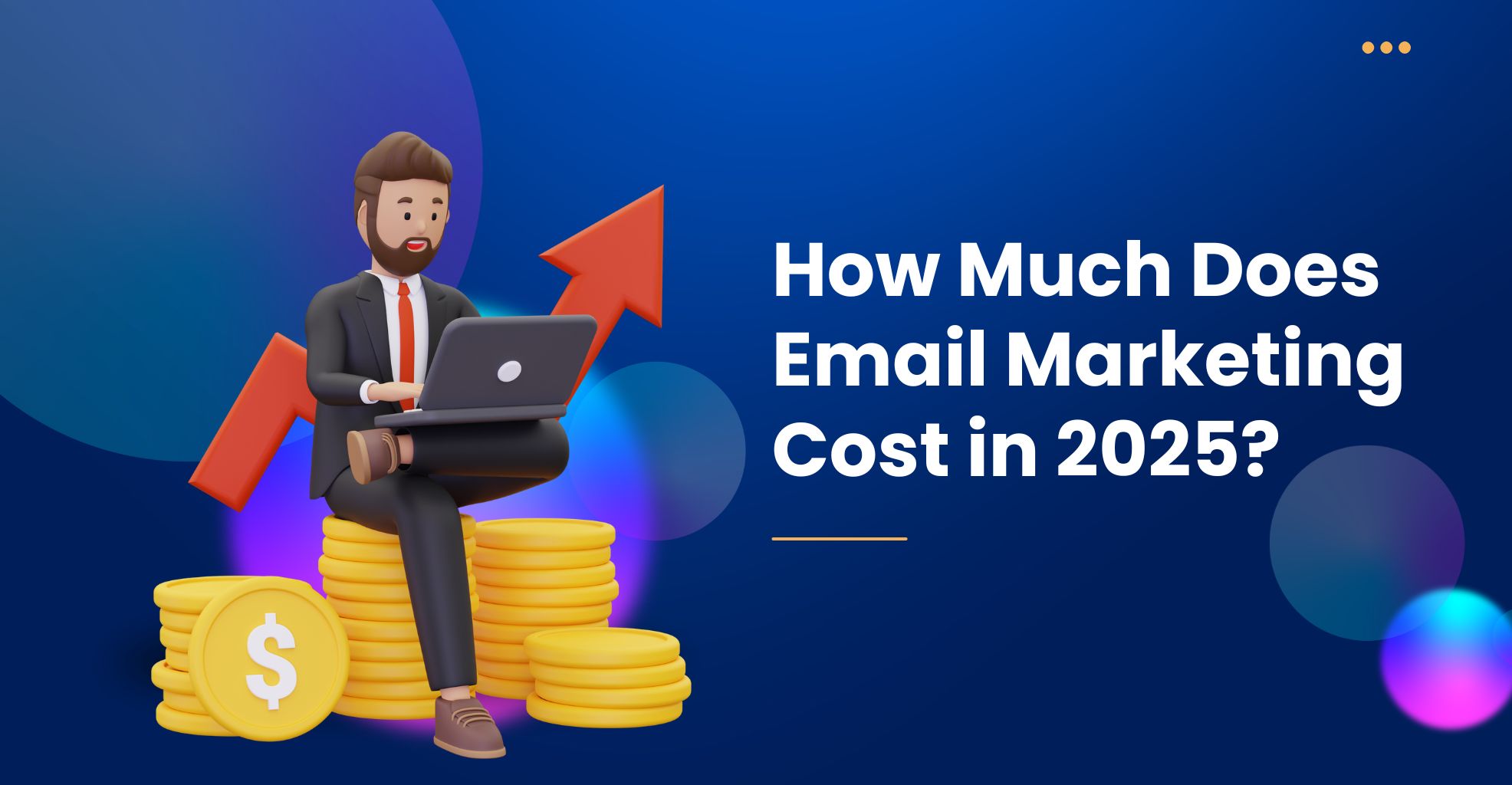
How Much Does Email Marketing Cost in 2025?



Email Marketing 101: How to Create Emails That Convert


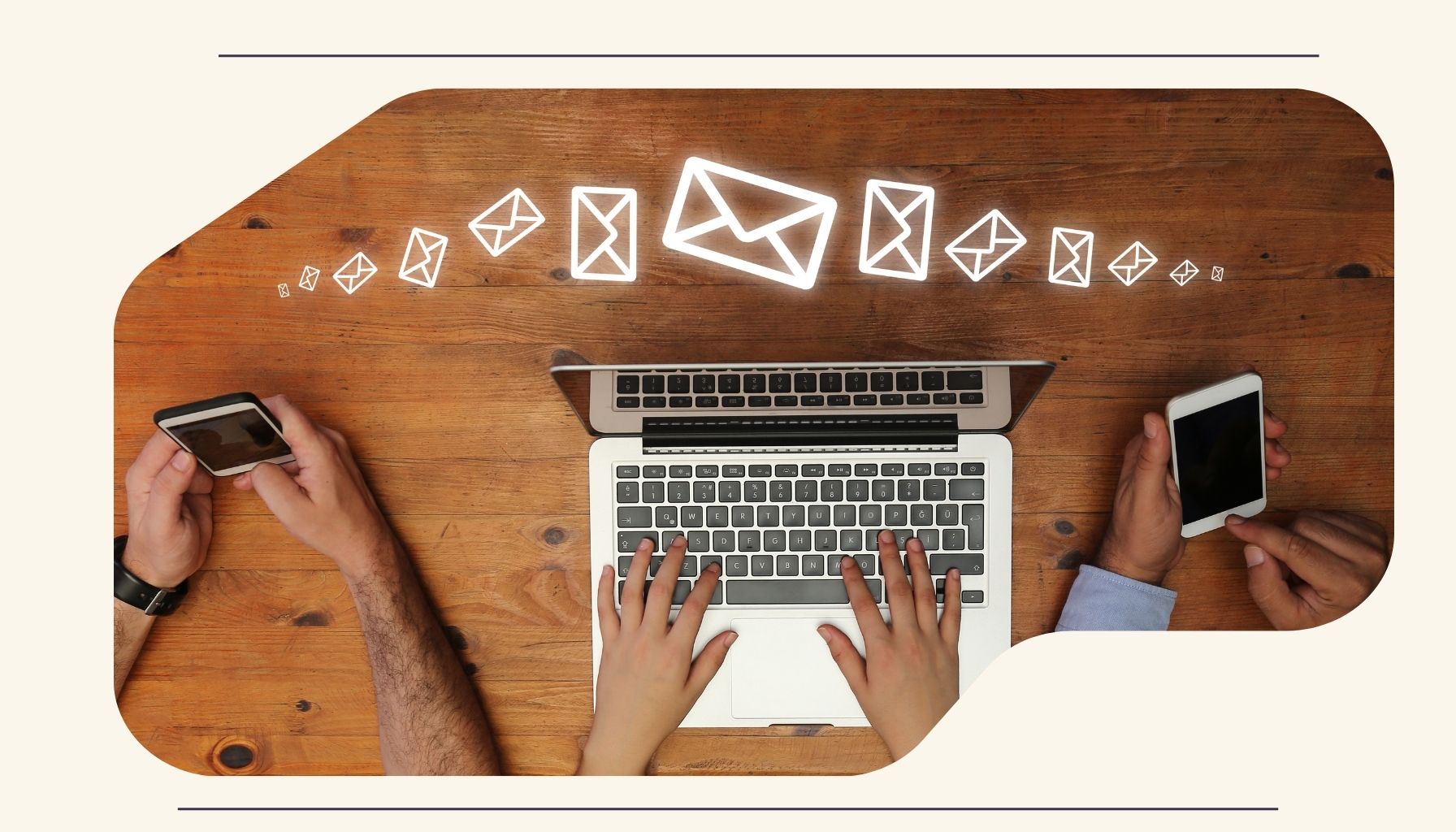
Create a Winning Welcome Email Strategy



How to Revitalize Your eCommerce Sales in the New Year



Customer Survey Emails: Finding the REAL Reason People Aren’t Buying


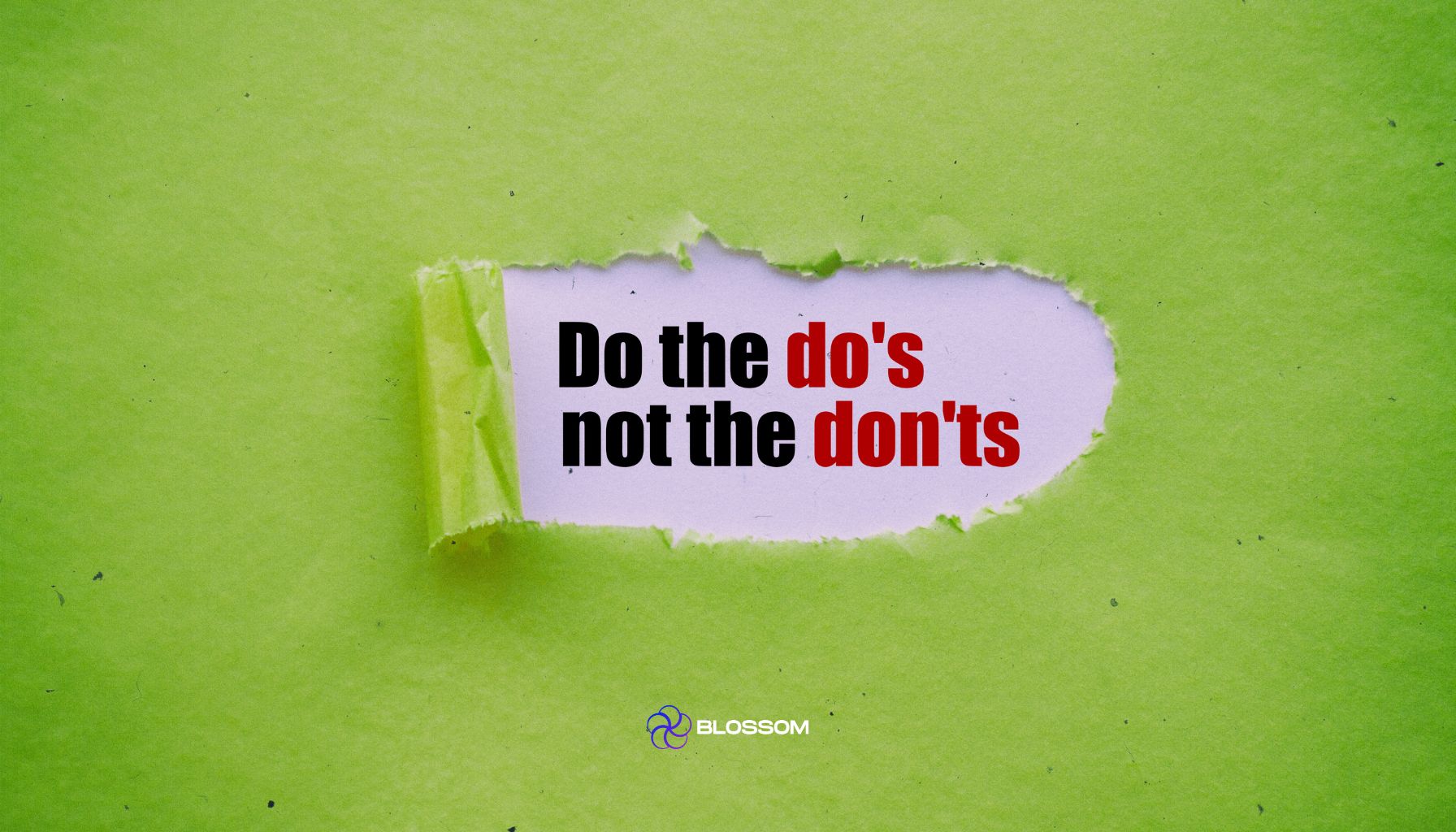
E-commerce Email Marketing: Dos, Don’ts, and Essential Tips for CBD Brands



The Ultimate Crash Course Email Marketing for E-commerce Store



3 Retention Metrics You’re Measuring Incorrectly + Strategies to Fix Them


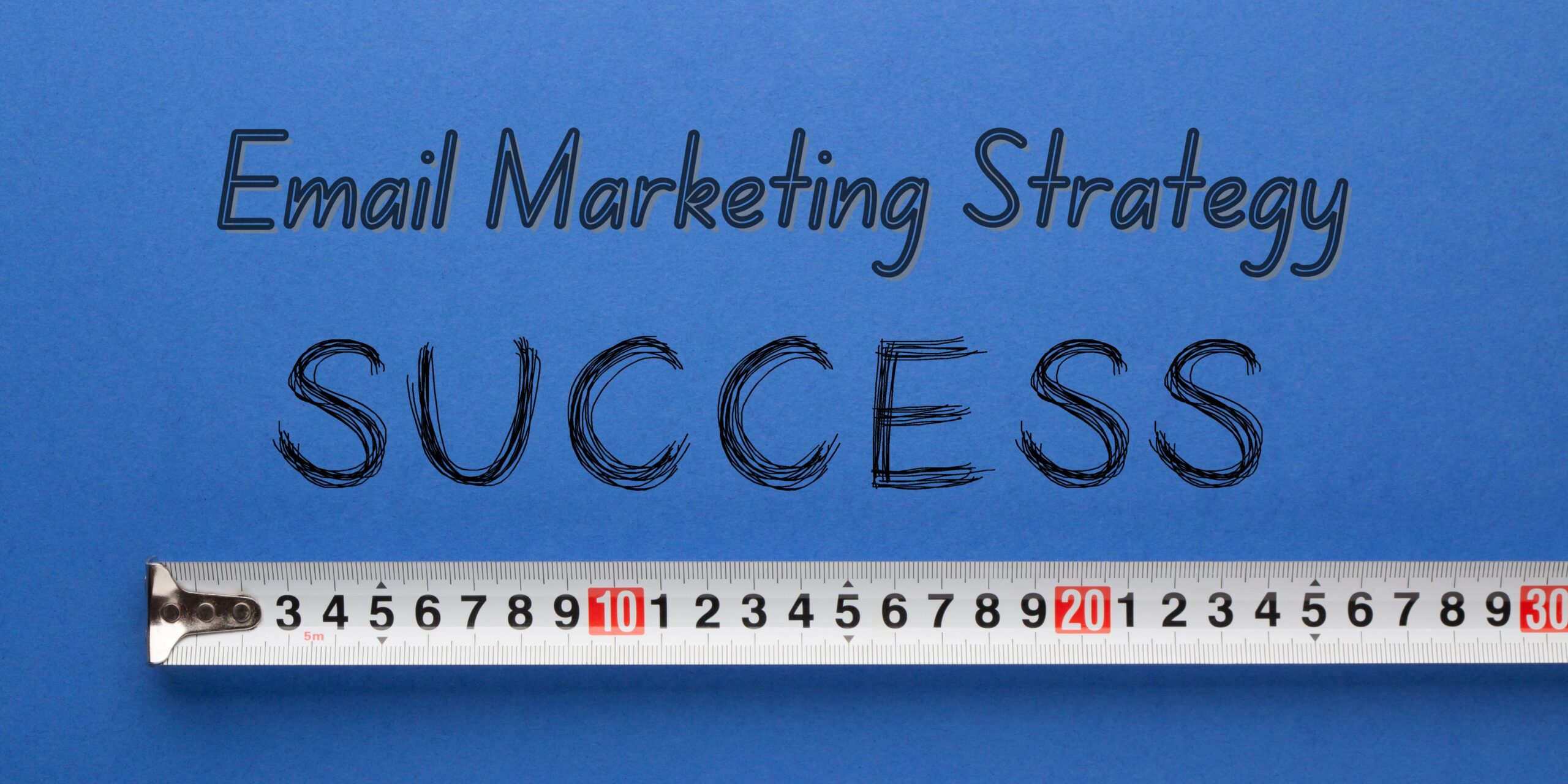
How to Measure the Success of Your Email Marketing Strategy


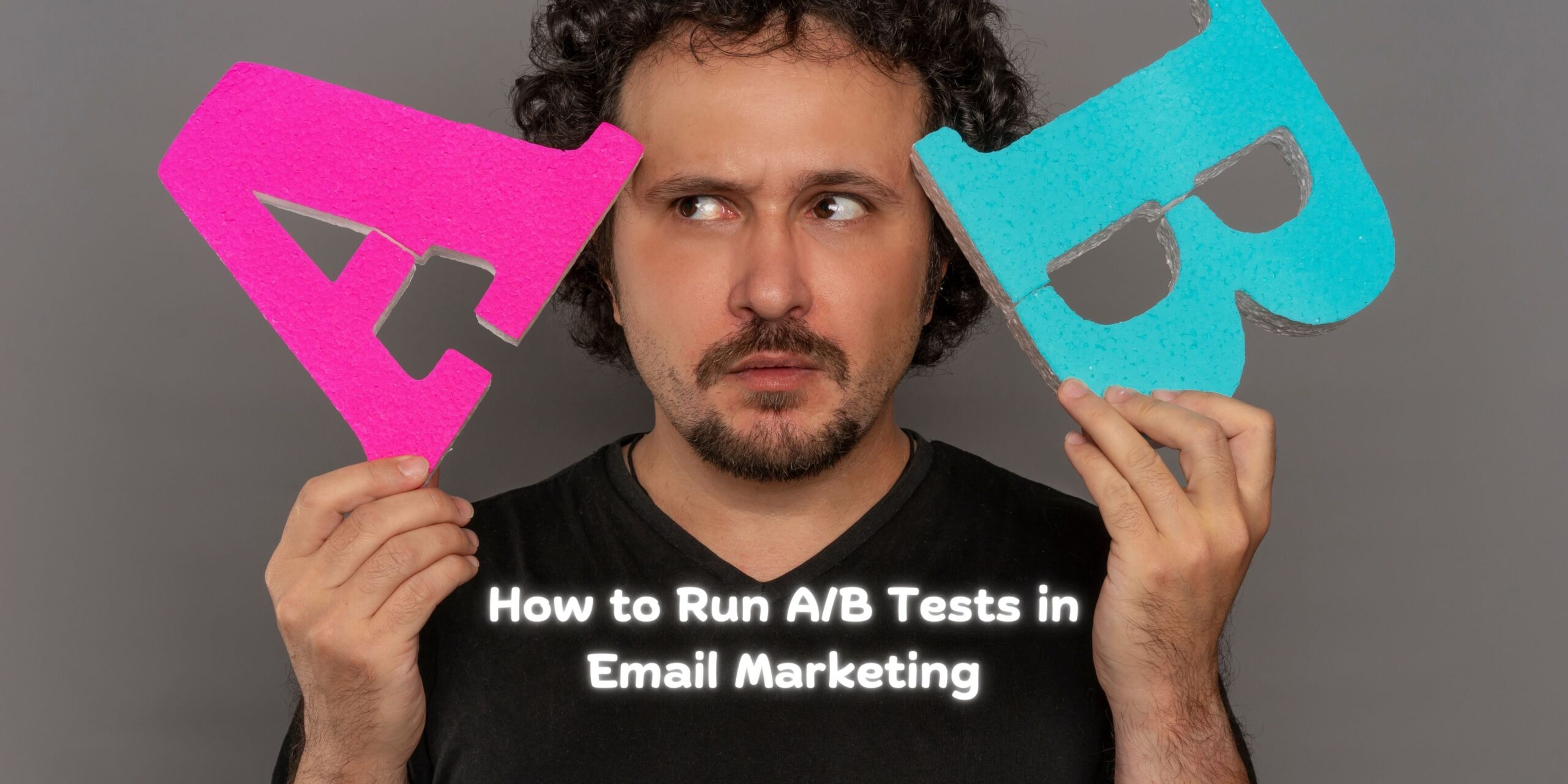
How to Run A/B Tests in Email Marketing


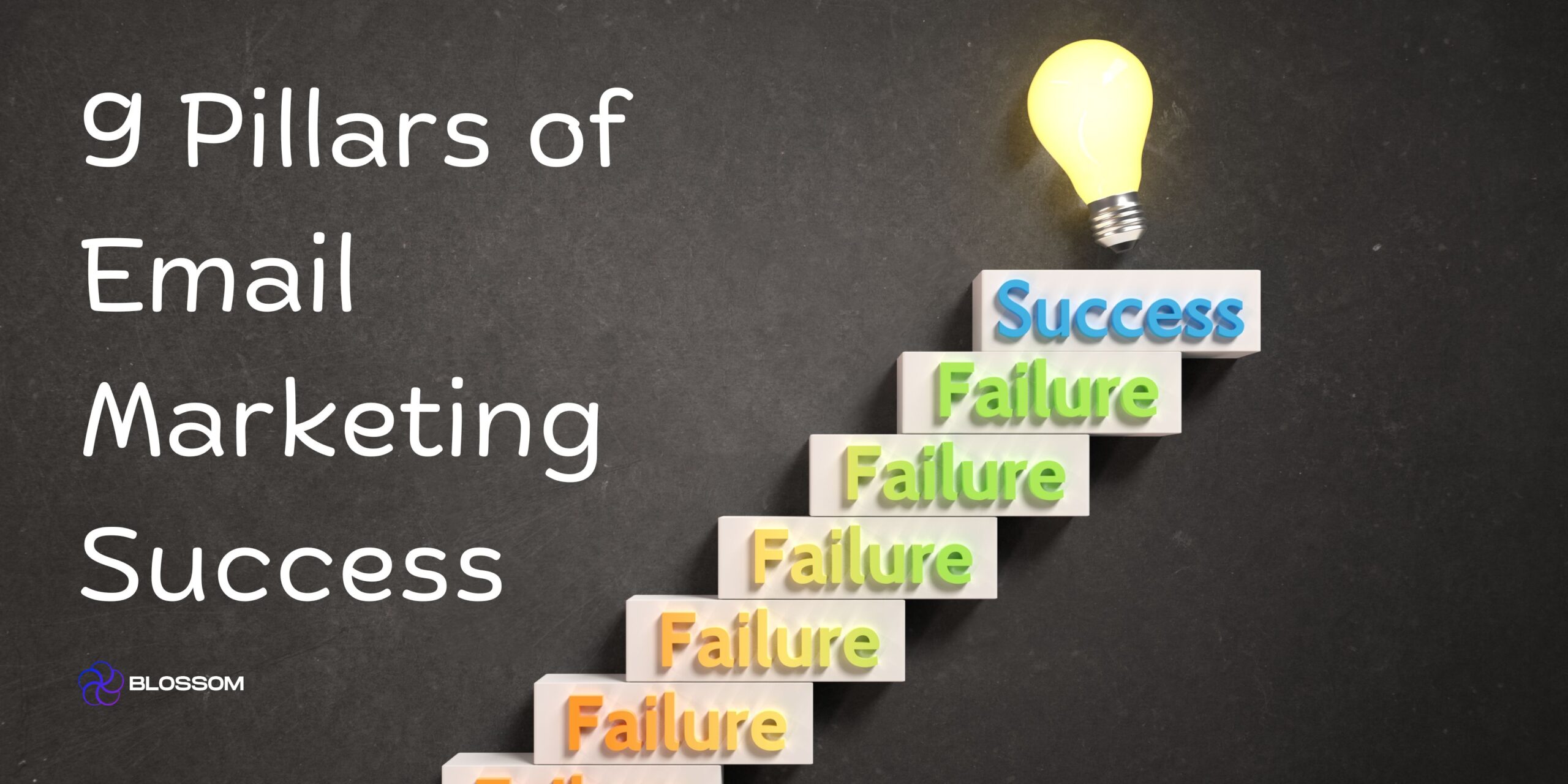
9 Pillars of Email Marketing Success


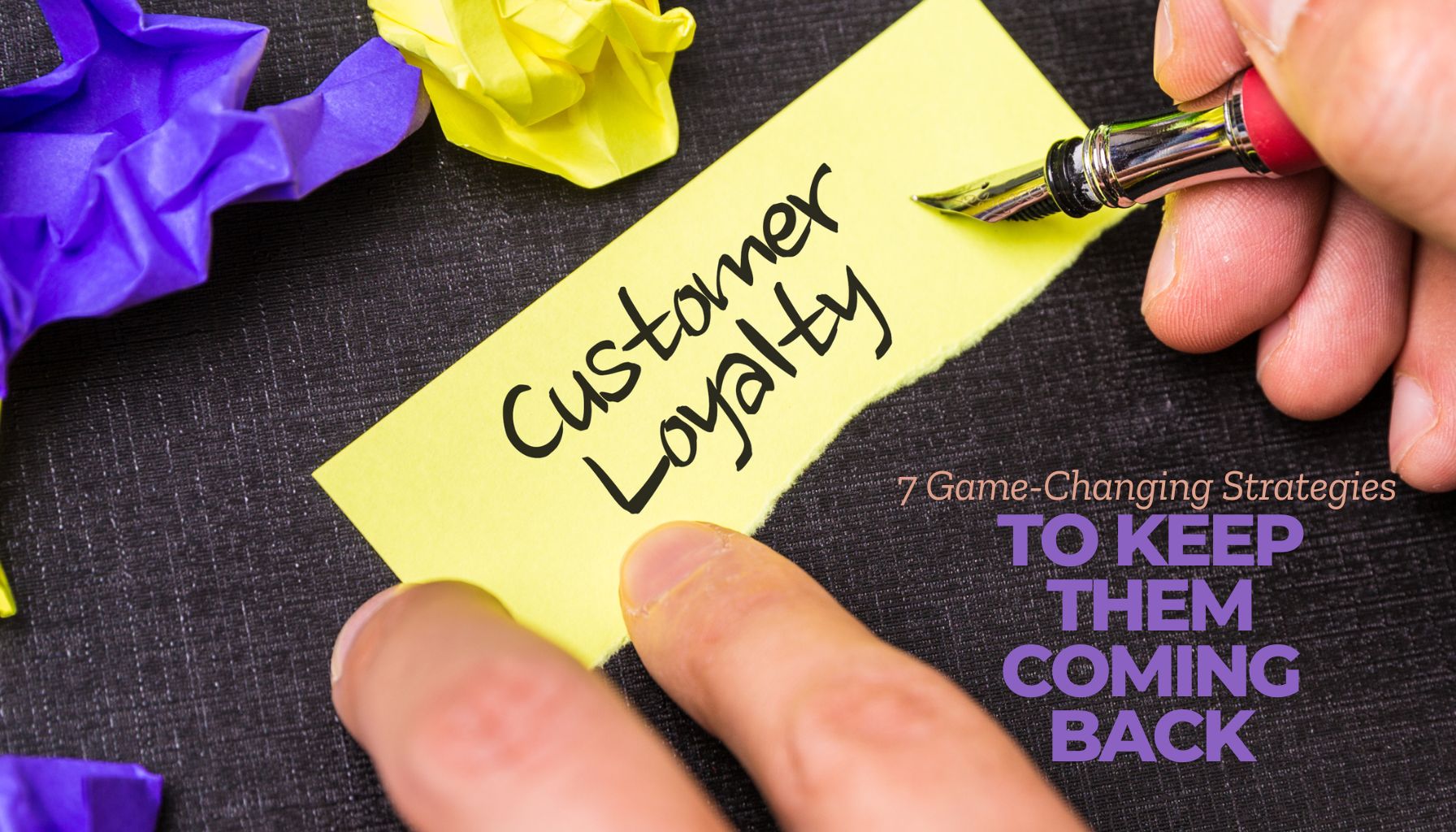
Rethink Customer Loyalty: 7 game-changing strategies to retain customers


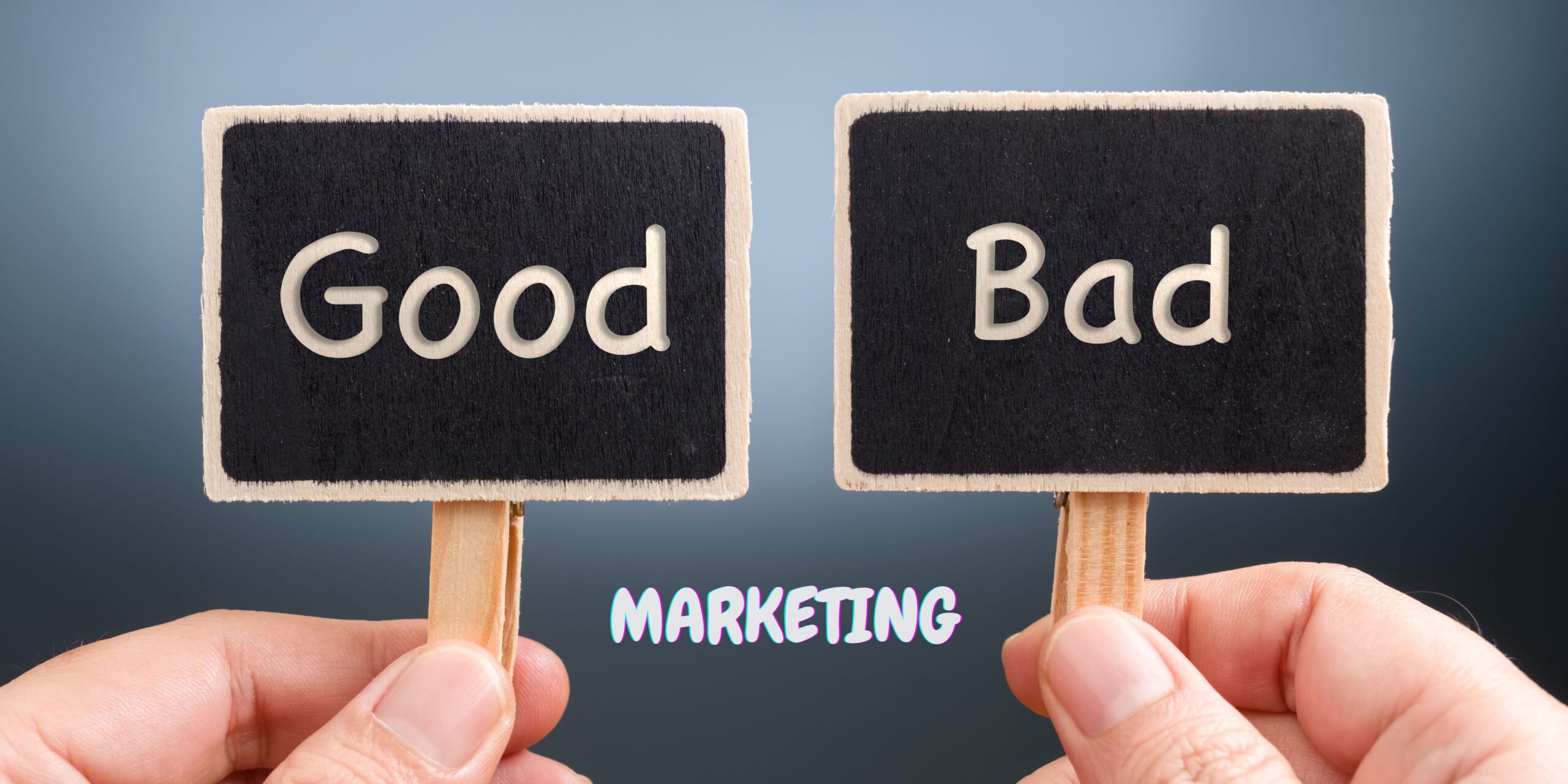
Good Email Marketer vs Bad Email Marketer



What is MMS and Why You Should Start Now


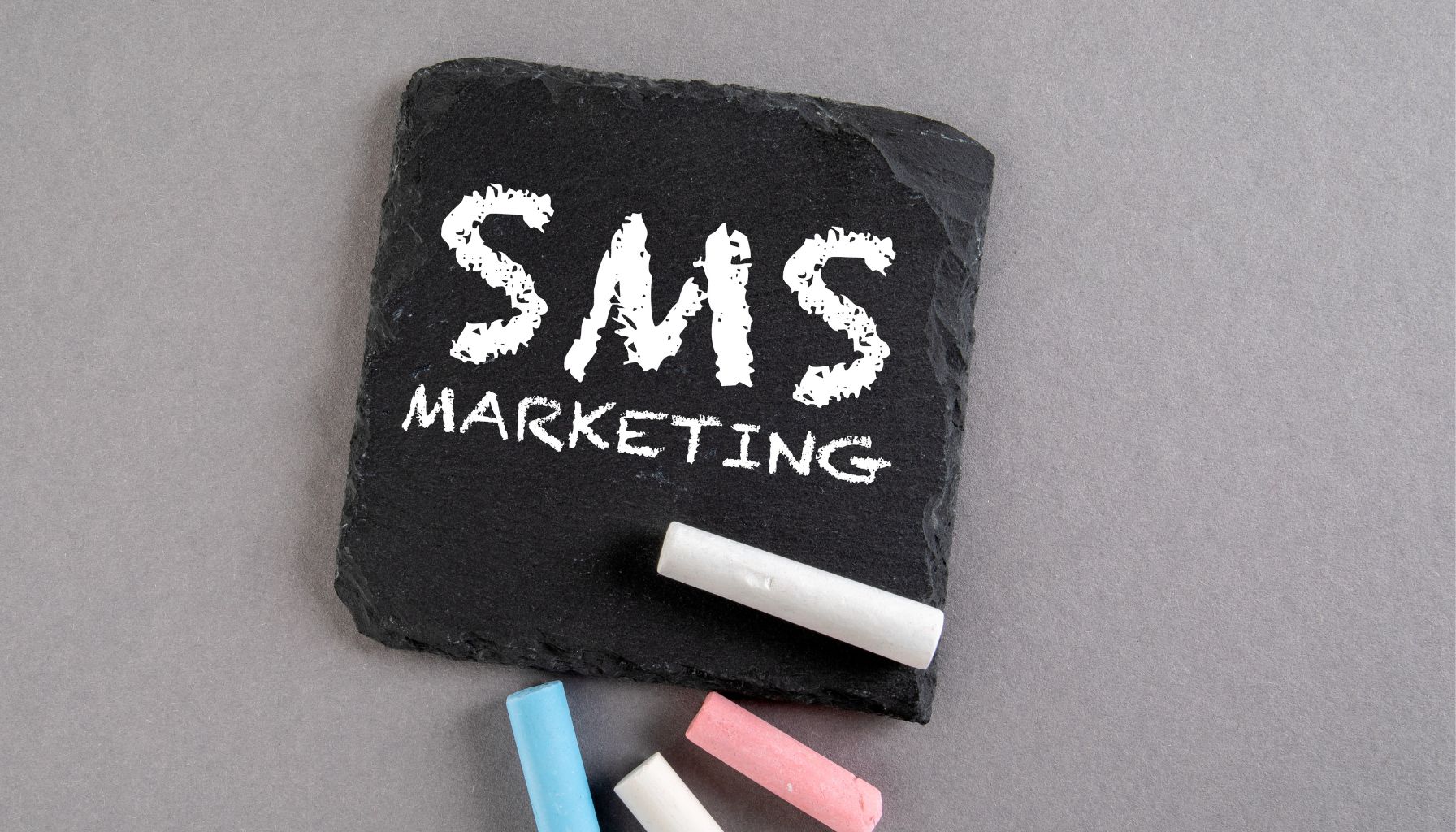
Why SMS is the Marketing Channel of the Future


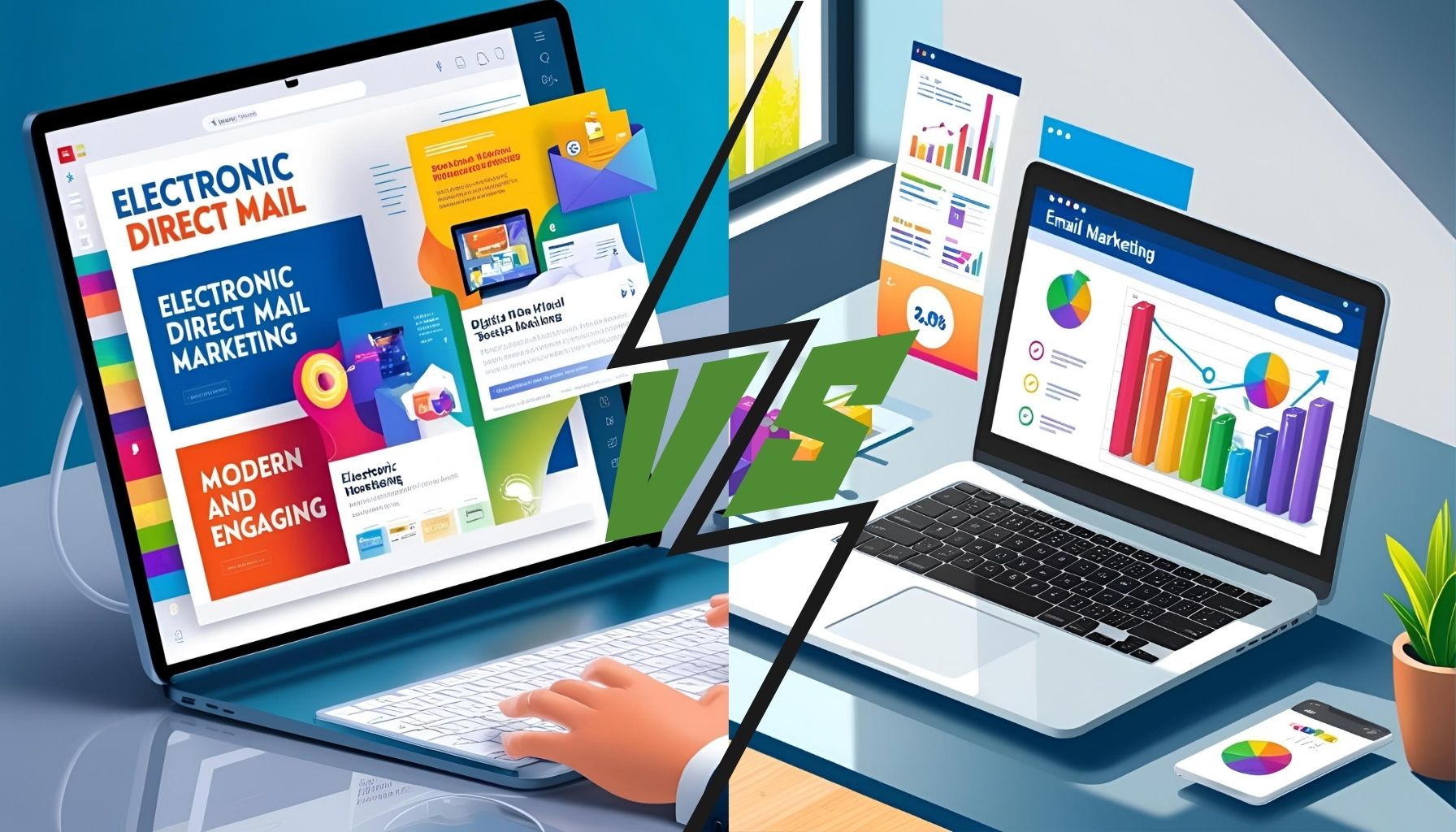
EDM Marketing vs Email Marketing: What’s the Difference?


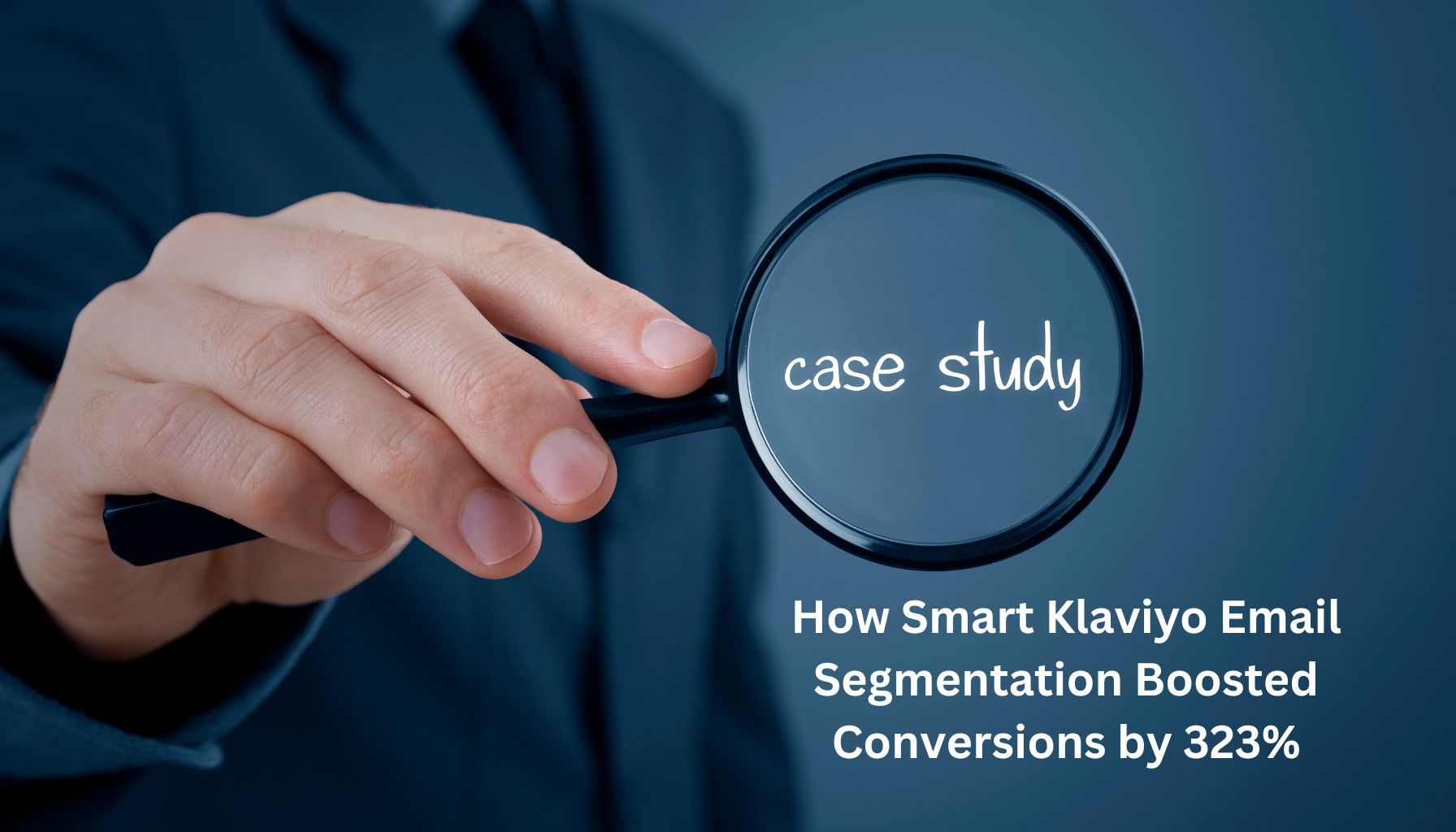
Case Study: How Smart Klaviyo Email Segmentation Boosted Conversions by 323%


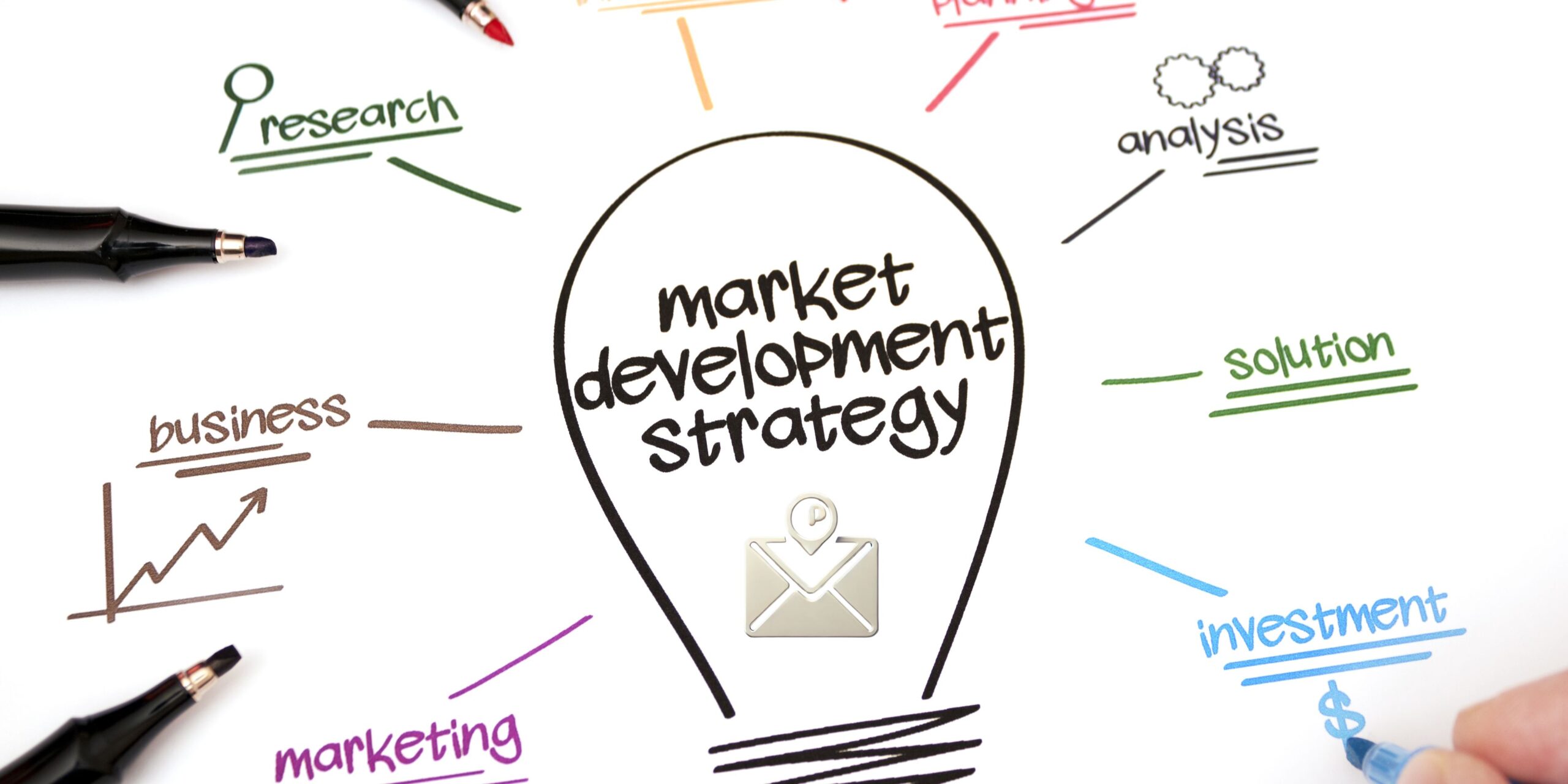
6 Marketing Strategies to Future-Proof Your Marketing


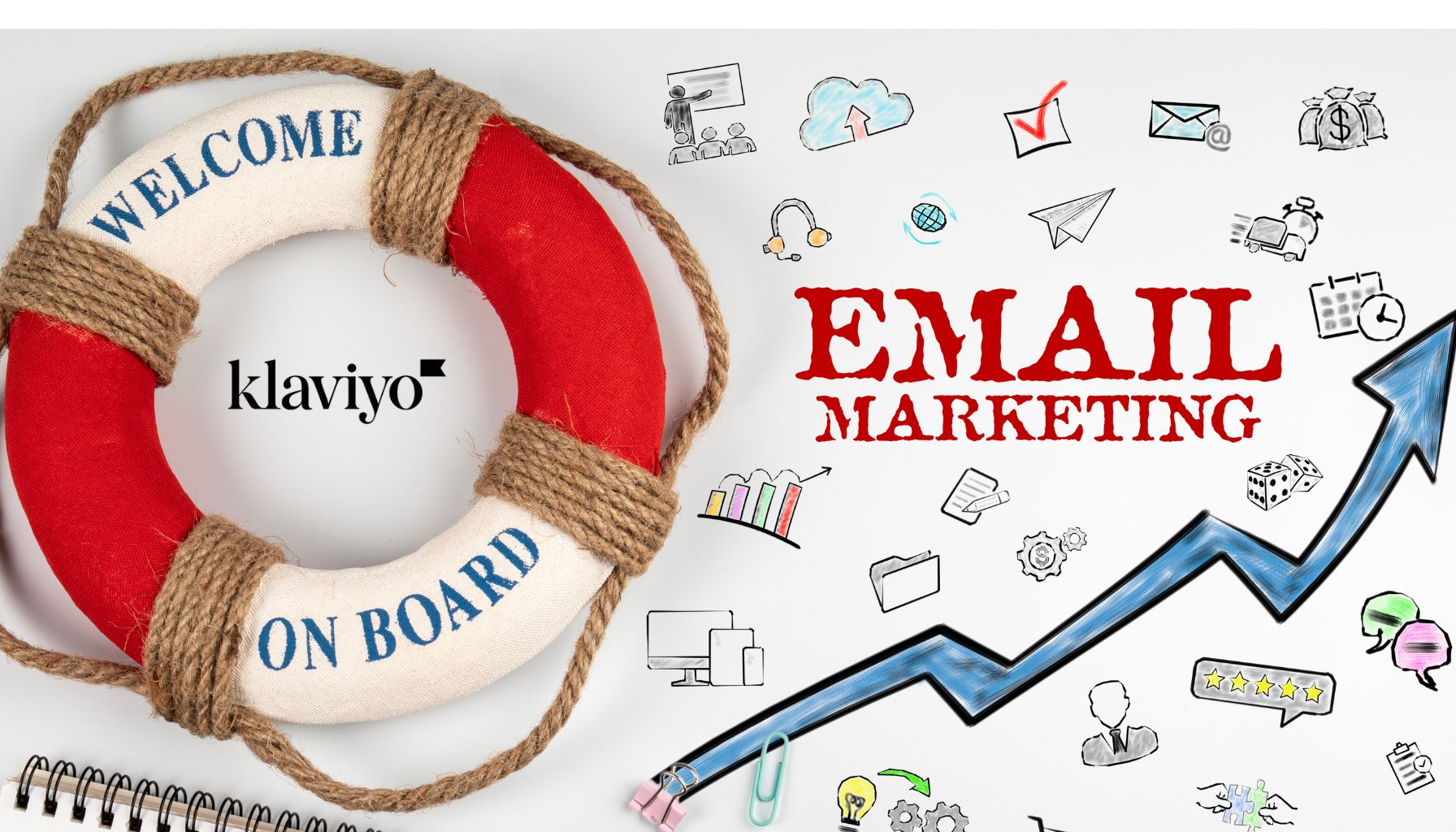
Mastering Klaviyo Email Design: 11 Tips That Actually Work


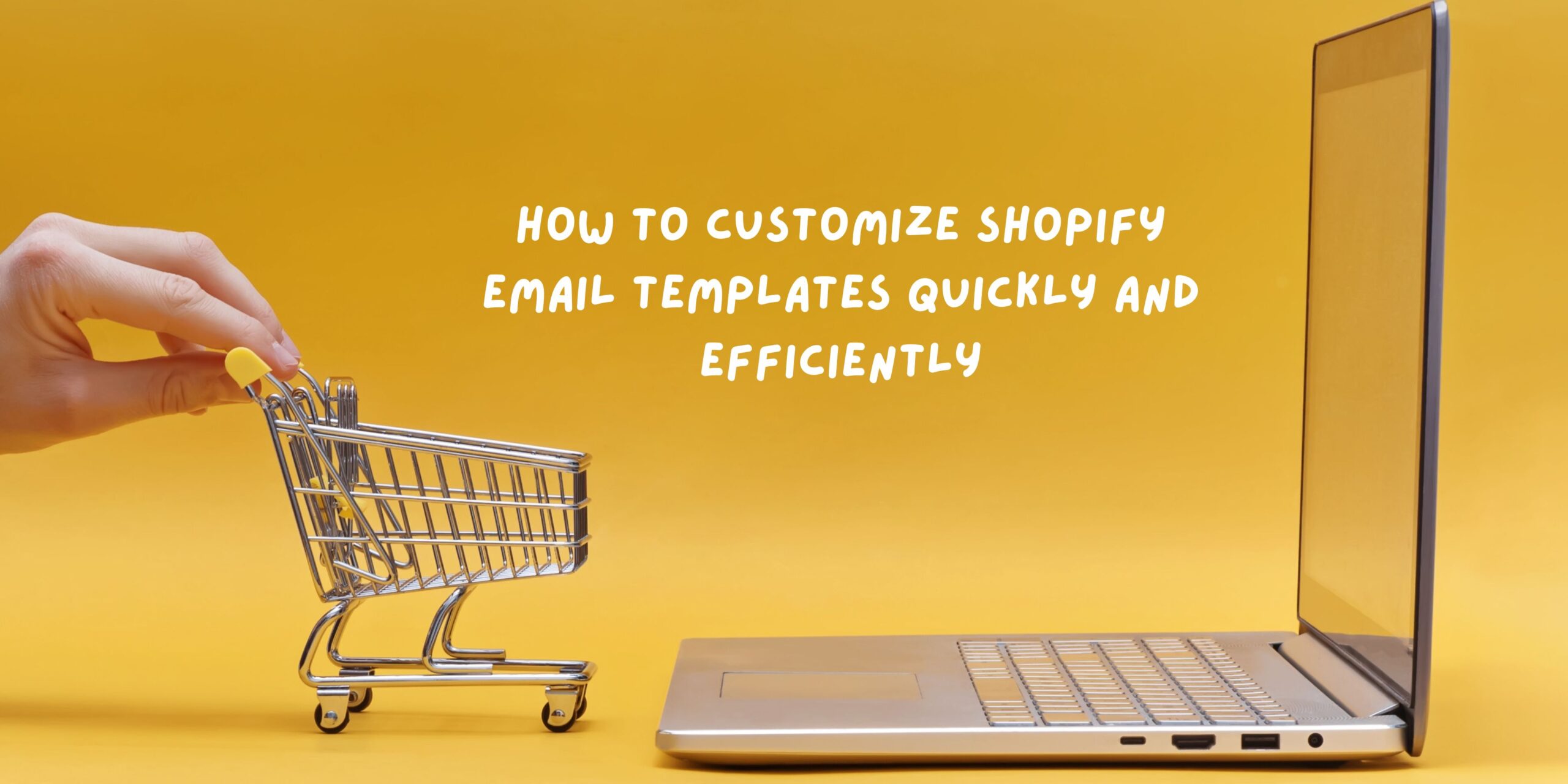
How to Customize Shopify Email Templates Quickly and Efficiently


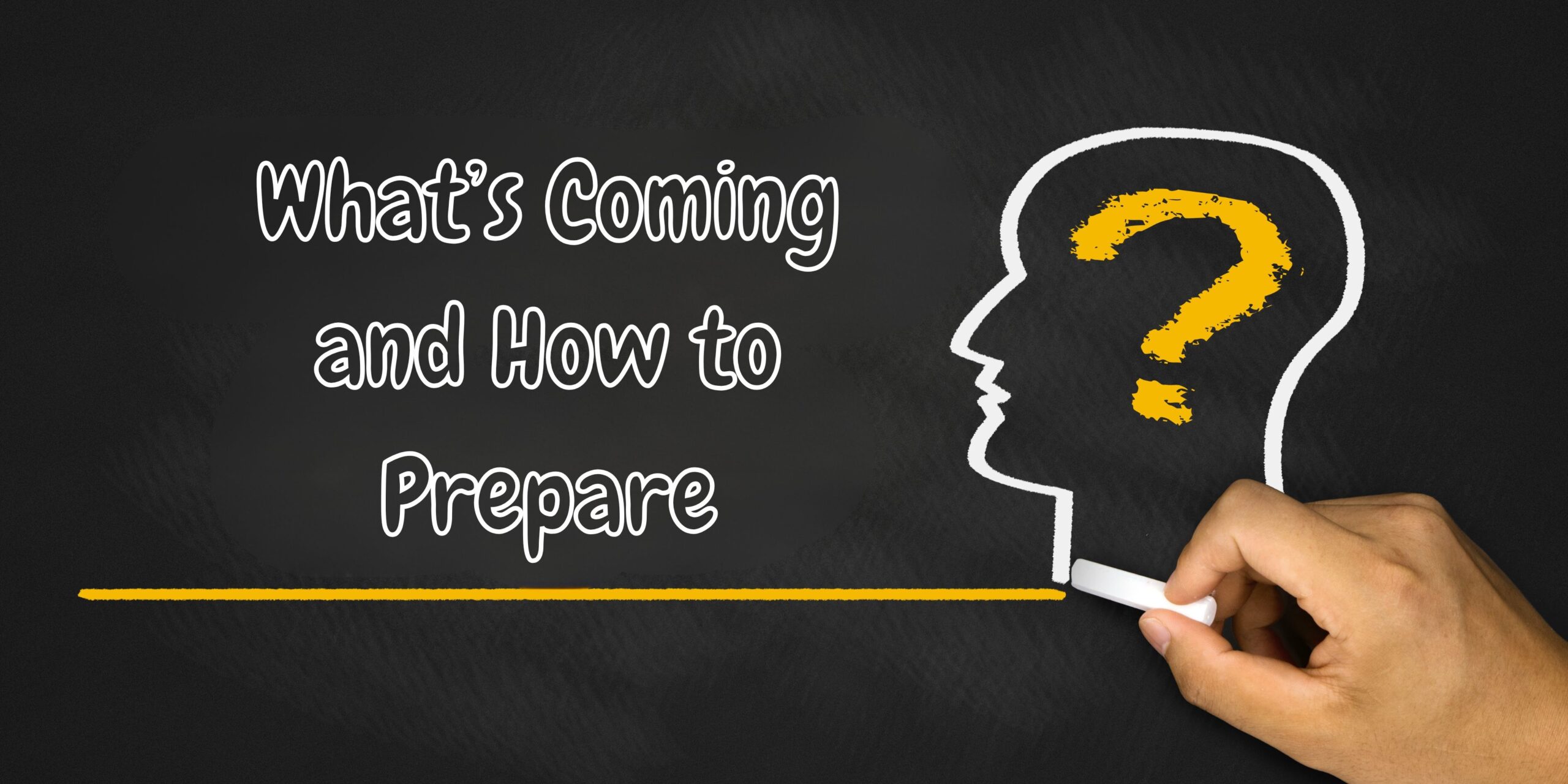
The Next Frontier of E-Commerce: What’s Coming and How to Prepare



Three Steps to Increasing Your Marketing Email Open Rates


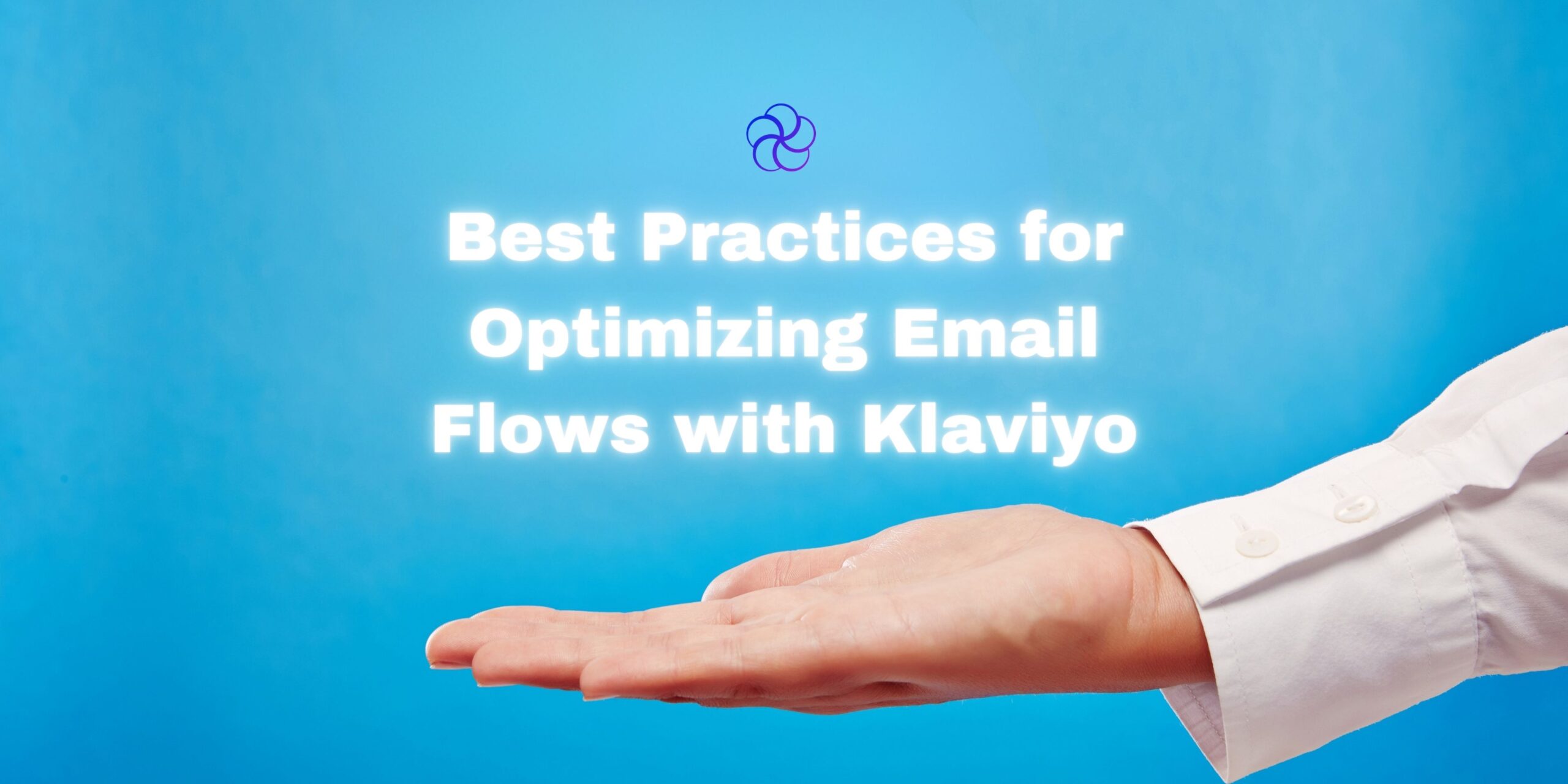
Best Practices for Optimizing Email Flows with Klaviyo



Email Marketing ROI: The Most Reliable Revenue Engine You’re Not Fully Using


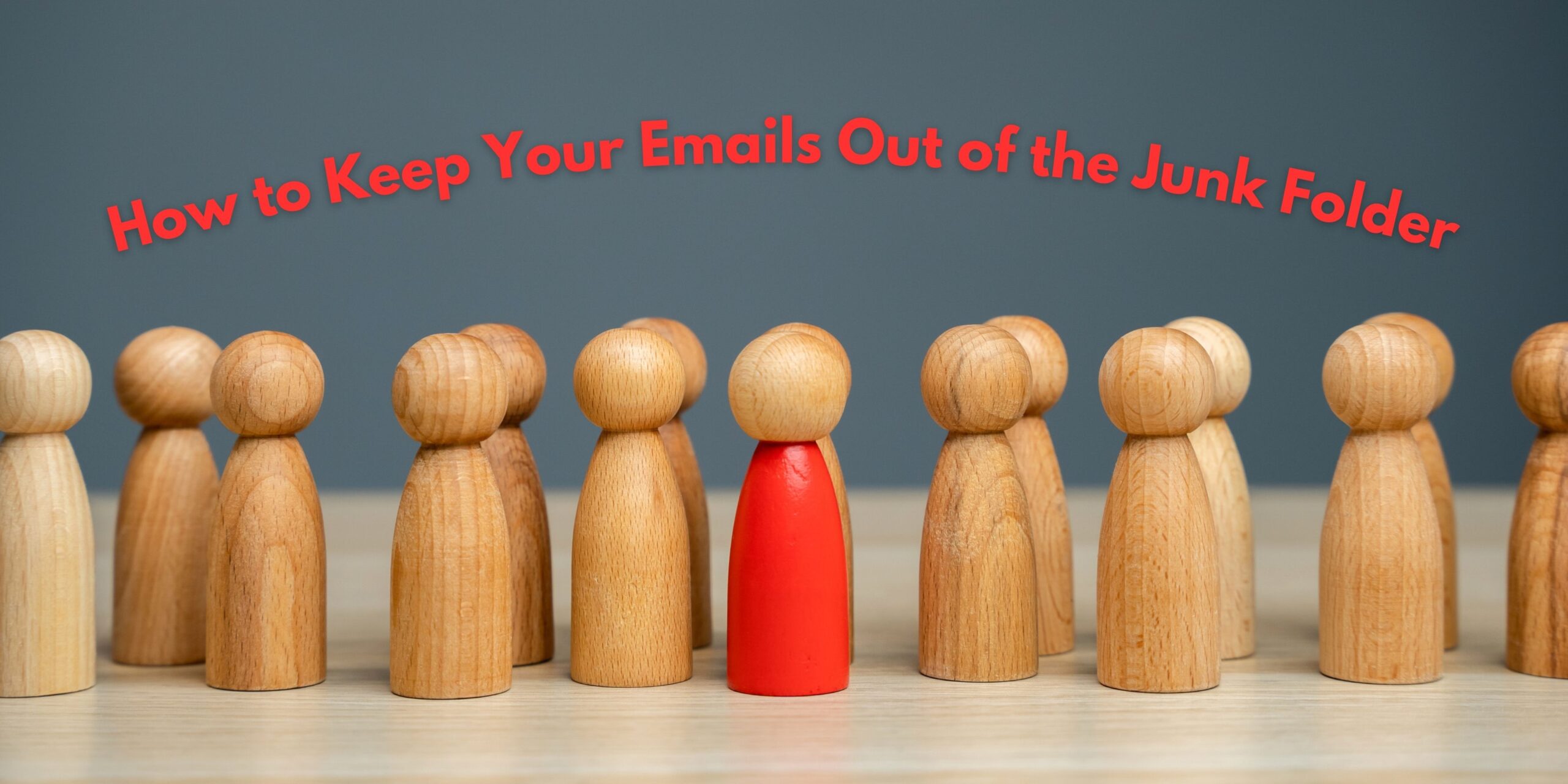
Conquering the Gmail Inbox: How to Keep Your Emails Out of the Junk Folder




Not Sure Where to Start?
Let's find the biggest retention opportunities in your business. Get a free Klaviyo audit or retention consultation.



